|

HOME |
ABOUT | INDEX |
NEWS |
FACEBOOK |
CONTACT
DIVERSITY
Multiculturalism | Inclusion | Equity | Difference
Celebrating Diversity
Giving each other
space to grow
"We inhabit a universe that is characterized
by diversity."
-Desmond Tutu
"We are all tied together in a single
garment of destiny. I can never be what I
ought to be until you are allowed to be what
you ought to be."
-Martin Luther King Jr.
"We need diversity of thought in the world
to face the new challenges."
-Tim Berners Lee
"What we have to do is to find a way to celebrate our
diversity and debate our differences without fracturing
our communities."
-Hillary Clinton
"We need to give each other the space to grow, to be
ourselves, to exercise our diversity. We need to give
each other space so that we may both give and receive
such beautiful things as ideas, openness, dignity, joy,
healing, and inclusion."
-Max de Pree
"It is time for parents to teach young people early on
that in diversity there is beauty and there is
strength."
-Maya Angelou
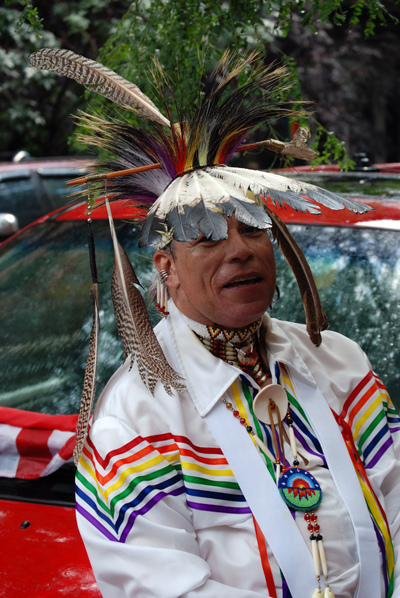
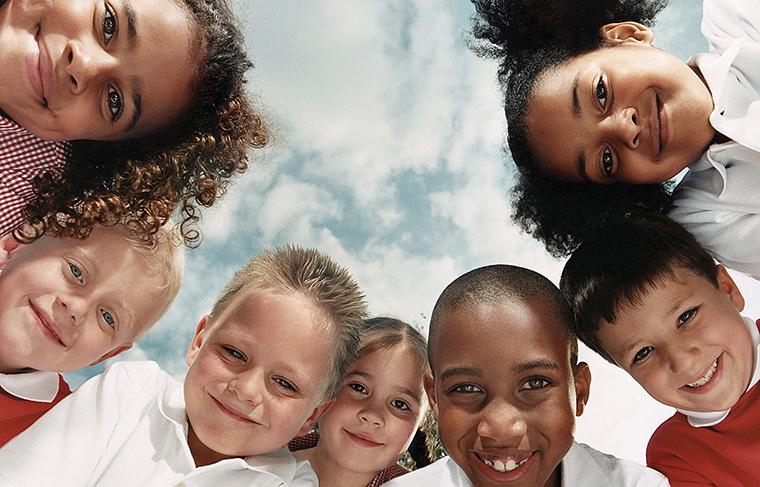
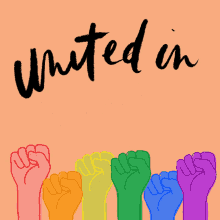
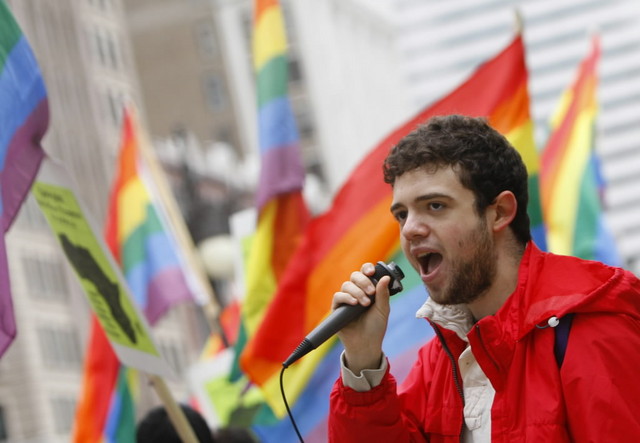
Cutting Out DEI
Something Wrong in the Village
Bring the World Together
Immigrants: An Important Perspective
Modern Family: Celebrate Your Heritage
I Will:
Empowering Performance by Unity
Love Has No Labels
Boy George on Diversity
Pete Buttigieg Explains the Purpose of
DEI
Imagine by Pentatonix
What the World Needs Now is Love Sweet Love
Info: Our Shared Humanity
Preschool Twins Fighting Discrimination
Universal Declaration of Human Rights
What Makes You Two Different From Each
Other
Good
Morning Humanity
Open Your World
"If we cannot now end our differences, at least we can
help make the world safe for diversity."
-John F. Kennedy
"For as long as the power of America's diversity is
diminished by acts of discrimination and violence
against people just because they are black, Hispanic,
Asian, Jewish, Muslim or gay, we still must overcome."
-Ron Kind
"Tolerance is giving to every other human being every
right that you claim for yourself."
-Robert Green Ingersoll
"Our job is to love others without stopping to inquire
whether or not they are worthy. That is not our business
and, in fact, it's nobody's business. What we are asked
to do is to love, and this love itself will render both
ourselves and our neighbors worthy."
-Thomas Merton
"Tolerance implies no lack of commitment to one's own
beliefs. Rather it condemns the oppression or
persecution of others."
-John F. Kennedy
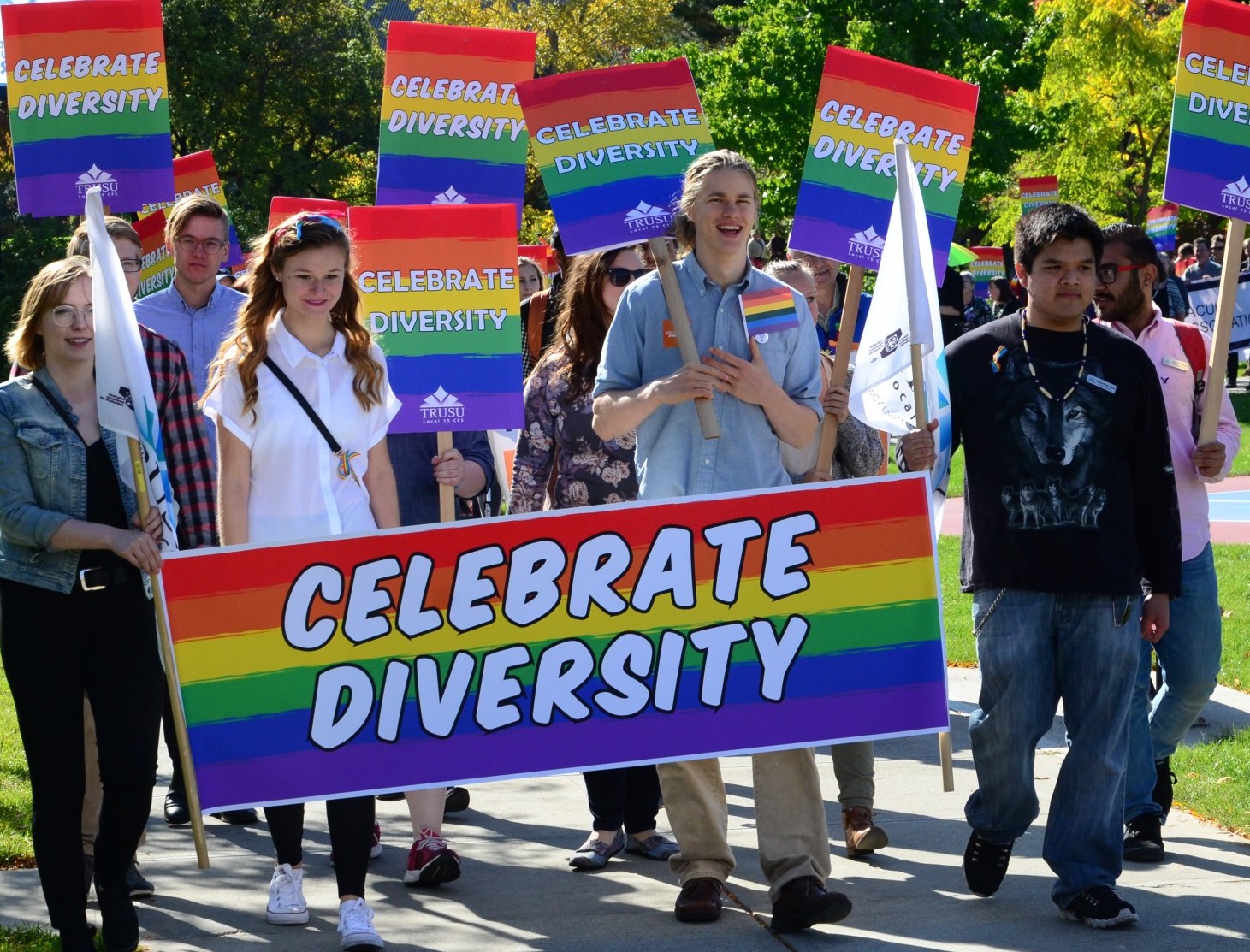
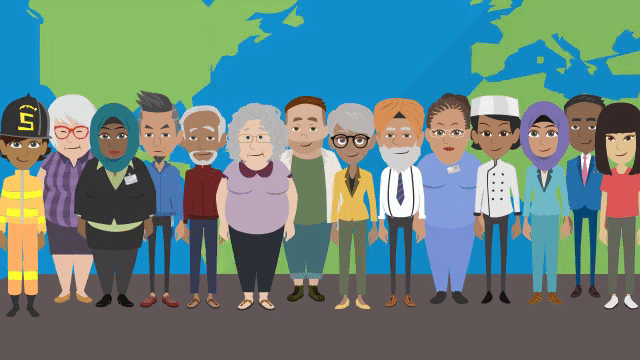
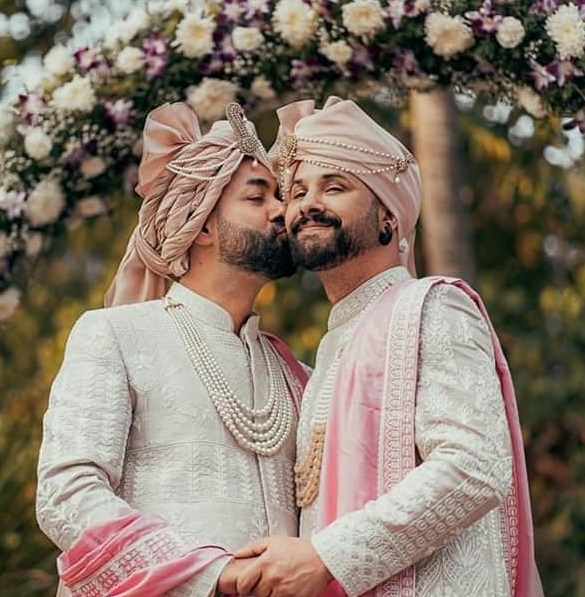
Happy People Dancing
Around the World
I Am a Work of Art
A Child's World is Pure
UN Free and Equal: Be You
Pete Buttigieg Explains
the Purpose of DEI
Sexier in Black
I
Will: Empowering Performance by Unity
Frozen Movie Soundtrack in 25 Languages
Faces: Can You See Past the Label?
Imagine: Pass It On
Happy: Multicultural Music Video
Speaking Up for Inclusion
Defining a Diversity and Inclusion Messaging Strategy
Workplace 2020: All Types
of Diversity
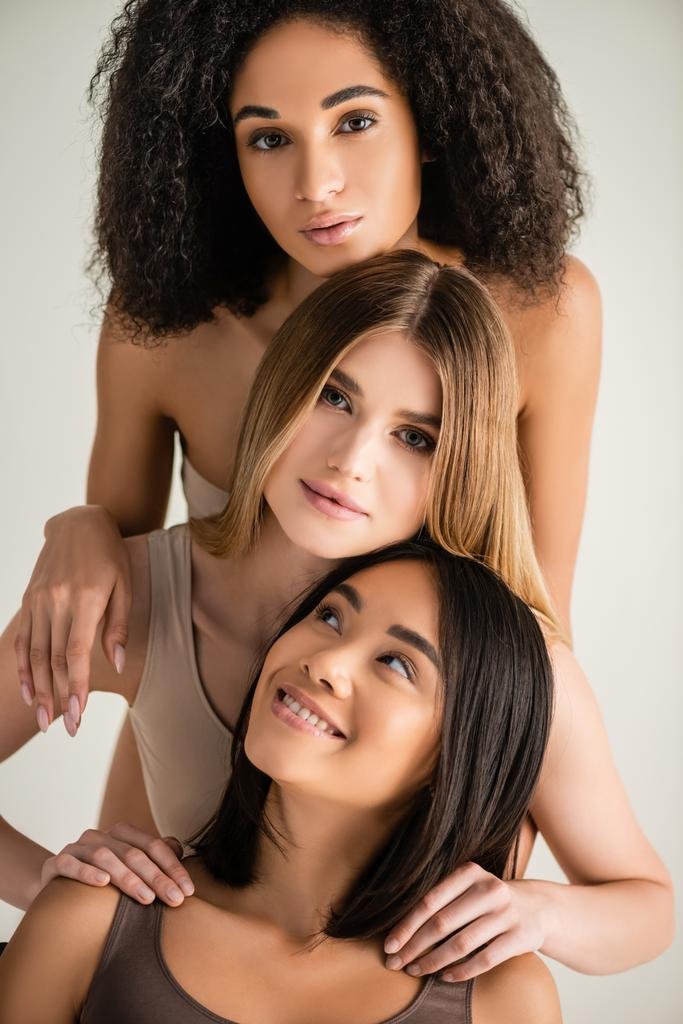
Teach Me to Dance
Frozen II: International Voices of Elsa
Something Wrong in the Village
Bring the World Together
Human Rights Covenants: Social, Cultural, Political
What the World Needs Now
Harry Belafonte: Earth
Song
4-Year-Olds Insist
They’re Twins: Same Birthday
and the Same Soul
Kissing Around the World
United: Playing for Change
Sia: Together
Celebrating the Spirit of the Season
Types of
Diversity
Factors
That Impact Identity
How are we
different from each other? In what ways do we
look, think, and behave differently? What types of
diversity exist in our society? There are many
factors that impact our identity and our world view.
Some diverse characteristics are visible, some are not.
Some features are controllable, some are not. Some are
innate, some are acquired. Some types of diversity
are internal, some types are external.
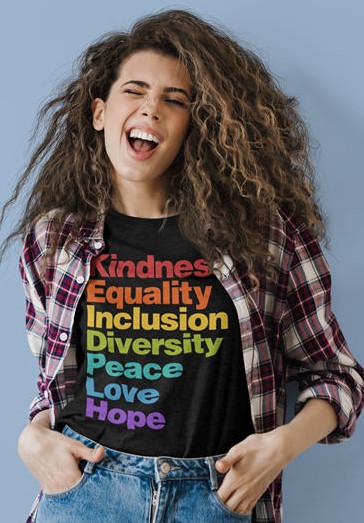
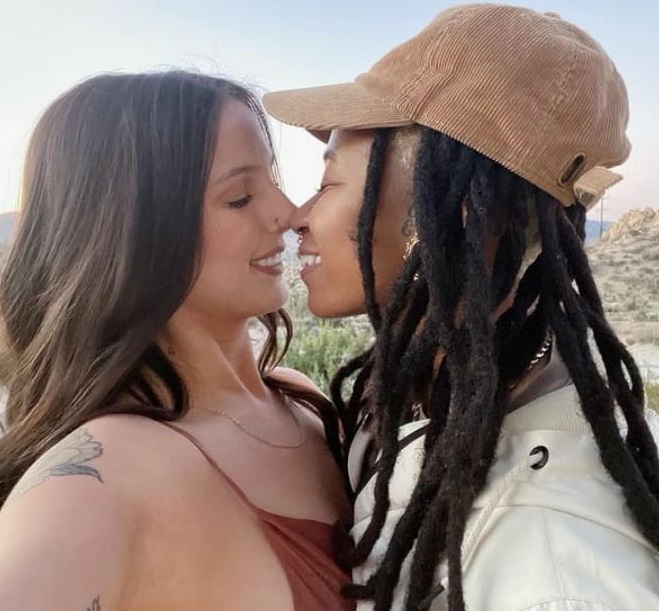

One Love:
Playing for Change
Pete Buttigieg Explains the Purpose of DEI
Speaking Up for LGBTQ Inclusion
Cutting Out DEI
I Will:
Empowering Performance by Unity
Immigrants: An Important Perspective
Improve Diversity and Inclusion in the Workplace
Happy People Dancing Around the World
2012
Superhero Diversity in
Comic Books
A
Child's World is Pure
Boy
George on Diversity
Diversity One
Internal
diversity is represented by those factors a person is
born into. They are things that are innate, naturally
occurring, and generally unchangeable. These
characteristics are not chosen or controllable.
So, internal diversity relates to things that belong to
or exist within the person.
Race...
Ethnicity... Nationality... Culture...
Sex...
Gender... Sexual Orientation... Gender Identity...
Age...
Physical Ability... Mental Ability
External
diversity is represented by characteristics a person is
not born with. These factors are selected, acquired,
adopted, or developed. These are things that are
changeable or controllable. And they may be
related to things that are the result of outside
influence or control.
Interests... Education... Appearance... Citizenship...
Work Status...
Geographic Location... Family Status...
Spirituality/Religion... Political Affiliation...
Relationship Status... Socioeconomics Status... Place of
Birth... Experiences
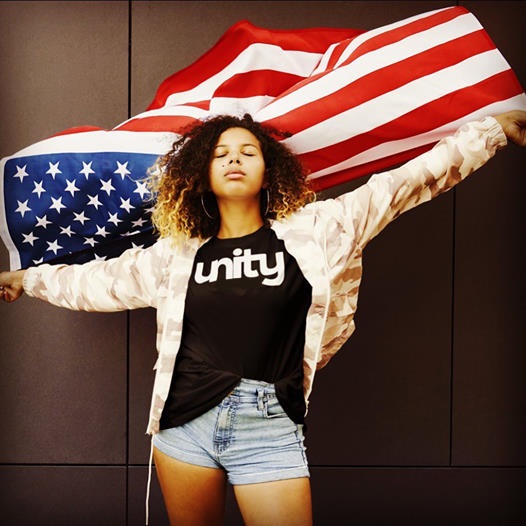
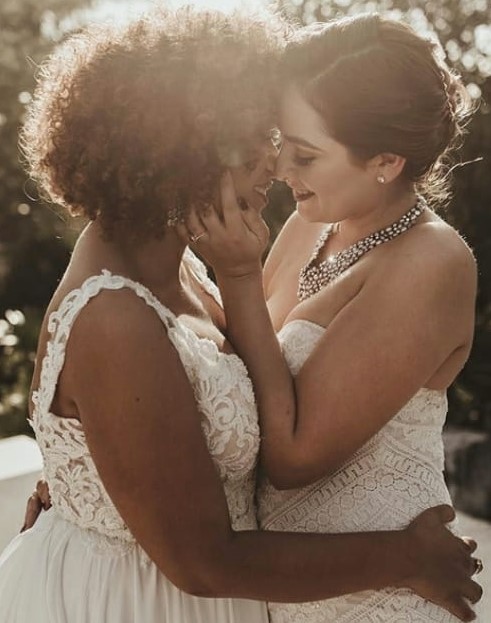
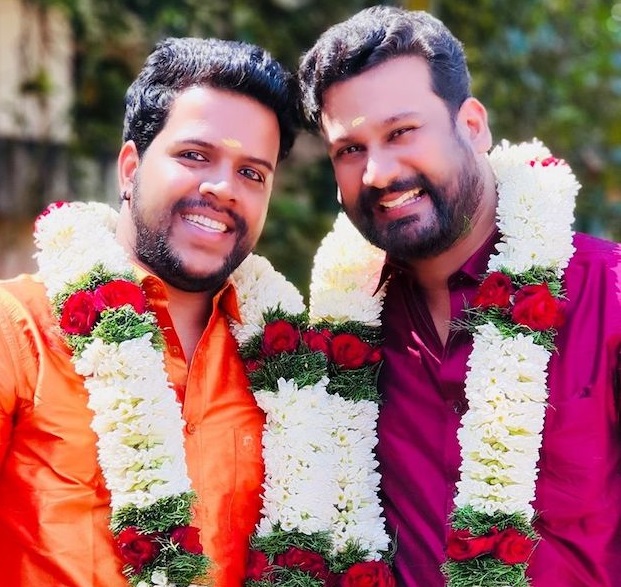
Teach Me Your Favorite Dance Move 1
UN Free and Equal: Voices for Equality (Seun Kuti)
Black Guy & White Girlfriend
in Harlem Barber Shop
What I Be:
Insecurities and Images
LGBTQ Rights: Human Rights Leaders Speak Out
Bring the World Together
Different Kinds of Families
Info: Our
Shared Humanity
UN
Human Rights: The Riddle
Imagine: World Version
Sexier in Black
The Concept of
Diversity
Safe,
Positive, Nurturing Environment
The
concept of diversity encompasses acceptance and respect.
It means understanding that each individual is unique,
and recognizing our individual differences. These can be
along the dimensions of race, ethnicity, gender,
gender identity, gender expression, sexual orientation,
socio-economic status, age, physical abilities,
religious beliefs, political beliefs, or other
ideologies. It is the exploration of these differences
in a safe, positive, and nurturing environment. It is
about understanding each other and moving beyond simple
tolerance to embracing and celebrating the
rich dimensions of diversity contained within each
individual.
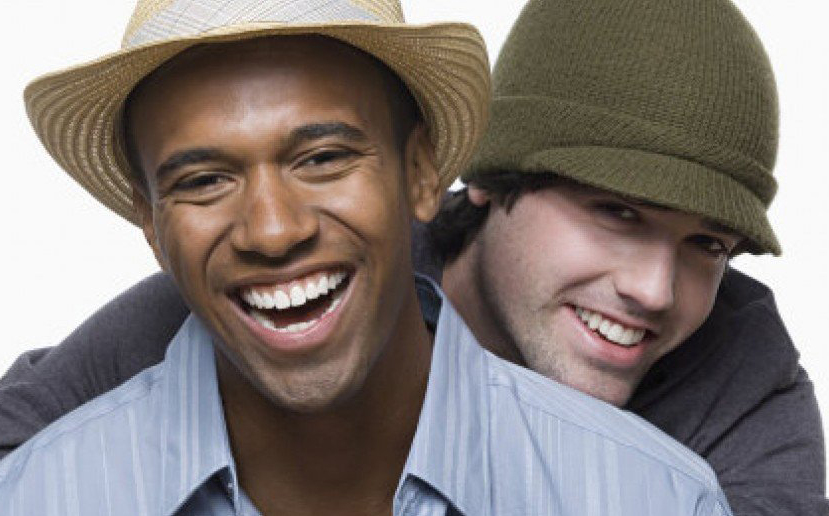
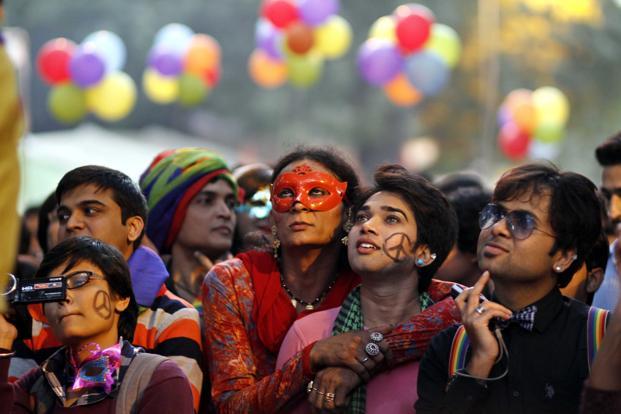
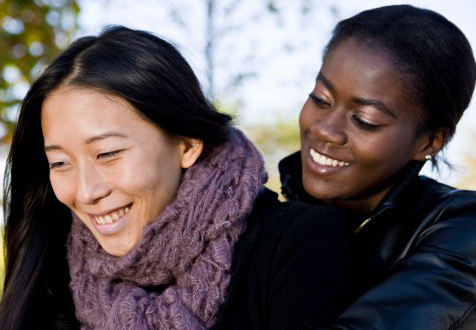
New LGBTQ Workplace Has Arrived
Forbes:
Diversity and Inclusion
Pete Buttigieg
Explains the Purpose of DEI
Something Wrong
in the Village
4-Year-Olds
Insist They’re Twins: Same Birthday and Same
Soul
Diversity is Useless Without Inclusivity
Beauty in Every Corner of
the World
A
Child's World is Pure
UN Free and Equal: Price of Exclusion
I Will:
Empowering Performance by Unity
Teach Me to Dance
Defining
Diversity, Equality, and Inclusion
Diversity
In broad terms, diversity is any dimension that can be
used to differentiate groups and people from one
another. It means respect for and appreciation of
differences in race, ethnicity, gender, age, national
origin, disability, sexual orientation, gender identity,
education, and religion. But it’s more than this. We all
bring with us diverse perspectives, work experiences,
life styles and cultures.
Equality
Equality is about ensuring that every individual has
an equal access to opportunities to make the most of
their lives and talents. It means being equal in
status and rights. It is also the belief that no
one should have poorer life chances because of the way
they were born, where they come from, what they believe,
or whether they have a disability. It means ensuring
individuals or groups are not treated differently or
less favorably, on the basis of their specific
characteristics, including race, gender, disability,
religion, sexual orientation, gender identity, and age.
Inclusion
Inclusion is a state of being welcomed,
valued, respected and supported. It’s about focusing on
the needs of every individual and ensuring the right
conditions are in place for each person to achieve his
or her full potential. Inclusion involves respecting
individual differences and capturing the advantages they
provide. Inclusion should be reflected in an
organization’s culture, practices and relationships that
are in place to support a diverse workforce.

Lean on Me: Playing for
Change
Kids Around the World:
Being a Boy or Girl
McKinsey & Company:
Diversity and Inclusion
America Ferrera: My Identity is My
Superpower
New LGBTQ Workplace Has Arrived
Faces: Can You See Past the Label?
Imagine: Pass It
On
Immigrants: An Important
Perspective
Trends in Diversity and Inclusion
Info: Our
Shared Humanity
Fans of Love: Love
Has No Labels
Boy George on Diversity
"Leaders
have long recognized that a diverse workforce of women,
people of color, and LGBTQ individuals confers a
competitive edge in terms of selling products or
services to diverse end users. Yet a stark gap persists
between recognizing the leadership behaviors that unlock
this capability and actually practicing them. Part of
the problem is that diversity and inclusion
are so often lumped together that they’re assumed to be
the same thing. But that’s just not the case. In the
context of the workplace, diversity equals
representation. Without inclusion, however, the crucial
connections that attract diverse talent, encourage their
participation, foster innovation, and lead to business
growth won’t happen."
-Laura Sherbin & Ripa Rashid, Harvard Business Review
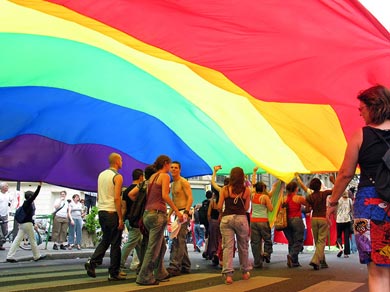
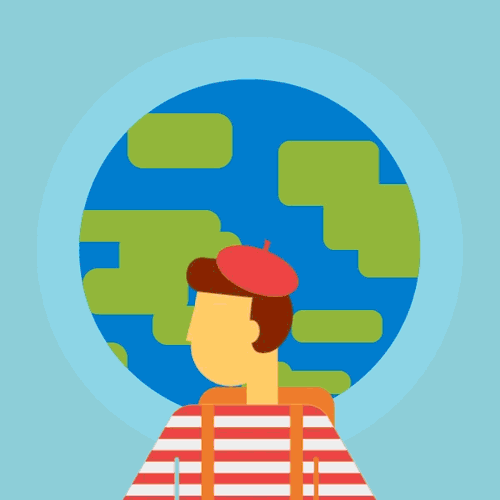
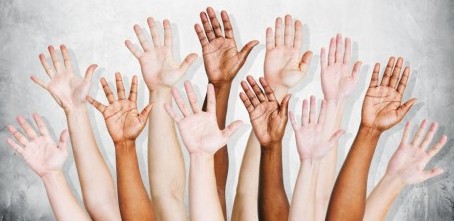
"It' is
not inclusion if you invite people into a space you are
unwilling to change."
-Muna Abdi
"Over the
past decade, organizations have worked hard to create
diversity within their workforce. Diversity can bring
many organizational benefits, including greater customer
satisfaction, better market position, successful
decision-making, an enhanced ability to reach strategic
goals, improved organizational outcomes, and a stronger
bottom line. However, while many organizations are
better about creating diversity, many have not yet
figured out how to make the environment inclusive—that
is, create an atmosphere in which all people feel valued
and respected and have access to the same opportunities.
That’s a problem. Minority employees want to experience
the same sense of belonging that the majority does to
the group."
-Christine Riordan, Harvard Business Review
“Diversity
is being invited to the party. Inclusion is being asked
to dance.”
-Verna
Myers, Diversity Advocate
Different: Joan Jett and Miley Cyrus
What Makes You Two Different From Each Other
UN
Free and Equal: Be You
LGBTQ: Feeling Different, Feeling Alone
How to Deal With Being Different
Twin Teens: One Black One White Celebrate Differences
I Grew Up Knowing I Was Different: Being LGBTQ
Being the Odd One Out: Survival Tips on Being Different
We
Are All Equal
Workplace 2020: All Types
of Diversity
Same Love: Different Types of Families
Exploring and Celebrating
Differences
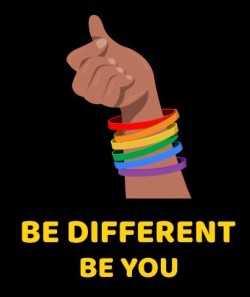
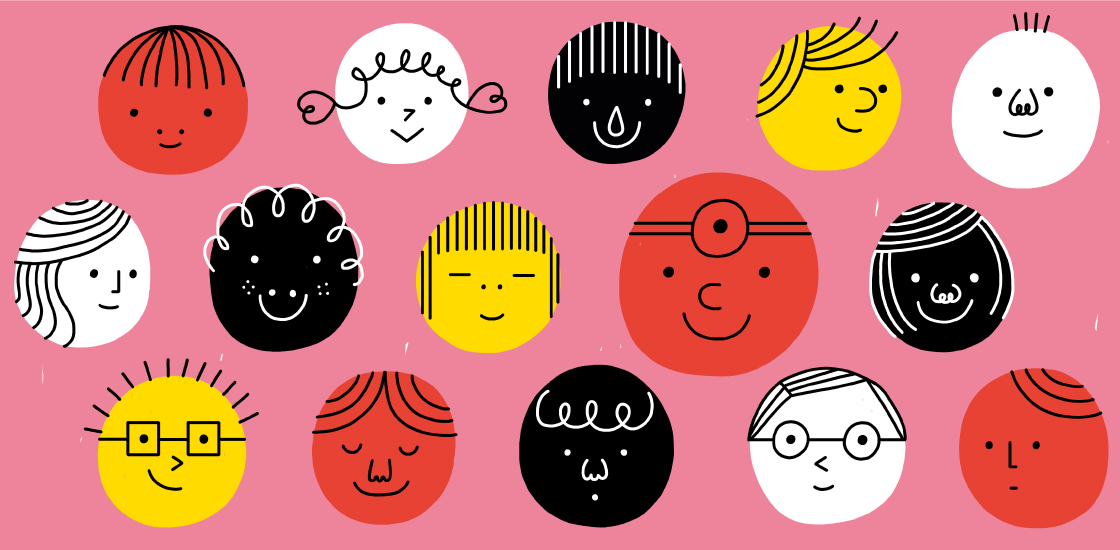
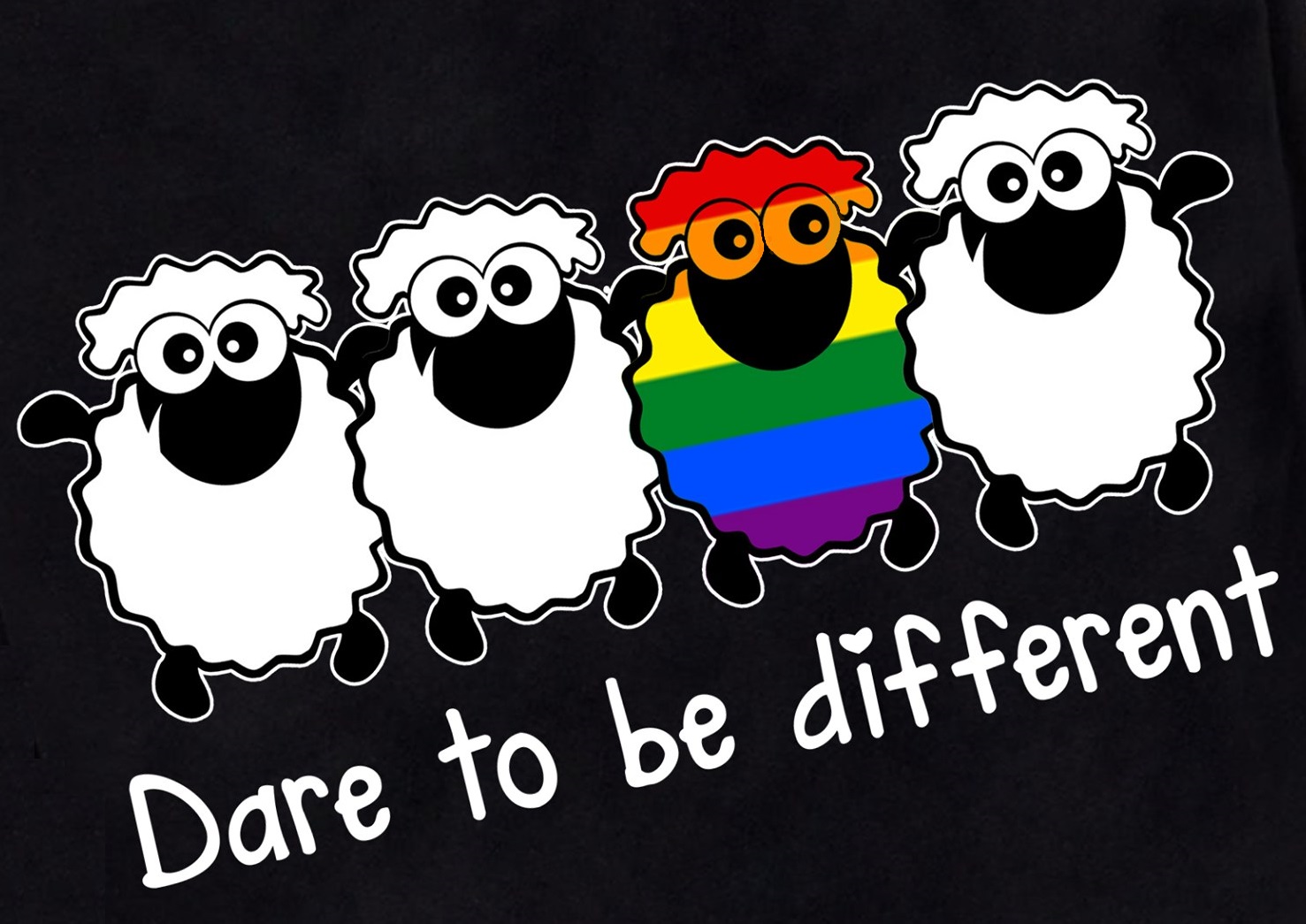
Embracing
Difference
Freedom to
Be Different
People are
not all the same. We don't all look the same, act the
same, have the same abilities, or have the same religion
or values. Some people can walk, see, talk, and hear
easily, while others need help with these things or have
different ways of doing them. In order to deal with
being different you can embrace your distinctive
qualities, build positive social relationships, and cope
healthily.
"If you’re
always trying to be normal, you will never know how
amazing you can be."
-Maya
Angelou
"Freedom means nothing, unless it means the freedom to
be different."
-Marty
Rubin
"Stop hiding what makes you different and learn to
embrace every part of who you are!"
-Amanda
Foust
"He who is authentic assumes the responsibility to be
what he is, and recognizes himself free to be what he
is."
-Jean Paul
Sartre
"To be yourself in a world that is constantly trying to
make you something else is the greatest accomplishment."
-Ralph
Waldo Emerson
"I think the reward for conformity is that everyone
likes you except yourself."
-Rita Mae
Brown
"The person who follows the crowd will usually go no
further than the crowd. The person who walks alone is
likely to find himself in places no one has ever seen."
-Albert
Einstein
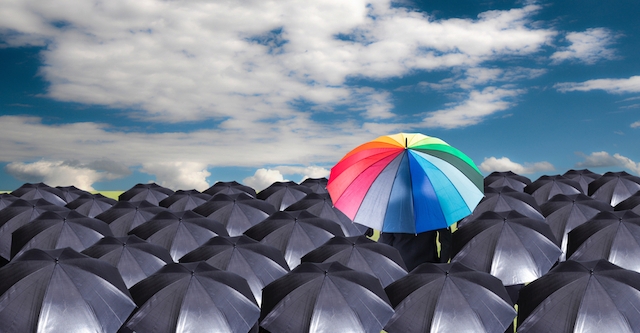
Different: Joan Jett and Miley Cyrus
What Makes You Two Different From Each Other
The Good News About Being Different
Pete Buttigieg Explains the Purpose of
DEI
LGBTQ: Feeling Different, Feeling Alone
How to Deal With Being Different
Something Wrong in the Village
I Grew Up Knowing I Was Different: Being LGBTQ
Being the Odd One Out: Survival Tips on Being Different
Exploring and Celebrating
Differences
Twin Teens: One Black One White Celebrate Differences
Monica and Nikki: Mexican Indian Wedding
Be Yourself (Bee Girl): No Rain by Blind
Melon
Being Different
New Ideas,
Perspectives, and Actions
We're all
different, but we conform to a norm that honestly
doesn't come naturally to any of us. No one is born with
the abilities to meet the world's expectation of
“normal,” so we spend our days conforming to a checklist
or explaining ourselves over and over in hopes others
will be able to make sense of our differences. But what
if we embraced what makes us different?
Being different helps you make a difference. Your
differences stand out, and the world needs them. New
ideas, perspectives, and actions are required if you
want to positively impact the world! Progress will never
be made if you're just like everyone else. How can YOU
make a difference?

I Will:
Empowering Performance by Unity
Greetings Around the World
Imagine: Pass It
On
Strangers Are Friends You
Haven't Met Yet
Modern Love
Teach Me to Dance
Lean on
Me: Playing for Change
Forbes: Diversity and Inclusion
Boy George on Diversity
Diversity in the
Workplace: Global Intercultural Fluency
Imagine: Pass It On
A
Child's World is Pure
Relationships don't always require having things in
common. Do you feel as though you have to put on an act
to make or keep friends? Maybe you need a reminder that
friendships require much more than having things in
common. In fact, it's said that opposites attract! Your
differences can compliment each other, and you don't
have to worry about being in competition. In some cases,
your differences may positively push each other outside
of your comfort zones! How can you embrace your
differences in your friendships?
You can use your differences to teach other people. What
you try to hide or cover up could be the very thing
another person wants to learn! Instead of making excuses
for your differences, explain and teach others about
them! This will help you connect with others and learn
to love every part of yourself. What could you teach
others about your differences?
Successful people are different people. Individuals who
are successful typically pave their way because of their
differences and willingness to take risks. The
mega-successful don’t play by the rules. They don’t
conform to all of society’s norms. They don’t follow
what everyone else is doing. They do their own things –-
in their own ways. They make decisions that work for
them. They set goals for where they want to go. They
think out of the box firstly because they aren’t
standard issue, and can’t fit into the regular
packaging… but mostly because they like to. How can you
use your differences to earn success?
[Source: Amanda Foust, Daily Positive]
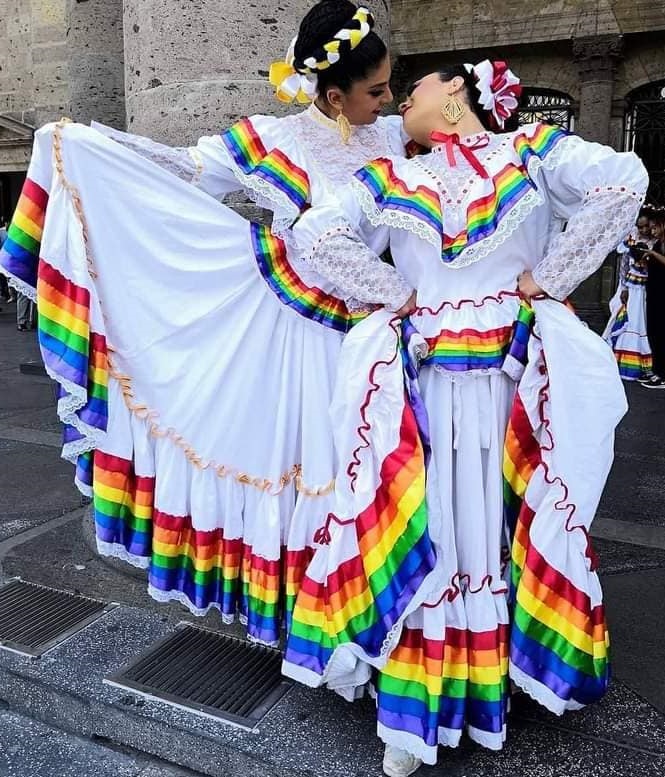
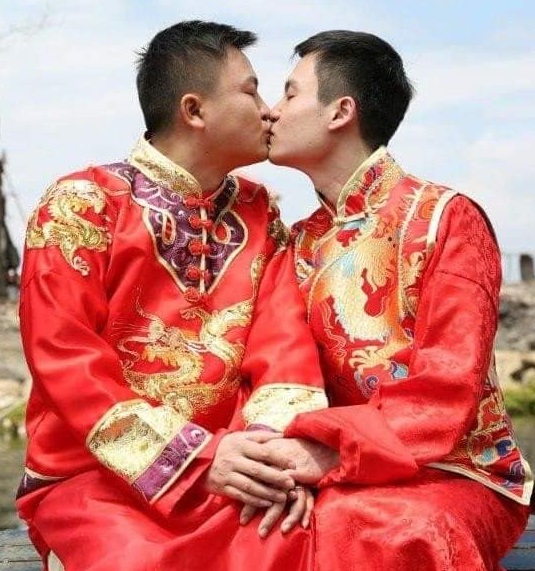
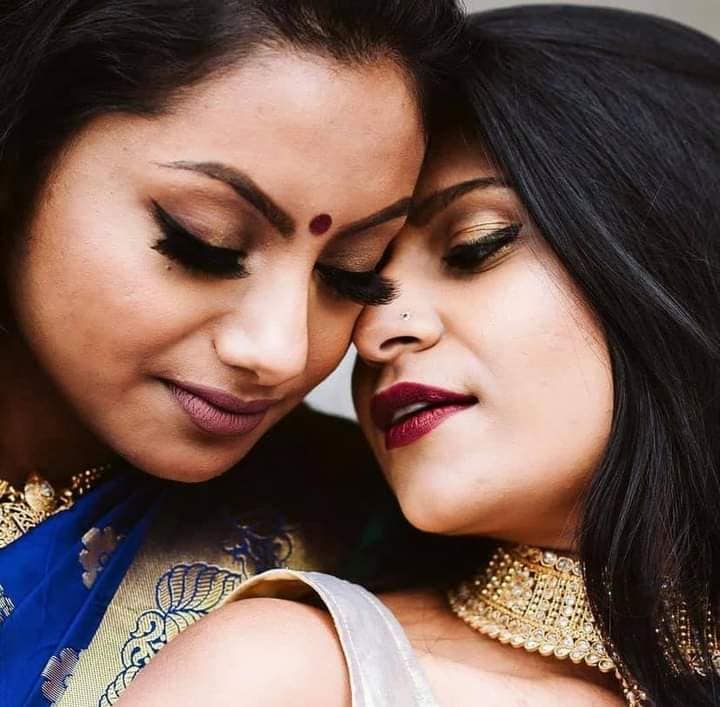
Different: Joan Jett and Miley Cyrus
What Makes You Two Different From Each Other
Workplace 2020: All Types
of Diversity
When You Don't Fit in: The Value of Being Different
The Good News About Being Different
Racial Beginners
Being LGBTQ: Perceptions of Society
Same Love: Different Types of Families
Reasons to Embrace Being Different
Feeling Different: Dealing With LGBTQ Issues
We
Are All Equal
What I Be:
Insecurities and Images
Exploring and Celebrating
Differences
Understanding
the Diversity Within the LGBTQ Community
Personal journey of learning and growth
As an
individual from Africa residing in the United States, my
journey of understanding diversity within the LGBTQ
community has been shaped by my unique cultural
background, personal experiences, and interactions with
diverse communities. I want to share my
perspective on how I have come to understand and
appreciate the diversity within the queer community in
the United States.
Cultural Shift and Openness: In all the seventeen years
that was spent in Africa, I never had any idea about the
topic of diversity nor the meaning of LGBTQ until I came
to America. Coming from a cultural context in Africa
where discussions around LGBTQ identities and
experiences are often taboo, my understanding of LGBTQ
diversity in America began with a cultural shift. I
witnessed a more open and accepting environment where
LGBTQ individuals could openly express their identities.
This exposure challenged preconceived notions and
allowed me to approach the topic with an open mind.
Exposure to Varied Identities: Through interactions with
LGBTQ individuals from different backgrounds, I have
learned about various labels, such as gay, lesbian,
bisexual, transgender, and non-binary, among others.
This exposure has expanded my understanding of the
diversity that exists within the community,
acknowledging that no single identity can summarize the
entirety of the community's experiences.
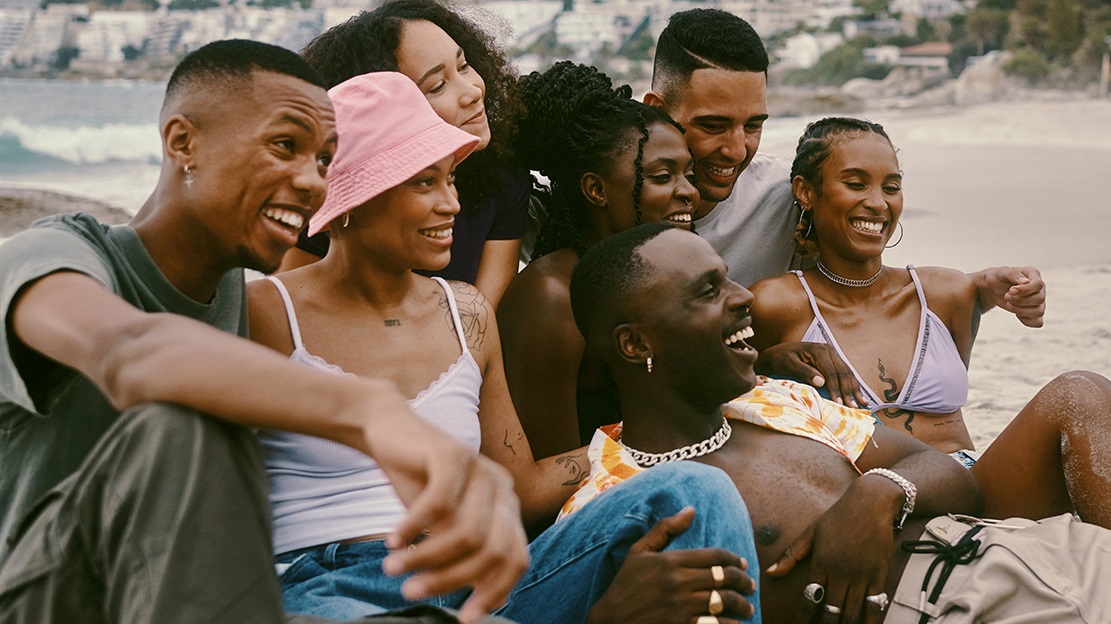
Cutting Out DEI
Something Wrong in the Village
Sexier in Black
Info: Our Shared Humanity
Bring the World Together
Immigrants: An Important Perspective
Orchestra Musicians
Worldwide: Tribute to Coronavirus Victims
Hope for the Future:
Trumpet Tribute From 14 Countries
You've Got a Friend: Worldwide Cast
Info:
Black Lives Matter
Lockdown Waltz: 75 People, 11 Countries, 3
Continents
You'll Never Walk Alone:
Virtual Choir, 15 Countries, 300 People
Educators: When It Comes
to Diversity/Equity/Inclusion, We Can't Be Silent
Photo Gallery: Beauty Around the World
America Ferrera: My Identity is My
Superpower
Pete Buttigieg Explains the Purpose of
DEI
What World Needs Now
Intersectionality and Multifaceted Experiences:
Understanding diversity within the LGBTQ community in
America has been deepened by recognizing the
intersectionality of identities. Intersections of race,
ethnicity, gender, and socio-economic backgrounds
contribute to varied experiences within the community.
Recognizing this intersectionality has allowed me to
appreciate the unique challenges faced by individuals
who belong to marginalized communities, fostering a more
inclusive and nuanced understanding.
Awareness of Advocacy Efforts: Being in America has
exposed me to a vibrant LGBTQ advocacy movement. By
witnessing the tireless efforts of activists and
organizations, I have gained a deeper appreciation for
the importance of understanding and supporting diversity
year-round.
Dialogue and Empathy: Engaging in conversations with
LGBTQ individuals, attending support groups, and
participating in LGBTQ events have provided
opportunities for dialogue and the cultivation of
empathy. This engagement has encouraged me to be a
supportive ally and challenge discriminatory attitudes
or behaviors.
My understanding of LGBTQ diversity in America is a
continuous journey of learning and growth. Recognizing
that my cultural background may influence my
perspectives, I actively seek diverse sources of
information, engage in critical thinking, and remain
open to new insights. This ongoing process of learning
helps me navigate the complexities of LGBTQ diversity
with cultural sensitivity and respect. This journey has
fostered a greater appreciation for the diversity that
exists within the LGBTQ community. It has inspired me to
support equality, challenge prejudice, and promote
inclusivity, both within the LGBTQ community and in
society at large. By embracing diversity, we can create
a world where every individual's unique identity is
celebrated and respected.
[Source: Jerusha Sagbeh, Prideletics, July 2023]
Study War No More
I Will:
Empowering Performance by Unity
Anti-War Protests in Solidarity With Ukraine Around the
World
Imagine by Julian Lennon
A
Child's World is Pure
Pete Buttigieg Explains the Purpose of
DEI
All Around the World by John Batiste, Keb Mo, Taj Mahal
Avett Brothers: This Land is Your Land
The Love: Joe Biden,
Jennifer Hudson, Black Eyed Peas
Ode to Joy: Socially Distant Orchestra
Lean on Me: Canadian Artists for the World
We
Are the World 2020: Together at Home
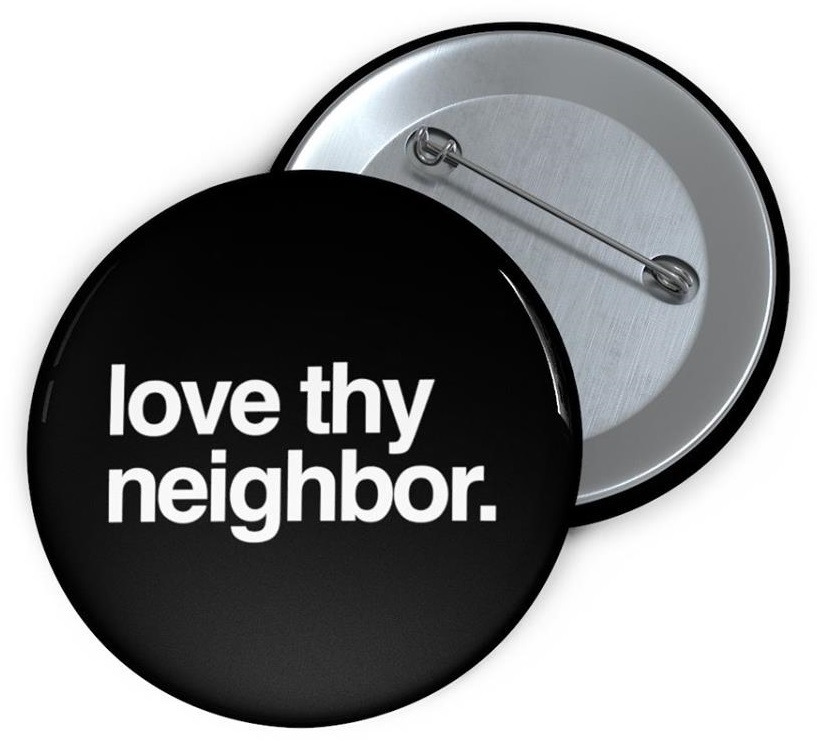
Love Thy
Neighbor
Thy
Homeless Neighbor
Thy Muslim
Neighbor
Thy Black
Neighbor
Thy Gay
Neighbor
Thy
Hispanic Neighbor
Thy
Liberal Neighbor
Thy Hindu
Neighbor
Thy
Elderly Neighbor
Thy Poor
Neighbor
Thy White
Neighbor
Thy Queer
Neighbor
Thy
Buddhist Neighbor
Thy Urban
Neighbor
 |
Thy Jewish
Neighbor
Thy Rural
Neighbor
Thy
Christian Neighbor
Thy Asian
Neighbor
Thy
Conservative Neighbor
Thy
Transgender Neighbor
Thy
Wealthy Neighbor
Thy
Atheist Neighbor
Thy
Non-Binary
Thy
Immigrant Neighbor
Thy
Lesbian Neighbor
Thy
Disabled Neighbor
Thy Arab
Neighbor
 |
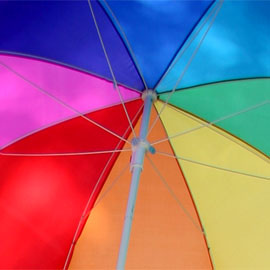
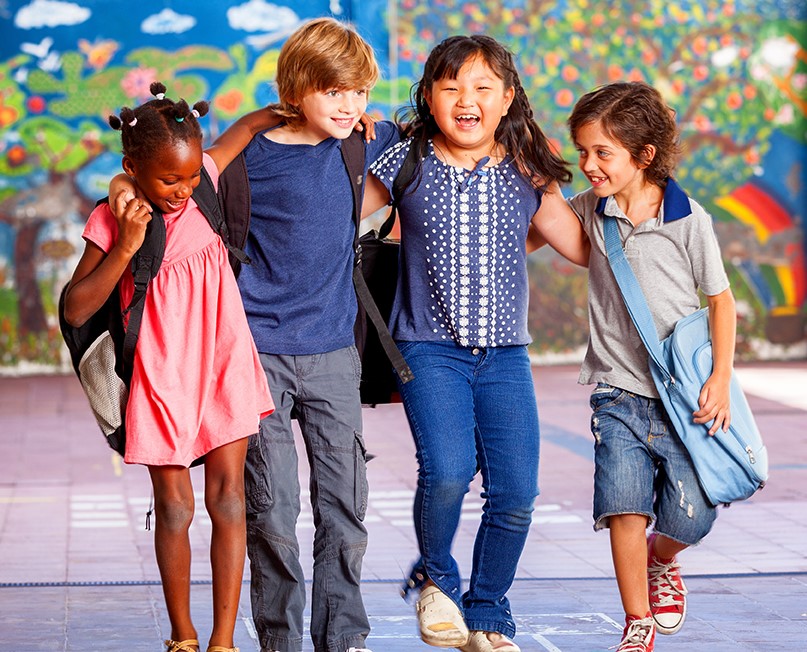
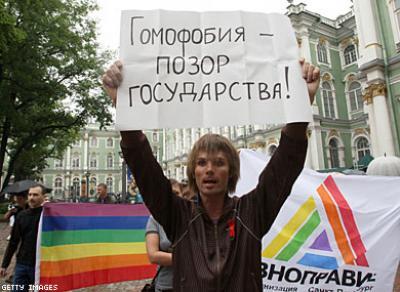
Imagine: World Version
Racial Beginners
Teach Me to Dance
Love is Love: Diversity and Inclusion
Boy George on Diversity
LGBTQ Voices: Learning
From Lived Experiences
Dance Diversity: Favorite Dance Moves
Open Your World
America Ferrera: My Identity is My
Superpower
Info: Hispanic|Latinx Persopective
Diversity is Useless Without Inclusivity
Cutting Out DEI
All Around the World by John Batiste, Keb Mo, Taj Mahal
I Will: Empowering
Performance by Unity
What is Family?
What is Culture?
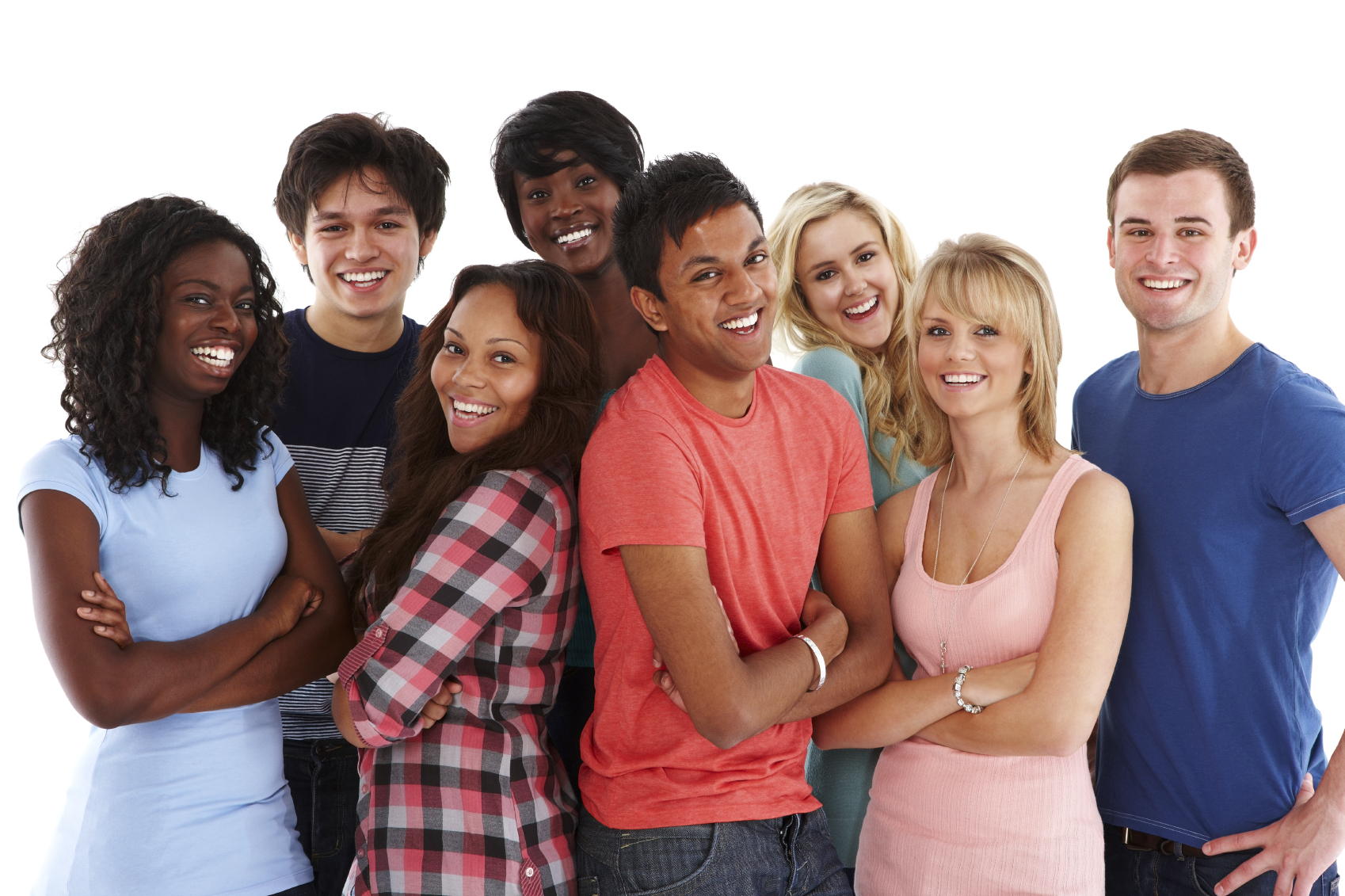
Open Your World
Harry Belafonte: Earth Song
4-Year-Olds Insist They’re Twins: Same Birthday and Same Soul
Around the World: Favorite Dance Moves
I
Think You’re Beautiful: Social Experiment
Teach Me Your Favorite Dance Move 2
Diversity: Differences Are Essential
LGBTQ Human Rights: Why They Matter
Beauty in Every Corner of
the World
Diverse Humanity: Photo
Project
Kids Around the World:
Being a Boy or Girl
Happy People Dancing Around the World
2006
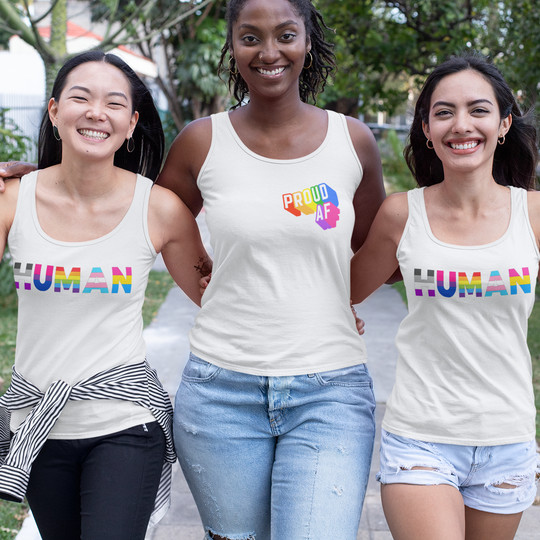
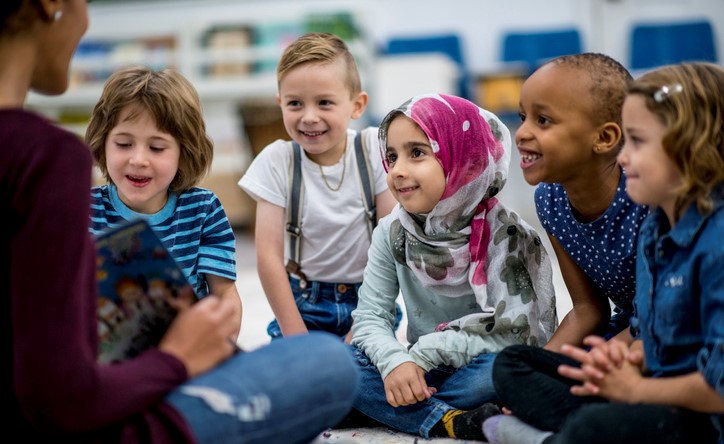
Embracing Diversity
The
Meaning and Importance of Multiculturalism
In an increasingly interconnected and globalized world,
the concept of multiculturalism has become not just a
buzzword but a guiding principle for societies aiming to
thrive in diversity. Multiculturalism is more than a
celebration of various cultural traditions; it is a
recognition of the richness that arises when people from
different backgrounds coexist, interact, and learn from
one another.
Multiculturalism is a social and political philosophy
that acknowledges and values the existence of diverse
cultural identities within a society. It recognizes that
a community is composed of individuals with distinct
ethnic, religious, linguistic, and social backgrounds.
Instead of promoting assimilation, multiculturalism
encourages the coexistence of these diverse identities,
fostering an environment where individuals can maintain
their cultural heritage while contributing to the larger
society.
Key Components of Multiculturalism
Respect for Diversity:
Multiculturalism emphasizes the importance of respecting
and appreciating differences. It promotes an atmosphere
where individuals are free to express their unique
identities without fear of discrimination or
marginalization.
Inclusivity:
An inclusive society is one that values the
participation and contribution of all its members,
regardless of their cultural background.
Multiculturalism actively seeks to break down barriers
and create equal opportunities for everyone.
Cultural Exchange:
Multicultural societies thrive on the exchange of ideas,
customs, and traditions. This cross-cultural
fertilization leads to a more vibrant and dynamic
community, fostering creativity and innovation.
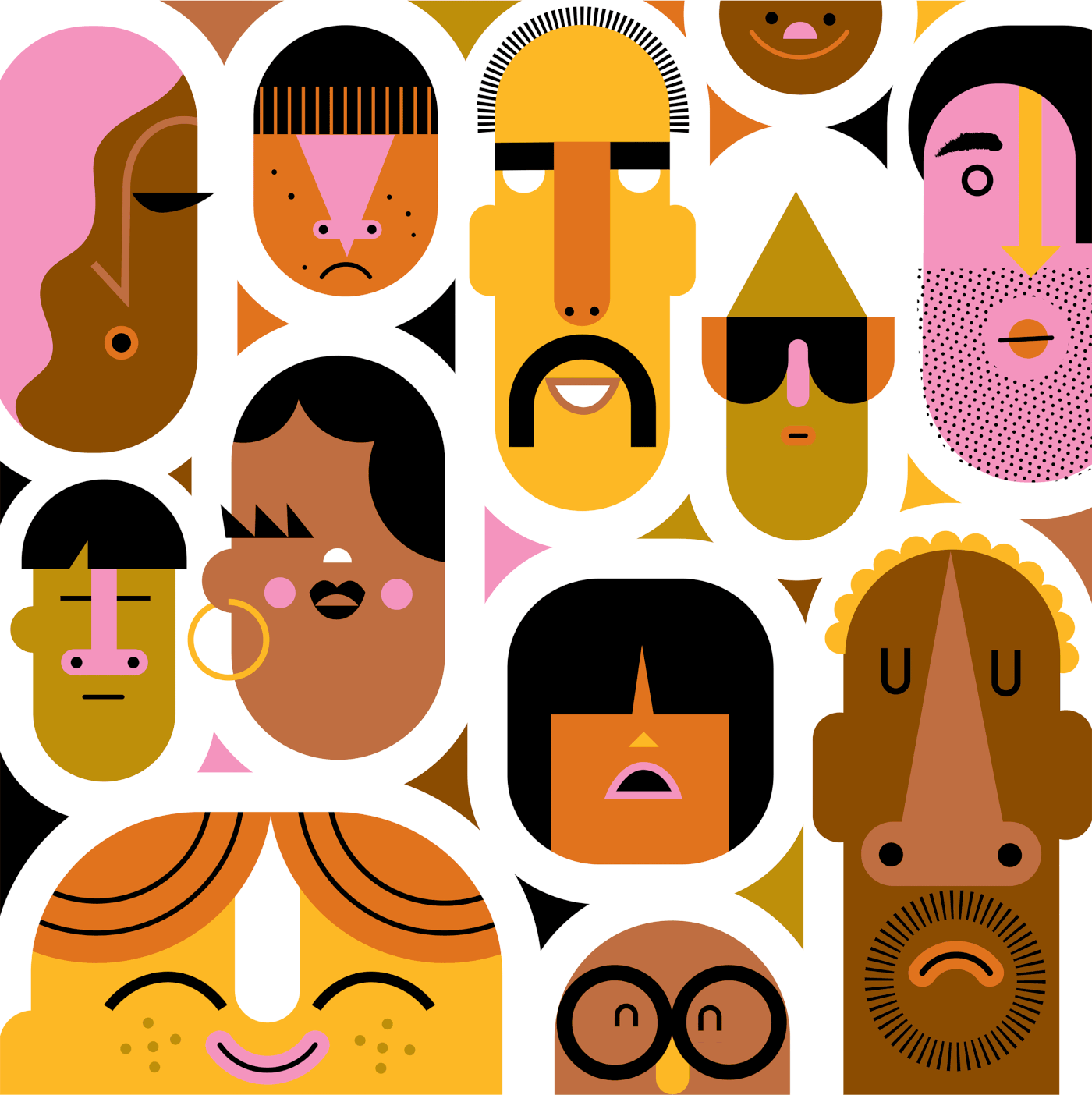
Importance of Multiculturalism
Social Harmony:
Multiculturalism plays a crucial role in building social
harmony by reducing prejudice and fostering
understanding among diverse communities. When people are
exposed to different cultures, stereotypes are
dismantled, leading to greater empathy and cooperation.
Economic Prosperity:
Diverse societies often benefit from a wide range of
skills, talents, and perspectives. Embracing
multiculturalism in the workplace, for example, can lead
to increased creativity, problem-solving, and a more
adaptable workforce, contributing to economic
prosperity.
Global Citizenship:
In a world where global challenges require collaborative
solutions, multiculturalism helps shape individuals into
global citizens. Exposure to different cultures promotes
a sense of shared humanity and a willingness to address
common issues on a global scale.
Cultural Enrichment:
A multicultural society is a tapestry of cultural
expressions. From art and music to cuisine and
literature, the diversity brought by multiculturalism
enriches the cultural fabric of a community, offering a
broader range of experiences and perspectives.
Multiculturalism is not just a policy; it is a mindset
that values diversity as a strength rather than a
challenge. Embracing multiculturalism promotes a society
where individuals from various backgrounds can coexist,
learn from one another, and collectively contribute to
the betterment of their community and the world at
large. As we navigate an increasingly complex and
interconnected global landscape, the importance of
fostering multicultural societies becomes ever more
evident.
Cutting Out DEI
Bring the World Together
Best Friends: Beer and
Dialogue
Info: Arab|Muslim|Middle East
Perspective
Harry Belafonte: Earth Song
Shy Strangers Kiss Each
Other
Racial Beginners
Something Wrong
in the Village
Pete Buttigieg
Explains the Purpose of DEI
What the Struggle for Gay Rights Teaches Us about
Bridging Differences
Diverse Humanity: Photo
Project
Speaking Up for Inclusion
Defining a Diversity and Inclusion Messaging Strategy
Diversity Journal: Moving From Diversity to Inclusion
Boy George on Diversity
Workplace 2020: All Types
of Diversity
Accelerated Conversations:
Diversity, Equity, Inclusion
TED Talk: Inclusion Over Diversity
Speaking Up for LGBTQ Inclusion
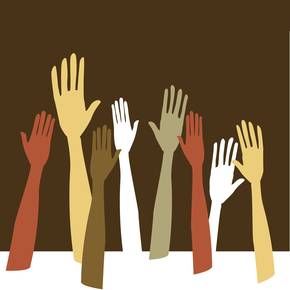
I Am Diversity |
Include Me
I am present in every place you go. Depending on your
lens I’m friend or foe.
I’m a
force to be reckoned with. Like the winds of change I
move. I’m swift.
I am
present when two or more are together. If embraced I can
make the good even better.
I’m not
limited to age, gender, or race. I’m invisible at times
and yet all over the place.
Don’t
exclude me due to a lack of knowledge. Welcome me like
the recruit fresh out of college.
Let me take my seat at the table. Even though I may be
differently able.
My experience, my passion the authentic me, Can help add
value for your company.
Learn about me; improve my underrepresentation. And I
can provide a competitive edge to your entire nation.
I exclude no one I am strengthened by all. My name is
Diversity and yes I stand tall.
Recognize me and keep me in the mix. Together there’s no
problem that we can’t fix.
I am your best hope towards true innovation. And to
many, I reflect hope and inspiration.
Your lives and companies will continue to change. Thus
the need for Diversity and Inclusion will also remain.
Do all that you can to truly embrace me. And experience
life’s fullness totally.
I am the thought lurking behind the unfamiliar face. I
am the ingenuity that helps your team win the race.
I am the solution that came from the odd question that
was asked. I stand out in the crowd when I am allowed to
be unmasked.
I am diversity. Embrace me and we’ll journey far. I am
Diversity include me and we will reach the shining star.
Coupled with Inclusion our lights burn longer. Together
we are smarter, better and stronger.
[Source: Charles Bennafield, 2012]

Ultimate Wedding
Party
Modern Family: Celebrate Your Heritage
Around the World:
Beautiful Women
We Are All Different With
a Mutual Goal
Diverse Humanity: Photo
Project
Teach Me to Dance
UN Free and Equal: Voices for Equality (Alice Nkom)
Shy Strangers Kiss Each
Other
What the Struggle for Gay Rights Teaches Us about
Bridging Differences
Workplace 2020: All Types
of Diversity
Jeanette and Yaris: Diversity and Inclusion
Global Dancing: Favorite Dance Moves
Improve Diversity and Inclusion in the Workplace
Trends in Diversity
and Inclusion
How to Create an Inclusive Environment for LGBTQ
Employees
McKinsey & Company:
Diversity and Inclusion
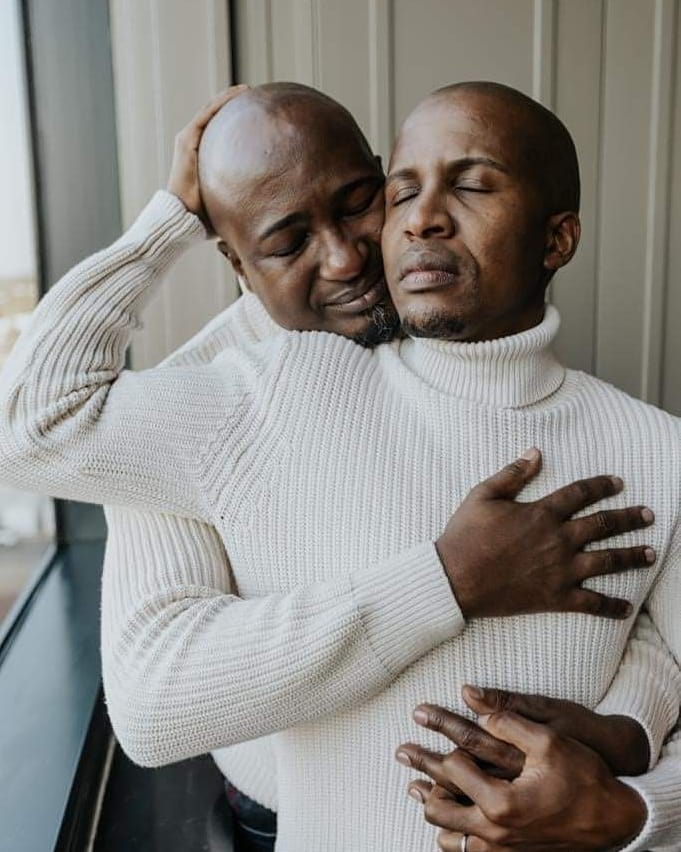
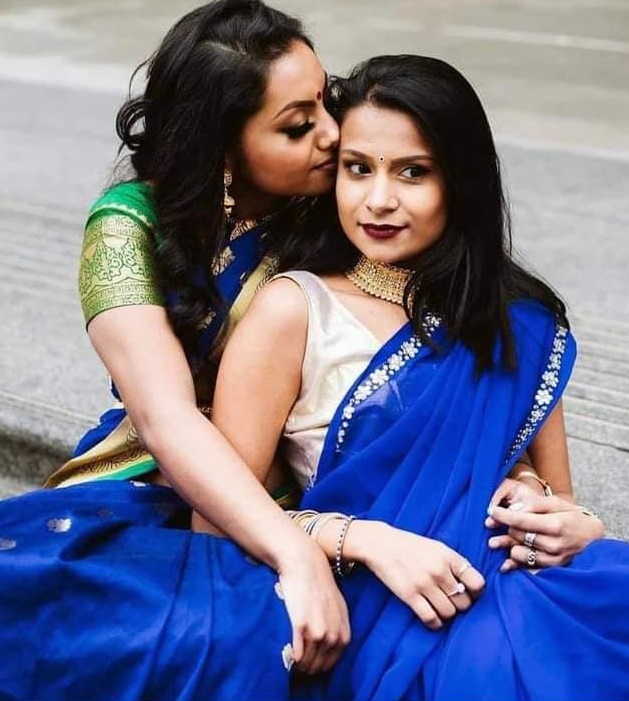
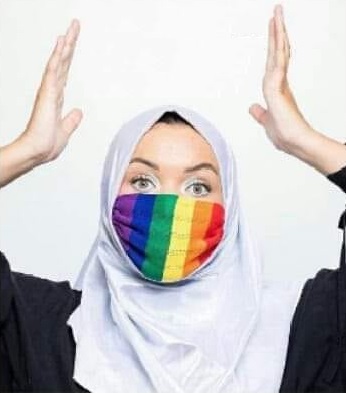
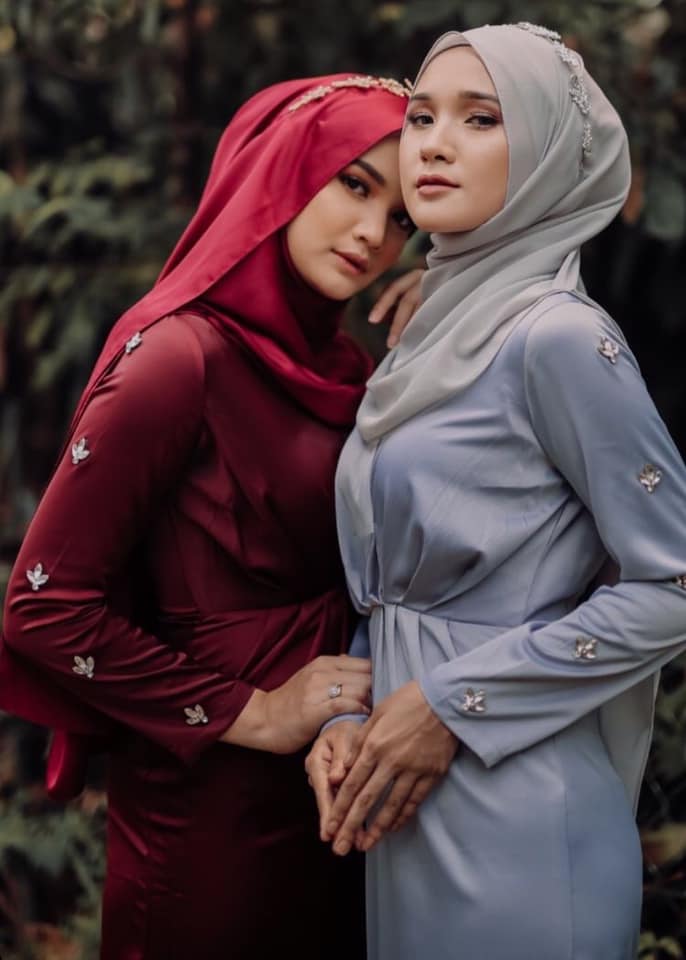
Faces From Around the World
Celebrate Diversity
We
Are America: Love Has No Labels
Immigrants: An Important Perspective
What the World Needs Now is Love Sweet Love
Colorblind Kids Get
Matching Haircuts
Universal Declaration of Human Rights
No More Trouble
Superhero
Diversity in Comic Books
4-Year-Olds
Insist They’re
Twins: We Have
Same
Birthday and Same Soul
History of LGBTQ Human Rights
We
Are All Equal
Best Friends: Beer and
Dialogue
All Around the World by John Batiste, Keb Mo, Taj Mahal
New LGBTQ Workplace Has Arrived
Respectability Politics: Can You Be Too Gay?
BBC Big Question:
Has Britain Become Less Tolerant?
Human Rights Covenants: Social, Cultural, Political
Imagine: Pass It
On
Diversity One
Fostering an Inclusive
Environment
Valuing and Respecting Individual Differences
"If you dream of a world in which you can put your
partner's picture on your desk, then put her picture on
your desk, and you will live in such a world. And if
you dream of a world in which you can walk down the
street holding your partner's hand, then hold her
hands, and you will live in such a world. If you dream
of a world in which there are more openly gay elected
officials, then run for office, and you will live in
such a world. And if you dream of a world in which you
can take your partner to the office party, even if your
office is the US House of Representatives, then take her
to the party. I do, and now I live in such a world.
Remember, there are two things that keep us oppressed: them and us. We are
one half of the equation."
-Tammy Baldwin, US Senator
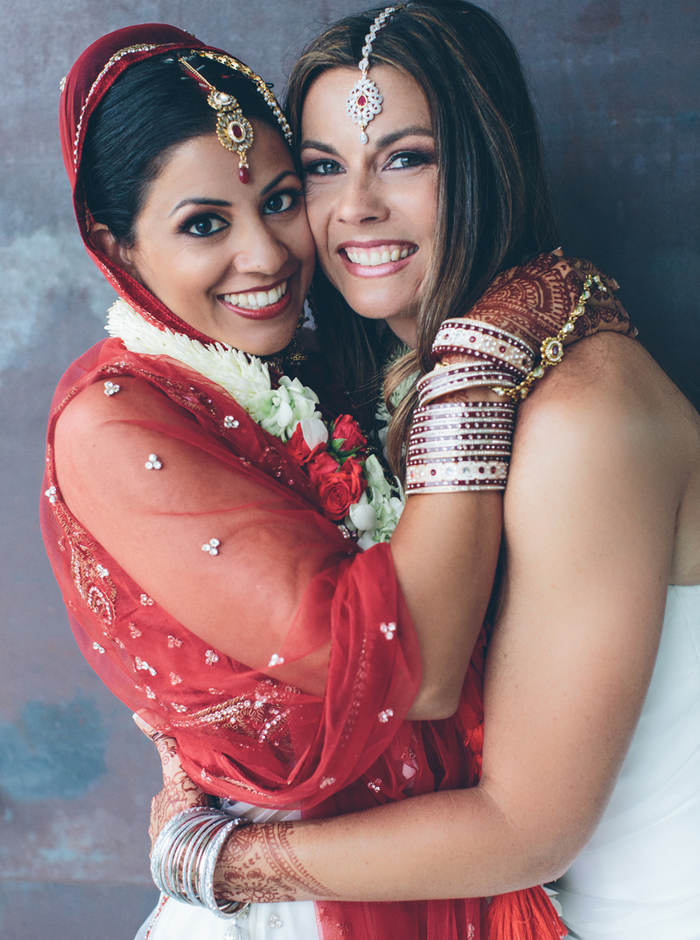
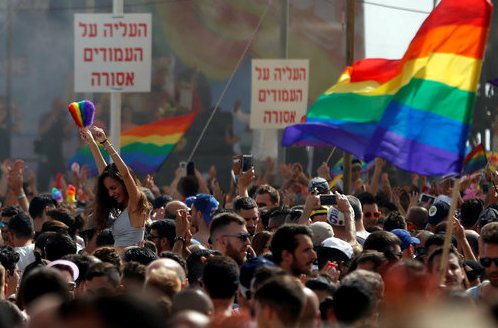
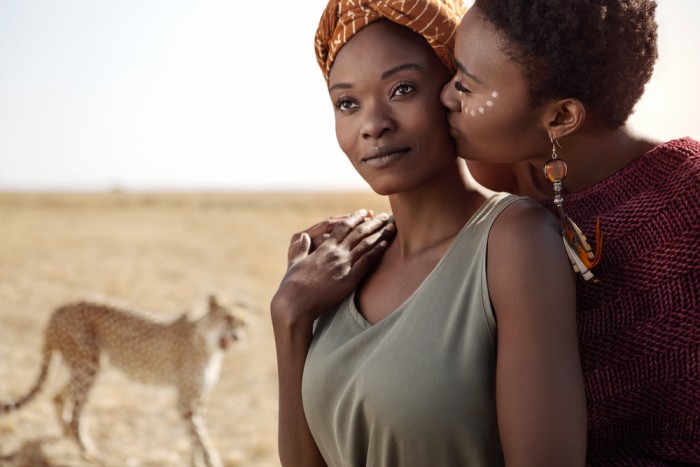
"When schools and other institutions seek to convey to
the public that they value diversity, inclusion, and multiculturalism, oftentimes they tend to take a rather
narrow approach. In making genuine efforts to create an
open and affirming environment for all their students or
constituents, they may define diversity in a manner that
is sometimes too limiting. To foster a truly inclusive
environment, schools and institutions must consider a
broader definition of diversity and more
all-encompassing view of multiculturalism. Any diversity
training with broad-based credibility must address a
wide range of minorities and sub cultures that
necessarily includes
race, ethnicity, nationality, gender, age, religion,
politics, and personality. However, any
meaningful discussion of diversity issues should also include
sexual orientation and gender identity and seek to raise
awareness about the concerns of gay, lesbian,
bisexual, transgender, and queer people."
-Queer Cafe
Cutting Out DEI
I Will:
Empowering Performance by Unity
Boy Consoles Crying Classmate with Autism on First Day
of School
Diversity Doesn't Stick Without Inclusion
Dance Diversity: Favorite Dance Moves
Colorblind Kids Get
Matching Haircuts
UN Free and Equal: Price of Exclusion
Stand By Me: Playing for Change
Heartwarming: Two Toddlers
Racial Beginners
Info: Asian Perspective
Accelerated Conversations:
Diversity, Equity, Inclusion
Pick Up Lines Around the World
A
Child's World is Pure
Maha and Lethicia: Diversity and Inclusion
Diversity in the
Workplace: Global Intercultural Fluency
Geography Class for Racist People
Celebrate Diversity
Stand By Me: Playing for Change
Jide Zeitlin:
Black CEO Talks About Diversity and Inclusion
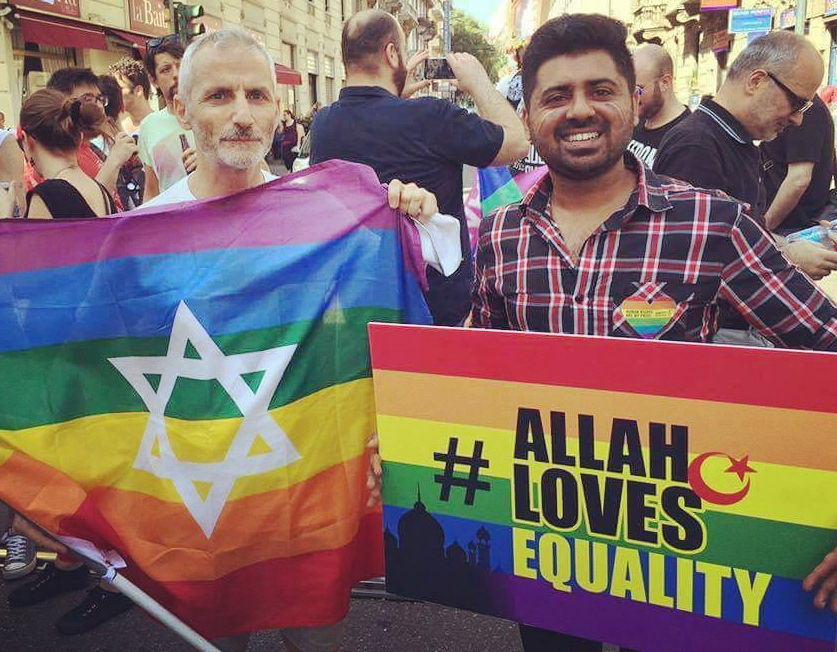
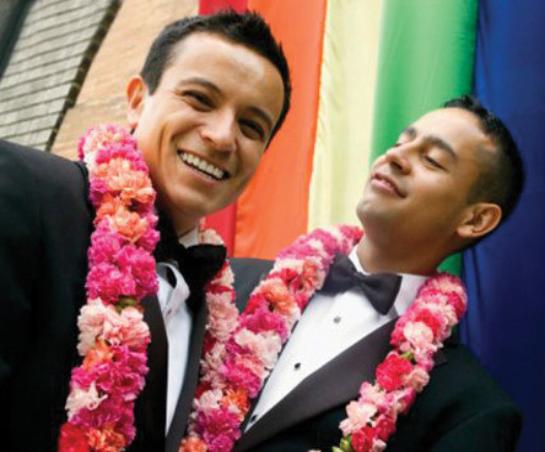
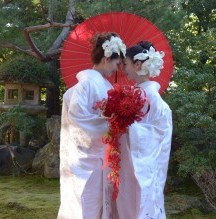
Diversity One
Harry Belafonte: Earth Song
Global Dancing: Favorite Dance Moves
Proud to Be: Coming Together to Celebrate Identity
Diversity is Useless Without Inclusivity
Faces: Can You See Past the Label?
UN
Free and Equal: It's Time
Multiculturalism Documentary
Around the World:
Beautiful Women
Forbes:
Diversity and Inclusion
Diversity Journal: Moving From Diversity to Inclusion
Born Free and Equal
Trends in Diversity and Inclusion
Workplace Diversity Trends
Teach Me Your Favorite Dance Move 1
Accelerated Conversations:
Diversity, Equity, Inclusion
Pete Buttigieg Explains the Purpose of
DEI
Imagine: World Version
"There's a fear that when you're talking about gays and
lesbians, you're talking about sex. I don't think that's
true. I think you're talking about a community, and
you're talking about people relating to each other, and
not specifically about sex. I don't think talking about
gay and lesbian sex is appropriate for elementary
school. But talking about relationships and different communities and
about bias and discrimination and how it affects
people's lives is appropriate."
-Cora Sangree, School Teacher
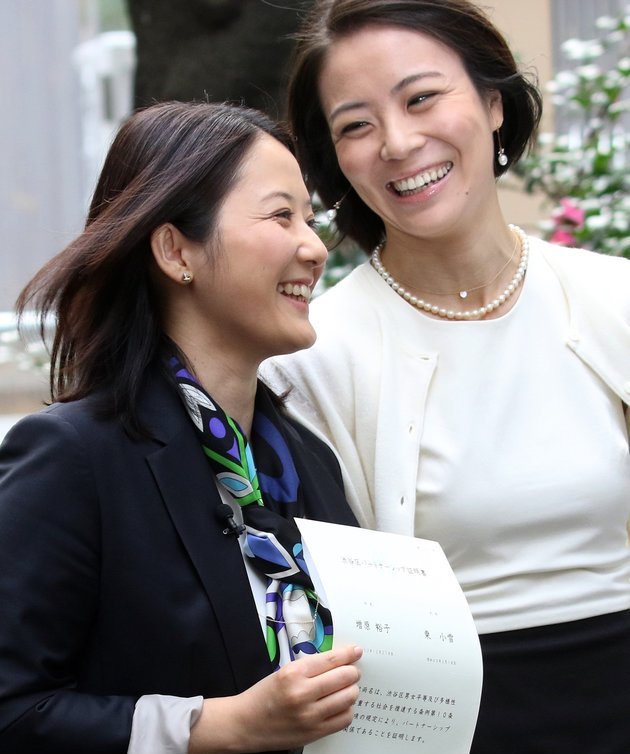
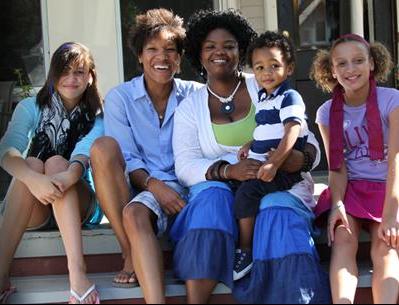
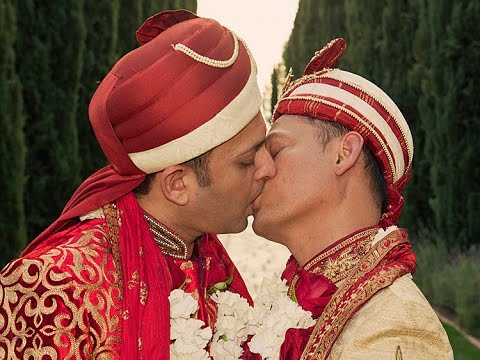
Teach Me to Dance
Something Wrong in the Village
Bring the World Together
Immigrants: An Important Perspective
Diversity and Inclusion: Millennials Have a Different
Definition
I Will:
Empowering Performance by Unity
A
Child's World is Pure
How to Create an Inclusive Environment for LGBTQ
Employees
New LGBTQ Workplace Has Arrived
Diverse Humanity: Photo
Project
Superhero Diversity in
Comic Books
Heartwarming: Two Toddlers
What I Be:
Insecurities and Images
United: Playing for Change
"Thousands of gay, lesbian, bisexual and transgender
people are out of the closet in the corporate world
today, including senior executives in Disney, AT&T,
American Airlines, Microsoft, McDonalds, Goldman Sachs,
Clorox and IBM, to name a few, but the majority of us
are still hidden despite promises by our companies that
nothing bad will happen to us if we come out. Toward the
end of 20 diversity training sessions I did for 800
senior managers at a major banking firm, having heard
them all describe the company's working environment as
very welcoming for gay people, I asked them why it was
then that only two people out of the 800 had yet to
identify themselves as gay in an affirming four-hour
program on gay and transgender issues. If it's so safe,
where are they? I asked. They decided maybe it wasn't as
welcoming as they had assumed. Gay and transgender
people who are out of the closet today often report
feeling invisible. They either become the person to whom
every heterosexual turns for information on the gay
community, or, more likely, they are marginalized.
Closeted gay people see how their openly gay colleagues
have become identified more as gay than as team players,
and they decide to continue to expend the extraordinary
energy it takes to hide who they are. This problem can
be solved.
-Brian McNaught, Diversity Trainer
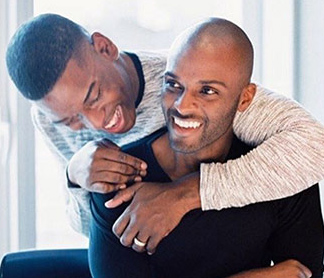
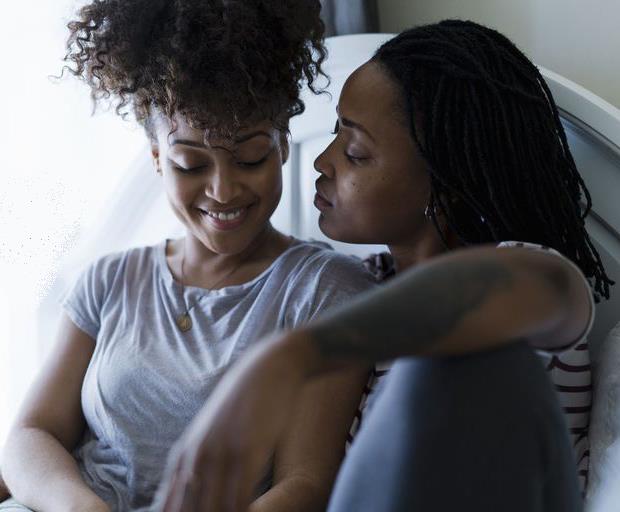
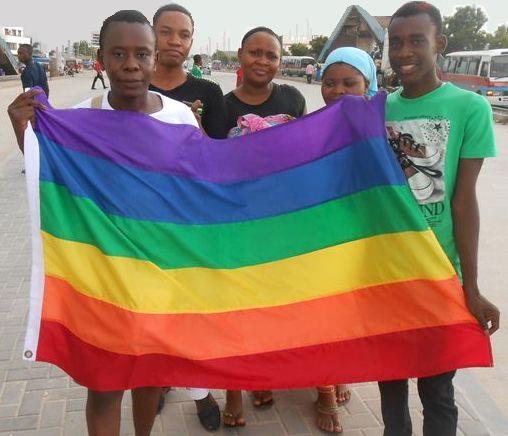
Love is Love: Diversity and Inclusion
Geography Class for Racist People
Pete Buttigieg Explains the Purpose of
DEI
Benefits and Challenges of Cultural
Diversity in the Workplace
History of LGBTQ Human Rights
Kids Around the World:
Being a Boy or Girl
Why Diversity and Inclusion Matter
Imagine: Pass It On
Cultural Diversity: Stereotypes and Communication
Happy People Dancing Around the World
2016
Info: Indian|Hindu Perspective
"Diversity
is about differences. Each of us is different. We value
and respect individual differences. We think broadly
about differences including background, education,
gender, ethnicity, nationality, generation, age, working
and thinking styles, religious background, sexual
orientation, ability and technical skills. Inclusiveness
is about leveraging these differences to achieve better
business results. It is about creating an environment
where all of our people feel, and are, valued, where
they are able to bring their differences to work each
day, and where they contribute their personal best in
every encounter."
-Ernst & Young Diversity Report
"Companies
should start from the simple but fundamental
understanding that there are different perspectives,
each of them valuable, and work to explore and identify
the range of barriers holding these individuals back.
Organizations can then formulate plans and programs that
offer options and provide signposts that help women,
LGBTQ people, and people of color find the path that’s
right for where they are in their lives and careers."
-Laura
Sherbin & Ripa Rashid, Harvard Business Review
“Millennials yearn for acceptance of their thoughts and
opinions, but compared to older generations, they feel
it’s unnecessary to downplay their differences in order
to get ahead. Millennials are refusing to check their
identities at the doors of organizations today, and they
strongly believe these characteristics bring value to
the business outcomes and impact.”
-Deloitte Diversity Study
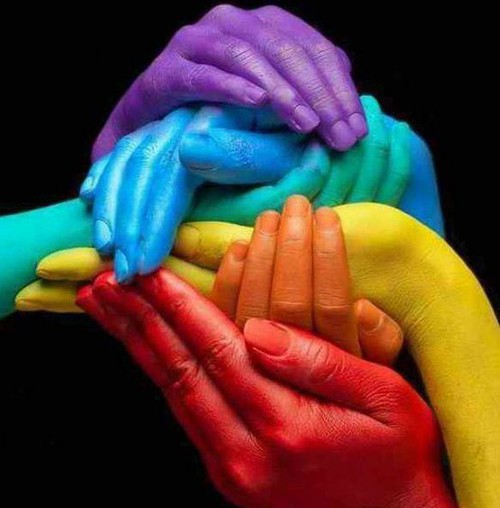
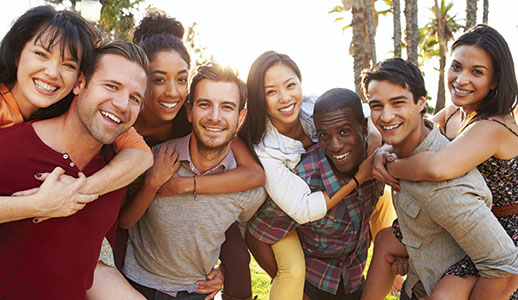
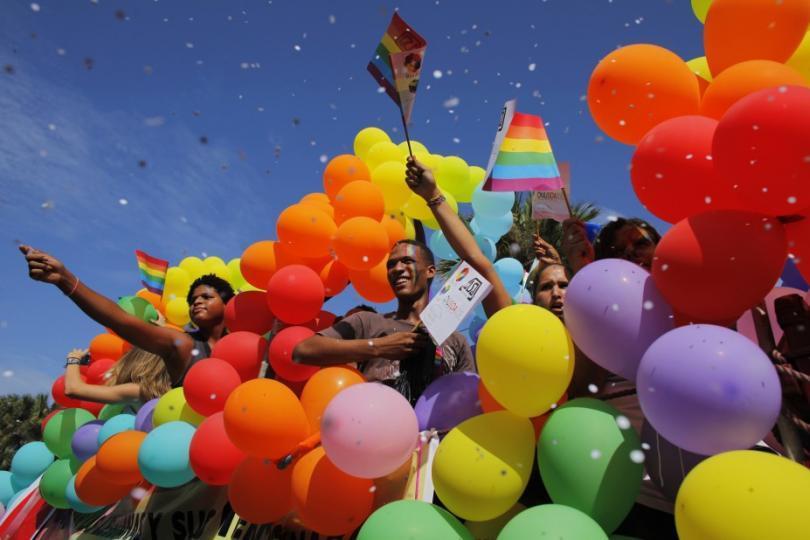
Modern Family: Celebrate Your Heritage
Celebrating Diversity: Photography That Sounds Good
Be My Honey Pie
Colorblind Kids Get
Matching Haircuts
Lean on Me: Playing for
Change
McKinsey & Company:
Diversity and Inclusion
UN Free and Equal: Price of Exclusion
Boy George on Diversity
Teach Me Your Favorite Dance Move 2
Proud to Play: Celebrating LGBTQ Athletes
Best Friends: Beer and
Dialogue
Imagine by Pentatonix
Around the World:
Beautiful Women
Sia: Together
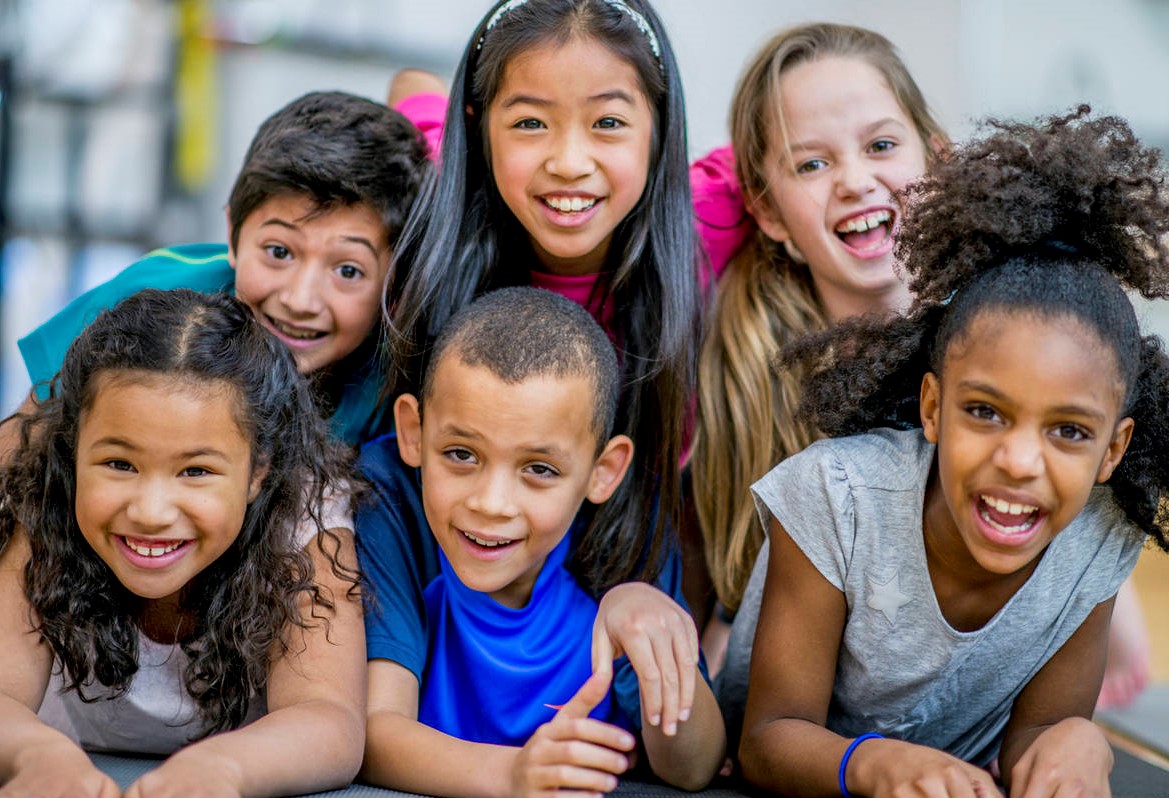
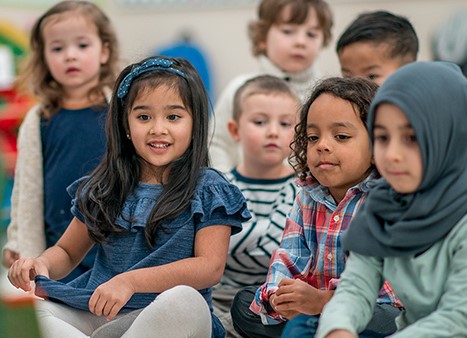
Shy Strangers Kiss Each
Other
Speaking Up for Inclusion
4-Year-Olds
Insist They’re Twins: Same Birthday and Same
Soul
Defining a Diversity and Inclusion Messaging Strategy
Same Love: Different Types of Families
All Around the World by John Batiste, Keb Mo, Taj Mahal
People
React to Being Called Beautiful
Forbes:
Diversity and Inclusion
Imagine by Pentatonix
UN Free and Equal: Voices for Equality (Alice Nkom)
Open Your World
People From Around the World
Around the World: Favorite Dance Moves
Superhero Diversity in
Comic Books
Racial Beginners
White Toddler and Her Black Doll
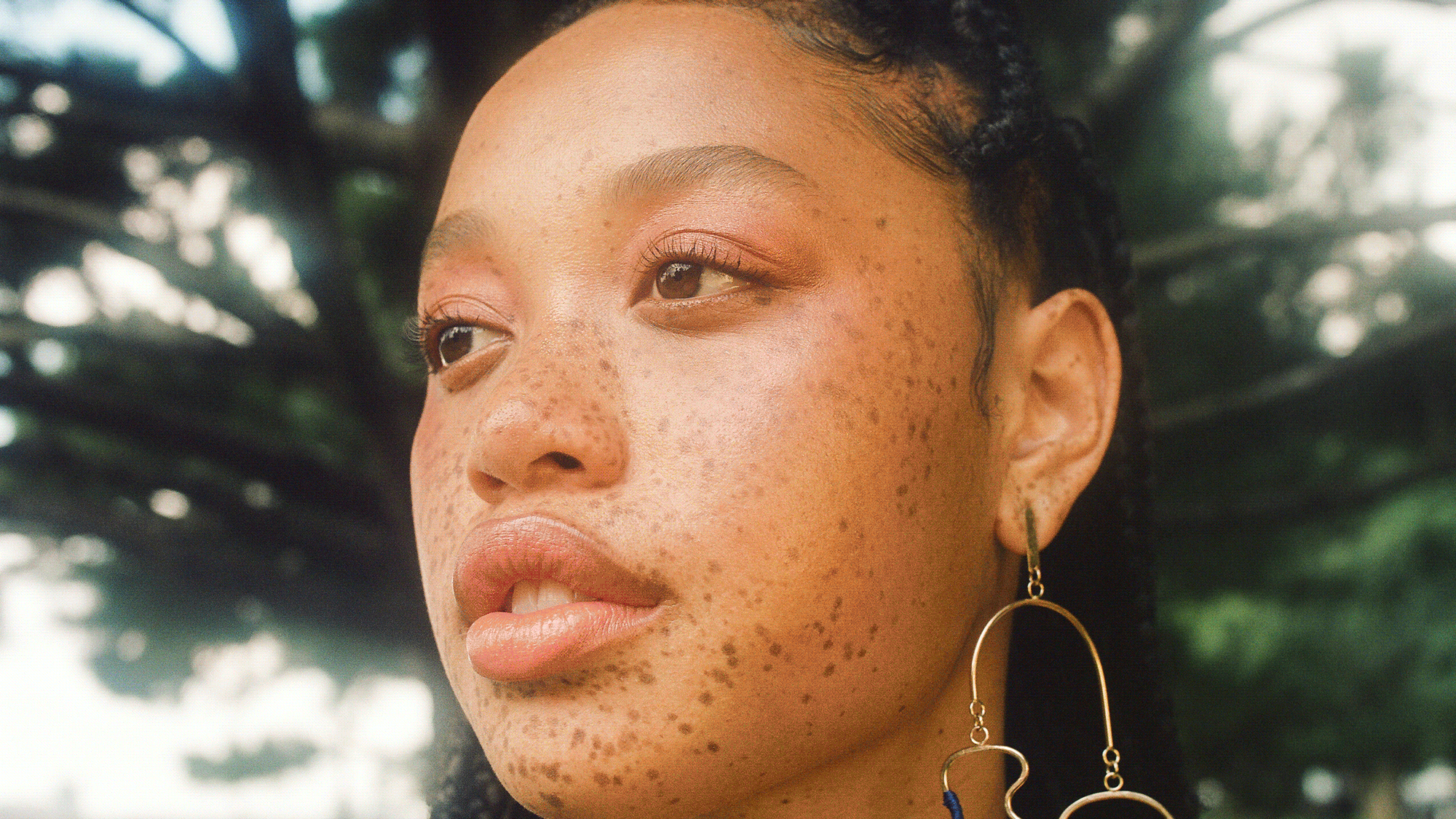
Diversity Quotes
Not a
Melting Pot, But a Beautiful Mosaic
"Strength
lies in differences, not in similarities."
-Stephen R. Covey
"Celebrate diversity, practice acceptance and may we all
choose peaceful options to conflict."
-Donzella
Michele Malone
"We are all different, which is great because we are all
unique. Without diversity life would be very boring."
-Catherine Pulsifer
"Diversity in the world is a basic characteristic of
human society, and also the key condition for a lively
and dynamic world as we see today."
-Jinato
Hu
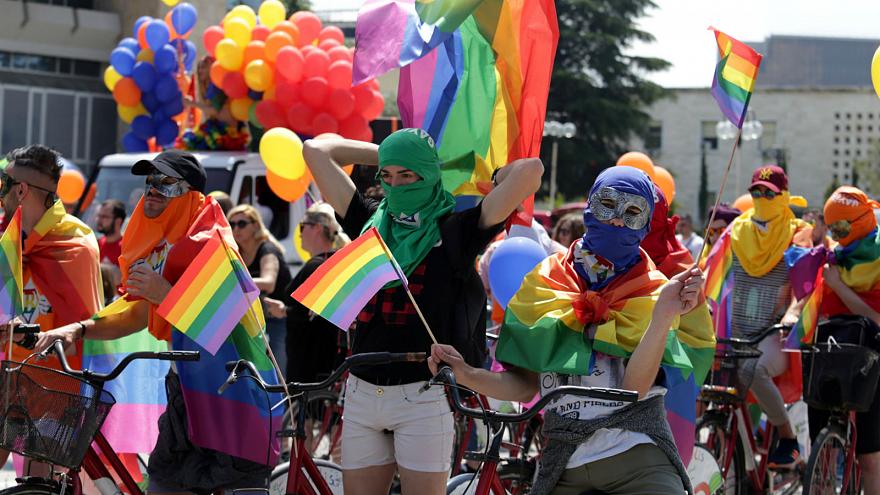
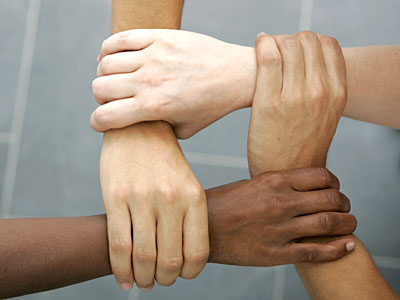
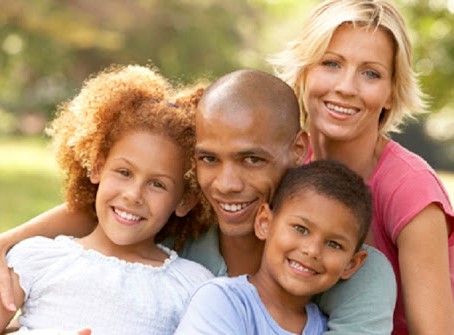
We
Are America: Love Has No Labels
Modern Family: Celebrate Your Heritage
Immigrants: An Important Perspective
Pete Buttigieg Explains the Purpose of
DEI
Bring the World Together
Workplace 2020: All Types
of Diversity
Geography Class for Racist People
Cutting Out DEI
Stand By Me: Playing for Change
Info: Jewish|Israeli Perspective
I Will: Empowering
Performance by Unity
Harry Belafonte: Earth Song
A Child's
World is Pure
Speaking Up for LGBTQ Inclusion
Something Wrong in the Village
Benefits and Challenges of Cultural
Diversity in the Workplace
Imagine: Pass It On
"We have become not a melting pot but a beautiful
mosaic. Different people, different beliefs, different
yearnings, different hopes, different dreams."
-Jimmy Carter
"Diversity is not about how we differ. Diversity is
about embracing one another's uniqueness."
-Ola
Joseph
"Diversity is about all of us, and about us having to
figure out how to walk through this world together."
-Jacqueline Woodson
"Society is unity in diversity."
-George
Herbert Mead
"It is never too late to give up your prejudices."
-Henry
David Thoreau
"I know there is strength in the differences between us.
I know there is comfort, where we overlap."
-Ani
DiFranco
"What the world needs most is openness: Open hearts,
open doors, open eyes, open minds, open ears, open
souls."
-Robert Muller
"No culture can live, if it attempts to be exclusive."
-Mohandas K. Gandhi
"Diversity is the art of thinking independently
together."
-Malcolm Forbes
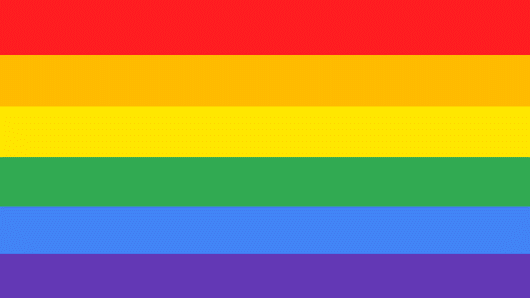
Diversity in the
LGBTQ Community
African
American/Black
Hispanic/Latinx
Arab/Muslim/Middle East
Asian/Pacific
Indian/Hindu/Sikh
Jewish/Israeli
Native/Two Spirit
Appalachian/Rural
European/International
Key Diversity
and Inclusion Trends
Companies
Seek to Develop an Inclusive Culture
Times have
changed. The growing tension in our society is impacting
the workplace and many workplaces feel the internal
tension growing as they scramble to figure out ways to
address it. Research showed “1 in 4 US employees have
been negatively affected by political talk at work this
election season, with younger workers in particular
experiencing diminished productivity and more stress.”
Employees are demanding their leaders take a political
stance. The boundaries between workplace and political
movements are blurring and employees are urging their
leaders to speak out on key issues impacting them and
their loved ones. According to research, “almost half of
Americans between 18 and 36 years old saying they
believe CEOs have a responsibility to publicly express
their opinion about social issues such as equal pay and
health care.” Another recent research by Edelman
revealed 64% of survey respondents believe CEOs should
take the lead on change rather than waiting for
government to impose it.

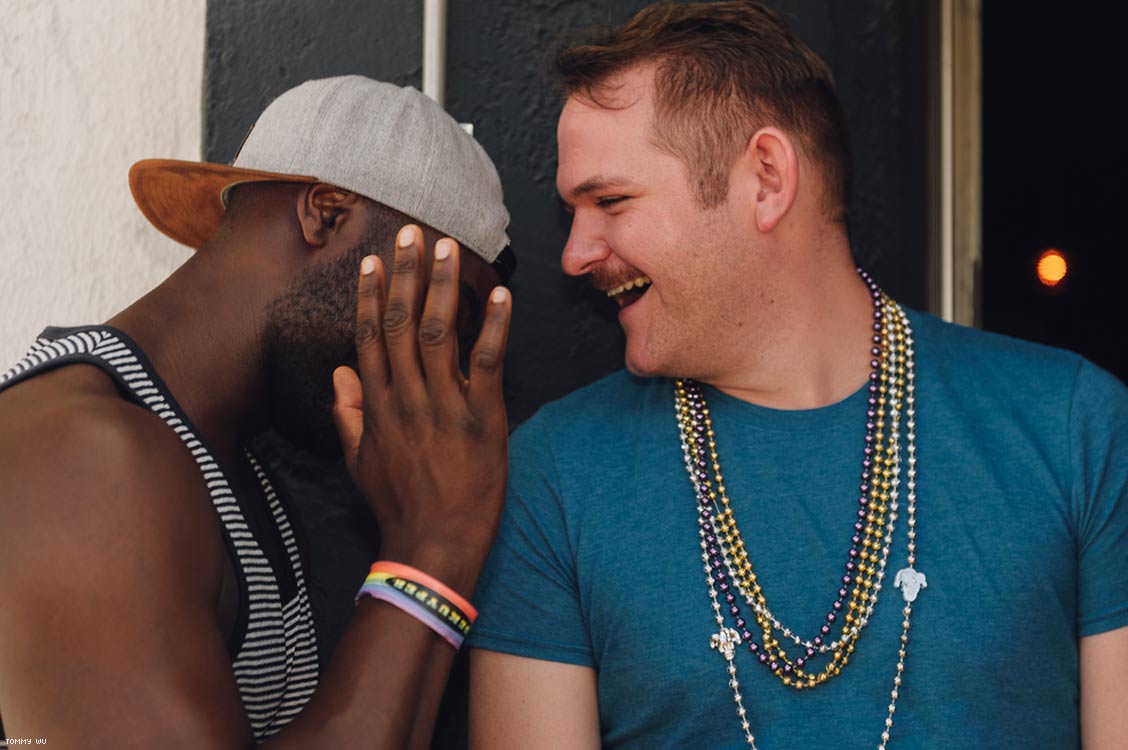
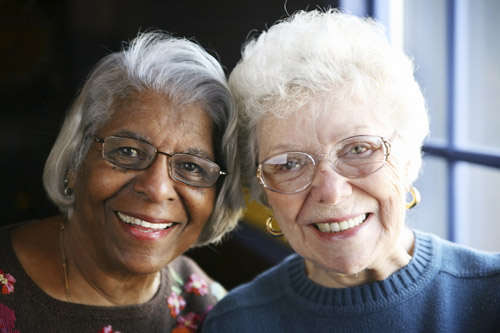
Workplace 2020: All Types
of Diversity
Stand By Me: Playing for Change
Open Your World
Dance Diversity: Favorite Dance Moves
Monica and Nikki: Mexican Indian Wedding
Benefits and Challenges of Cultural
Diversity in the Workplace
Boy George on Diversity
Inclusion is now a requirement for being a good manager.
With no signs of political and social movements slowing
down, managers in today’s workforce need to be equipped
to lead diverse teams and build team resilience. We’re
seeing a desperate need to fill the gap that exists in
the traditional manager training approach, where
essential managerial skills don’t include skills to
foster an inclusive work culture for their teams. For
example, managers are being taught to provide “effective
feedback” but are not being educated on how to ensure
their feedback isn’t rooted in bias. In order to get the
buy-in from managers and to make the learning practical,
“D&I” education needs to be tightly woven into the core
business and be seen as a business imperative rather
than a “nice to have.” Remember, great managers are
inclusive managers.
Companies truly committed to D&I are looking to do more
than just check a box. This desire may be stemming from
the pressure building from the employee base as well as
the public. We heard from many companies’ employees and
organizations’ engagement survey results that there is a
lack of “real” commitment to Diversity and Inclusion by
their leaders beyond marketing slogans. This lack of
trust in leadership leads to increased cynicism, which
makes launching successful D&I programs that much more
difficult. Having a one-time 2-hour long Unconscious
Bias Training seems like the most basic box to check
nowadays, but truly committed leaders are wanting to do
more. Unfortunately, according to a nation-wide survey,
57% of US workers said they did not know what actions
their company is taking to address the issue of
discrimination and harassment. An additional 25% did not
believe their companies were taking any action.

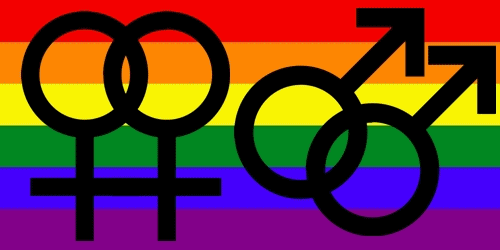
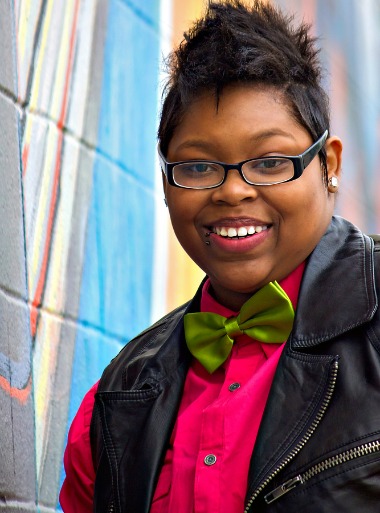
Improve Diversity and Inclusion in the Workplace
Diversity One
Forbes:
Diversity and Inclusion
Pete Buttigieg
Explains the Purpose of DEI
Teach Me to Dance
All Around the World by John Batiste, Keb Mo, Taj Mahal
A Child's World is Pure
Intimate Portraits of Strangers
Don't Put People in Boxes
Harry Belafonte: Earth Song
Imagine: Pass It On
Info: European|International
Perspective
There is a clear distinction between diversity and
inclusion. Companies are finally realizing having a
diverse workforce doesn’t in and of itself guarantee
inclusive culture. Without a conscious effort to develop
an inclusive culture, retaining a diverse workforce
becomes nearly impossible.
Companies are struggling to measure and quantify
inclusion. In an effort to build a business case,
leaders are challenged with measuring and quantifying
“inclusion.” Without a proven way to quantify inclusion
and unclear proof of return on investment, some
companies feel gridlocked on how to move forward.
As we look ahead, more pressure will undoubtedly be put
on today’s leaders to do more to make their
organizations inclusive, while providing opportunities
for those passionate about D&I to have a voice. In order
to skillfully navigate the tension that’s building in
and outside of our workplaces, organizations’ leaders
need to pay close attention to identifying true thought
leaders to help guide their journey, and commit to doing
more beyond signing off marketing slogans or memorizing
soundbites.
[Source: Michelle Kim, Awaken, 2017]
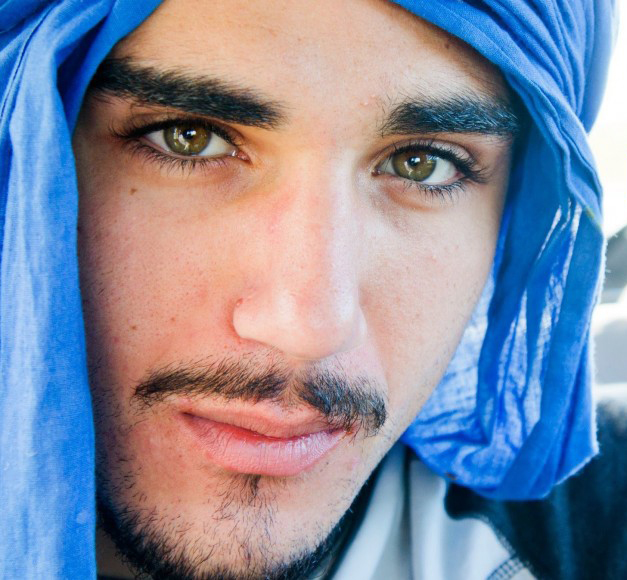
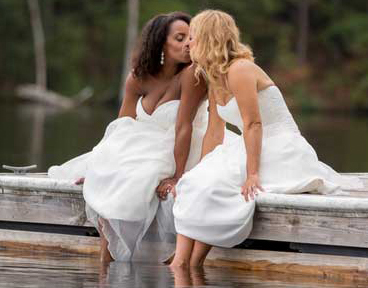
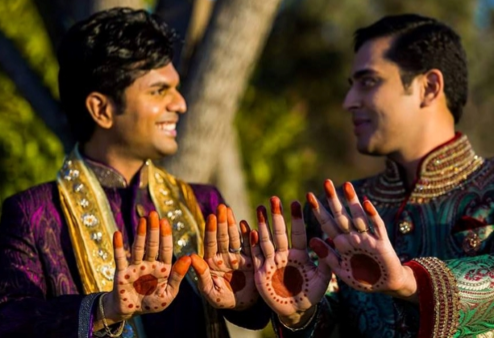
PBS First Person Series
Being Queer and Orthodox Jewish
Black Trans Woman's Journey
Asian Trans Person Talks About Gender Dysphoria
Surviving Racism and Cancer as a Queer Black Woman
Queer and Muslim in America
Growing Up Lesbian in Jamaica
Boundless Black Masculinity
Olivia Has Two Moms
Differently Abled and Bisexual
Religion and Sexuality
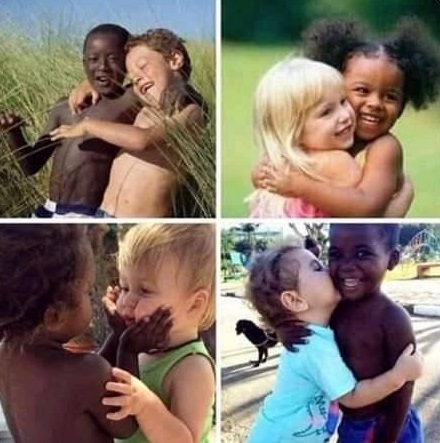
Practicing Love
for Your Neighbors
See
your neighbors as real people. See them for who they
really are. Look past the obvious, the surface, the
outer shell, and look into their eyes, their hearts, and
their circumstances.
Be humble. Ask for forgiveness and offer forgiveness.
Celebrate and mourn with others. Walk alongside your
neighbors. Put yourself in their shoes. Be empathetic
and compassionate. Rejoice when they rejoice and mourn
when they mourn. Laugh with them and cry with them.
Share in their joy and also share in their pain and
anguish.
Learn and be teachable. Allow your neighbors to
challenge your thinking without taking offense or
becoming bitter. Be open to new ideas and perspectives.
Try to understand someone else's point of view. Accept
constructive criticism. Be informed and knowledgeable.
Ask hard questions of yourself. Examine your thoughts,
behaviors, and beliefs.
Refuse to be judgmental.
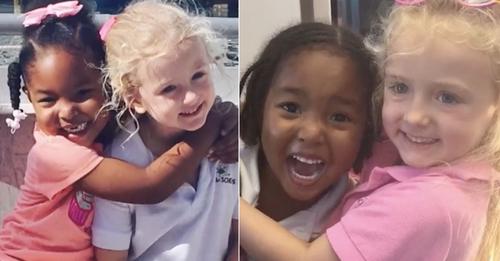
Diverse Humanity: Photo
Project
UN Human Rights: Something I Believe In
4-Year-Olds
Insist They’re Twins: We Have
Same Birthday and Same
Soul
Desmond Tutu: Why We Should Celebrate Differences
Accelerated Conversations:
Diversity, Equity, Inclusion
Shy Strangers Kiss Each
Other
Trends in Diversity and Inclusion
Proud to Love: Celebrating Marriage Equality and LGBTQ
Pride Month
Sia: Together
Teach Me Your Favorite Dance Move 2
Colorblind
Kids Get Matching Haircuts
Oddisee: You Grew Up
Educators: When It Comes
to Diversity, Equity and Inclusion, We Can't Be Silent
Speaking Up for LGBTQ Inclusion

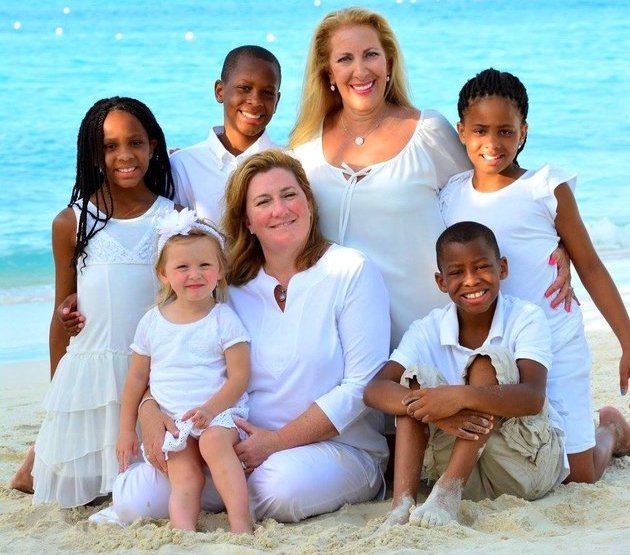
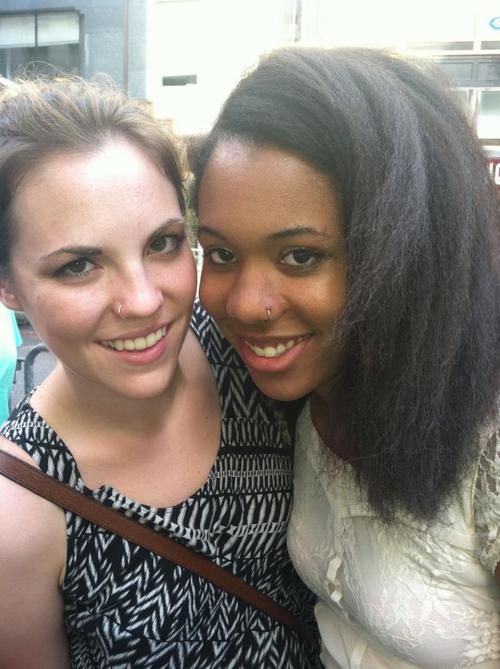
Promoting
Diversity, Equity and Inclusion
Diversity and Innovation
For diversity practices to be successful, you also need
to facilitate an inclusive work culture. Here are some
ways employers can build or improve upon their
diversity, equity, and inclusion programs.
While many companies have been putting diversity,
equity, and inclusion into greater focus over the last
few years, there is still significant room for
improvement. Diverse teams foster better employee
engagement and productivity and they allow for better
problem-solving abilities as varying perspectives often
approach business challenges in a new way.
The research that diversity in the workplace powers
innovation and financial performance continues to stack
up. Some studies have found that companies with pro
diversity policies performed better and had greater
resilience during the 2008 financial crisis. The reason
for this is clear: more diverse companies have greater
levels of innovation.
However, certain industries in particular (such as
financial services) still have significant lack of
representation of people of color, mainly at senior
levels. Two factors contributing to this
underrepresentation are the rate at which employees
leave a company and the rate at which employees get
promoted. As well, research conducted by McKinsey has
found that women in particular have been negatively
impacted by the pandemic as it has intensified
preexisting challenges that working women already faced
– such as finding childcare.
LinkedIn’s Global Recruiting Trends report found that
diversity is a key trend that has impacted the way
organizations hire their people. According to the
report’s findings, 78% of companies prioritize diversity
to improve culture, and 62% of companies prioritize it
to boost financial performance.
The report adds that companies making meaningful efforts
towards diversity, equity, and inclusion, as well as
providing a sense of belonging, have invested in their
people through supporting employee resource groups (ERGs)
and having a strong backing from their leadership teams.
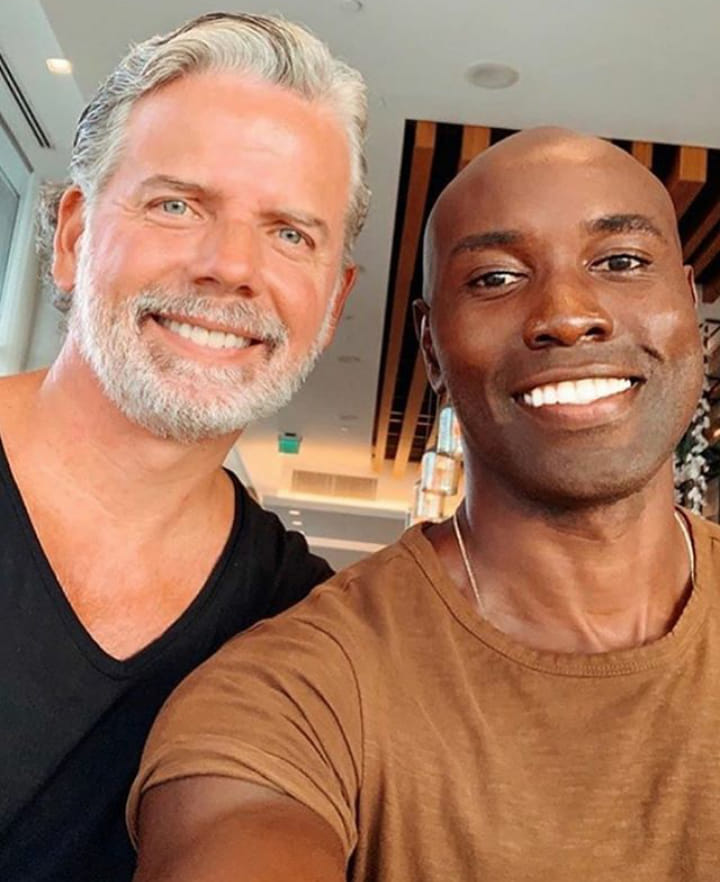
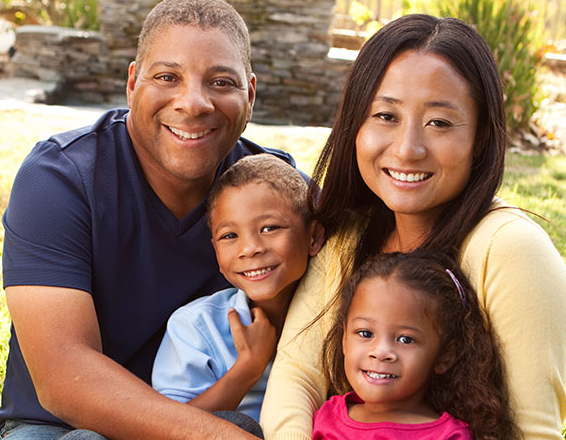
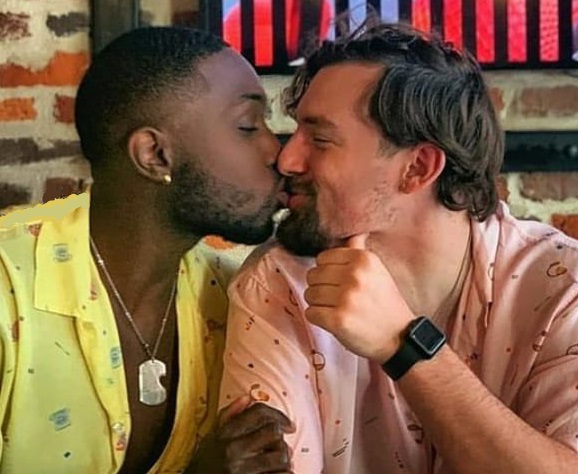
Cutting Out DEI
Bring the World Together
Faces From Around the World
Celebrate Diversity
We
Are America: Love Has No Labels
Something Wrong in the Village
What the World Needs Now is Love Sweet Love
Universal Declaration of Human Rights
Boy George on Diversity
Pete Buttigieg Explains the Purpose of
DEI
I Will:
Empowering Performance by Unity
Global Dancing: Favorite Dance Moves
Racial Beginners
Superhero Diversity in
Comic Books
The power of diversity, equity, and inclusion during
a crisis
Over the
last year, diversity and inclusion receded as a
strategic priority for many organizations as they
continue to address threats to business continuity and
recovery. Workforces are more dispersed as some
employees are working remotely while others are at – or
returning to – the physical office or worksites. These
new working arrangements can further exacerbate existing
diversity challenges and highlight unconscious biases
that may exist. Essentially, a dispersed workforce can
distance employees and teams from one another,
undermining inclusivity efforts and initiatives that
existed in the traditional working environment.
Making organizational change last
Recent events have sparked important conversations
around racial bias and social injustice, calling upon
institutions and organizations to do their part in
taking meaningful action. However, new LinkedIn data
shows that companies talked about diversity in June
2020, but that discussion began to decline just a few
months later. Businesses need to take this opportunity
to not only continue the conversation, but to implement
and uphold more impactful strategies to see real,
lasting change within their organization.
Hiring for diverse backgrounds and promoting diversity
initiatives is only a first step. Diversity, equity, and
inclusion go hand-in-hand, and to experience real
organizational change, companies must build a truly
inclusive work culture. This means extending initiatives
beyond the hiring process and providing equal
opportunity and treatment throughout every touchpoint of
the employee experience.
Diversity can be defined as a measure of difference in
identity; things like gender, ethnicity, age, sexual
orientation, ability, or religion. Inclusion is a
respect for and appreciation of these differences – the
deliberate act of welcoming and valuing diversity and
equity. Here are some tips and action items to help
managers and HR leaders build on their existing DEI
efforts or develop new ones for the first time.
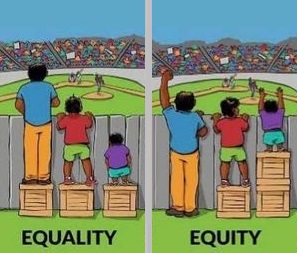
Cutting Out DEI
Diversity: Differences Are Essential
LGBTQ Human Rights: Why They Matter
A Child's World is Pure
Pete Buttigieg
Explains the Purpose of DEI
Info: Our
Shared Humanity
Beauty in Every Corner of
the World
Harry Belafonte: Earth Song
Kids Around the World:
Being a Boy or Girl
Happy People Dancing Around the World
2006
Be aware of unconscious bias
Understanding bias and building awareness is a first
step towards real change. According to Associate Dean
and Director of Office of Inclusion, Belonging, and
Intergroup Dialogue at Stanford University Mohammad
Bilal, there are a couple of different forms of bias.
The first is unconscious bias, which can include
associations or feelings of bias that may be hidden
underneath the surface. Bilal explained to the audience
at INSIGHTS 2020 that unconscious biases do not
necessarily align with our conscious beliefs or declared
beliefs, which means unconscious biases are even more
important to pay attention to.
Leaders can start addressing this by helping employees
understand how individuals are impacted by unconscious
bias, and what actions continue to reinforce biases. One
way to build awareness and address unconscious bias is
to encourage every employee to review, question, and
analyze their own personal biases and assumptions.
Bilal underscored the importance of leaders and
employees keeping a thought journal to process their own
biases. Recording instances of stereotyping as they
occur will help people become more aware as they start
to make those biases more conscious. This will help
people observe when they begin to stereotype individuals
so they can refute and replace biases.
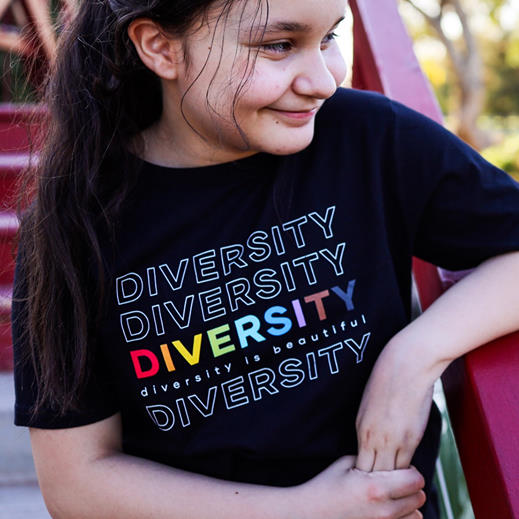
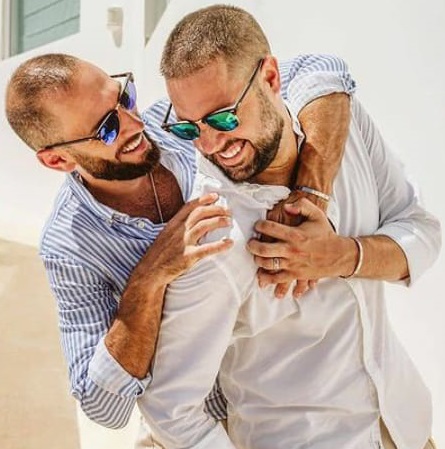
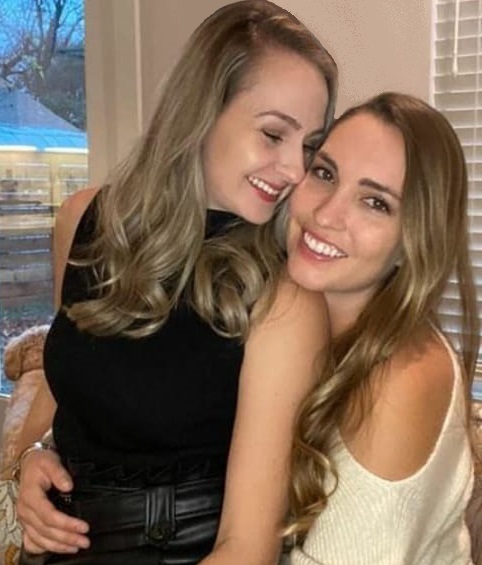
Communicate the importance of managing bias
Cultural
humility is another way leaders and employees can manage
bias and foster more inclusive environments. This
concept involves remaining curious and humble about
cultural differences. Bilal emphasizes the importance of
understanding that no one is an expert, but is on a
continuous learning journey when it comes to respecting
and embracing other people's experiences and realities.
Becoming culturally competent, Bilal adds, is a lifelong
practice.
One way organizations can help employees manage their
own bias is by leveraging technology and training that
provides guidance on actions for moving forward. Joelle
Emerson in Harvard Business Review suggests that a
concern with diversity or unconscious bias training and
teaching is that people can become defensive, and using
technology can help alleviate that concern.
“Training can be designed to reduce defensiveness by
explaining that we don’t have unconscious biases because
we’re bad people – we have them because we are people,”
she explains. The article adds that internal bias
training is an effective way to inspire change and
higher understanding amongst employees, citing Google’s
internal training findings as one example.
Lean on
Me: Playing for Change
Forbes: Diversity and Inclusion
Cutting Out DEI
Bring the
World Together
4-Year-Olds Insist
They’re Twins: We Have Same Birthday
and Same Soul
Imagine: Pass It On
Diversity in the
Workplace: Global Intercultural Fluency
What the World Needs Now
Speaking Up for Inclusion
Pete Buttigieg
Explains the Purpose of DEI
Defining a Diversity and Inclusion Messaging Strategy
Benefits and Challenges of Cultural
Diversity in the Workplace
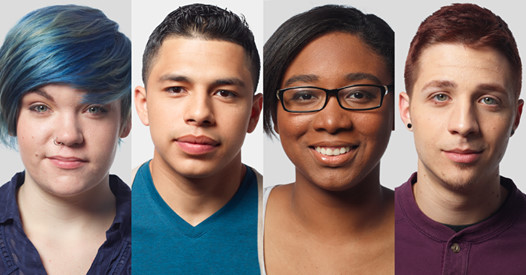
Promote pay equity
Managers
must level out the playing field and provide fair
opportunity for each employee. Organizations can
leverage analytics to identify which employees are
underpaid for similar roles or responsibilities. For
example, people analytics can help managers pinpoint any
pay gaps that may exist within their team, and leaders
can assess patterns within various departments to get to
the root of underlying issues. This insight can help
identify patterns or trends that may exist where certain
groups of employees like people of color, for example,
are being underpaid within certain areas of the
business.
Develop a strategic training program
Diversity
training helps employees understand how cultural
differences can impact how people work and interact at
work. It can cover anything from concepts of time and
communication styles to self-identity and dealing with
conflict. Diversity training that is offered as optional
tends to be more effective than that which is made
mandatory.
Companies should also focus on training that’s relevant
to their specific organization and employees, and that
aligns with their broader diversity, equity, and
inclusion initiatives and identified challenges. In
addition to using internal resources, partnering with a
consultant can help leaders build customized training
programs for both the organization as a whole, as well
as those that are function-specific.
It’s critical that leaders are clearly communicating why
training is taking place, problems you’re trying to
solve, and what comes next. This will help keep people
motivated and also help them understand how the
learnings tie back to broader company goals.
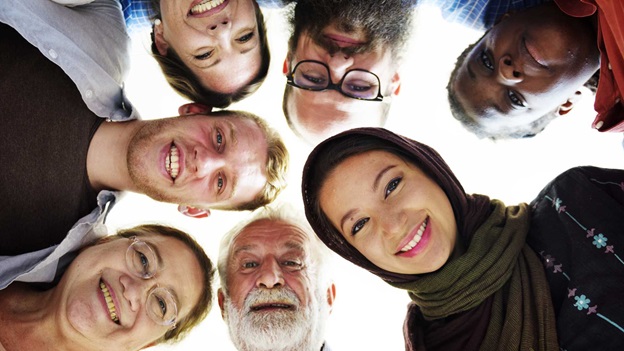
Acknowledge holidays of all cultures
One way to
build awareness of diversity and foster greater
inclusivity is to be aware of and acknowledge a variety
of upcoming religious and cultural holidays. When
closing out a team call or meeting, if the audience
isn’t too large, ask how people what their plans are to
celebrate the holiday. Use your company’s intranet to
help employees become aware of and keep track of
multicultural religious or holiday celebrations. Be
respectful of these days when scheduling meetings, and
understand that employees have different needs that may
require flexibility.
Make it easy for your people to participate in employee
resource groups
In a Wall
Street Journal article, LinkedIn’s Rosanna Durruthy
discussed leveraging employee resource groups (ERGs) as
an opportunity to grow and develop talent, and help
managers learn from these groups in a safe space. ERGs
help build a culture of connection and belonging.
Building on this, in addition to leveraging ERGs,
employers can make it easy for all employees to
participate, whether it be creating a differing pay code
for easy time tracking for ERG meetings, or asking
employees to share initiatives or projects the ERG is
focused on. Provide a toolkit or guidelines that
employees can follow to encourage them to set up a new
ERG.
Getting senior leaders on board is also critical. An
executive and/or leadership sponsor can not only help to
increase visibility, innovation, and awareness, but can
also help align ERG activities with business goals.
Additionally, commitments from senior leaders signal a
wider, organizational commitment to improving diversity,
equity, and inclusion practices.
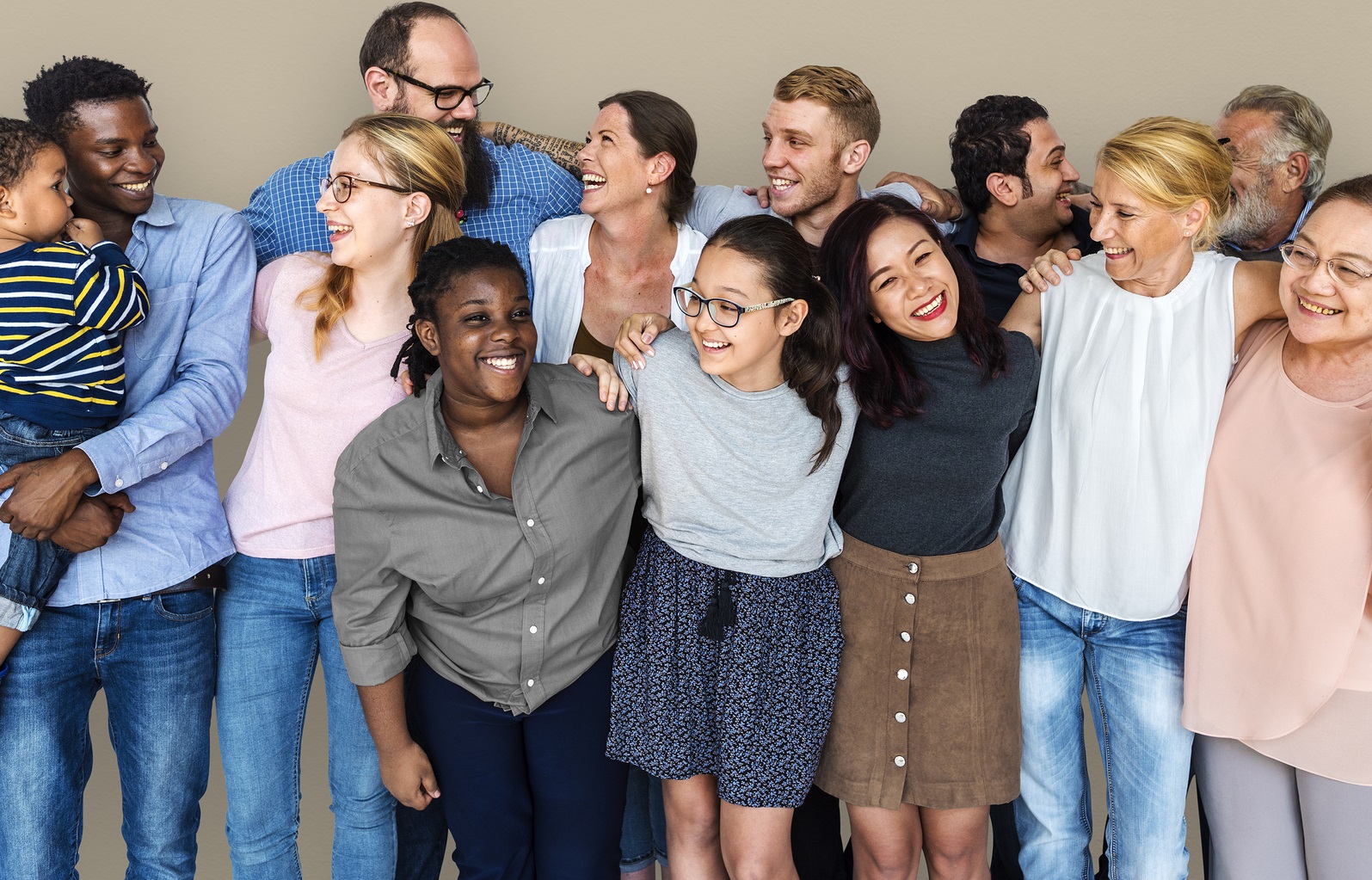
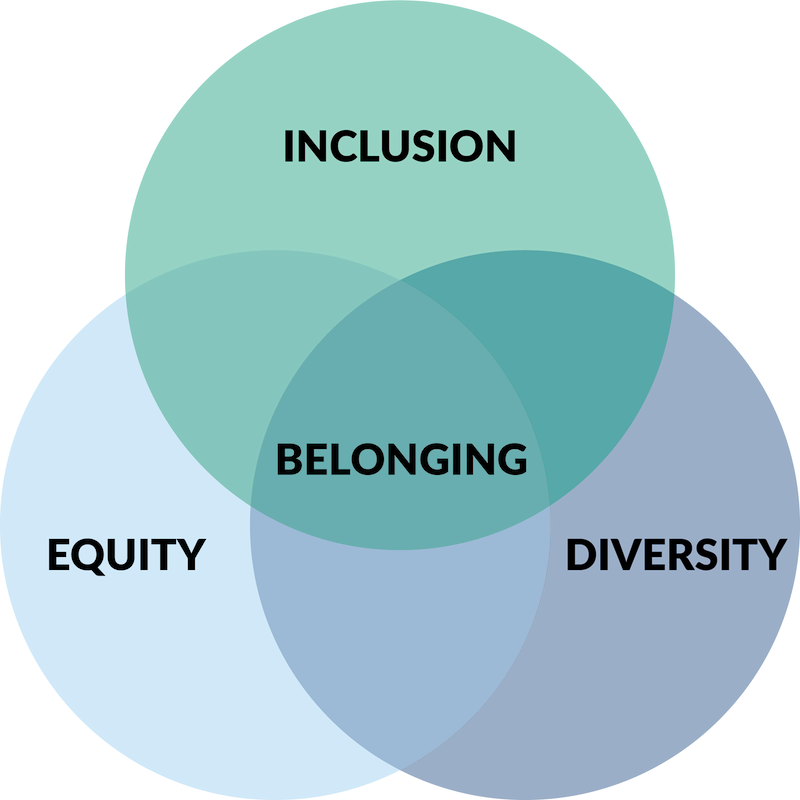
Cultural Diversity: Making Music Together
A Place for Everyone
United: Playing for Change
Benefits and Challenges of Cultural
Diversity in the Workplace
UN
Free and Equal: Be You
We
Are America: Love Has No Labels
Info: Our
Shared Humanity
Diversity is Useless Without Inclusivity
A Child's World is Pure
UN Free and Equal: Price of Exclusion
Diversity in the
Workplace: Global Intercultural Fluency
Teach Me to Dance
Mix
up your teams
Jacob Morgan, author of “The Employee Experience
Advantage” said a key part of diversity is understanding
and learning from different voices, experiences, values,
and cultures. Morgan likened team diversity to focusing
on all 64 squares in a chess game instead of getting
stuck on one aspect of the board, or where you happen to
be playing. In the context of the workplace, getting
stuck is similar to focusing only on a particular
geography, or your own department or team.
A diverse cross-section of talent allows enhanced
perspective, which will spur creativity on teams. If
your team is homogeneous, invite someone who is a
different gender, cultural background, or age, to weigh
in on an initiative or project.
Much has been written about how diversity in teams
positively impacts creativity and innovation, and the
case for an inclusive culture is only growing stronger.
There’s value in experiences with multiple perspectives,
which inspires novel thinking, connecting thoughts in
new ways, and different approaches to problem-solving.
Facilitate ongoing feedback
Organizations can encourage their people to share their
feedback to get a better understanding of what’s going
on under the surface. Deploying pulse surveys across the
workforce will arm leaders with the information needed
to make smarter decisions and reduce or eliminate any
patterns of discrimination or biases within a particular
branch or area of the organization, for example.
Anonymous feedback via an employee pulse survey can help
build a case to take immediate action on smaller, more
pressing issues as well as inform long-term strategies.
HR leaders and managers can encourage employees to use
engagement and check-in tools to facilitate
conversations and transparently communicate about how
they’re feeling.
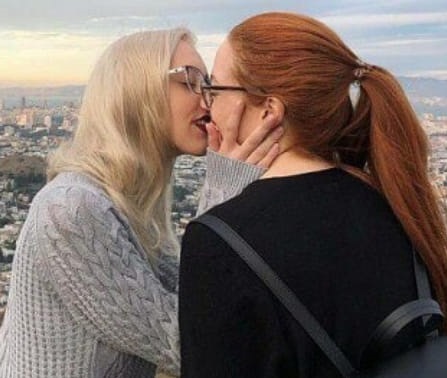
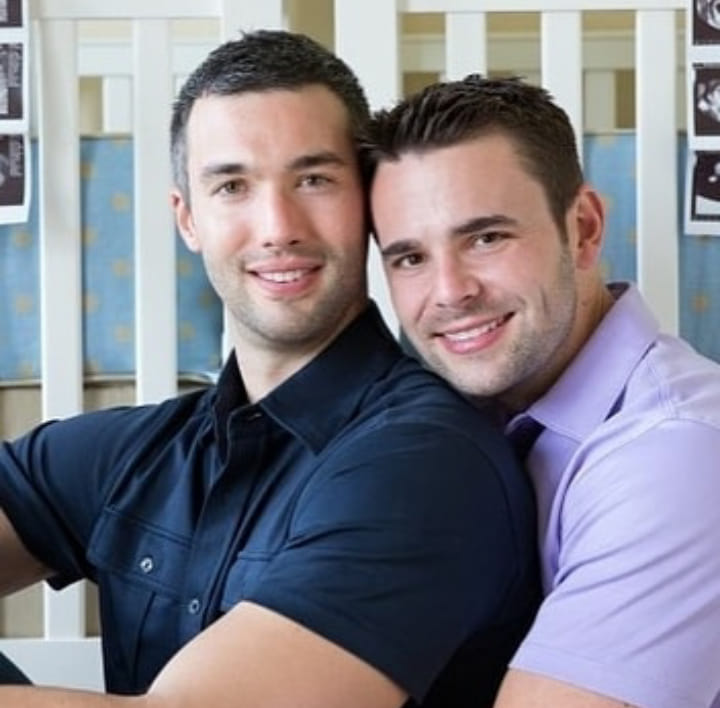
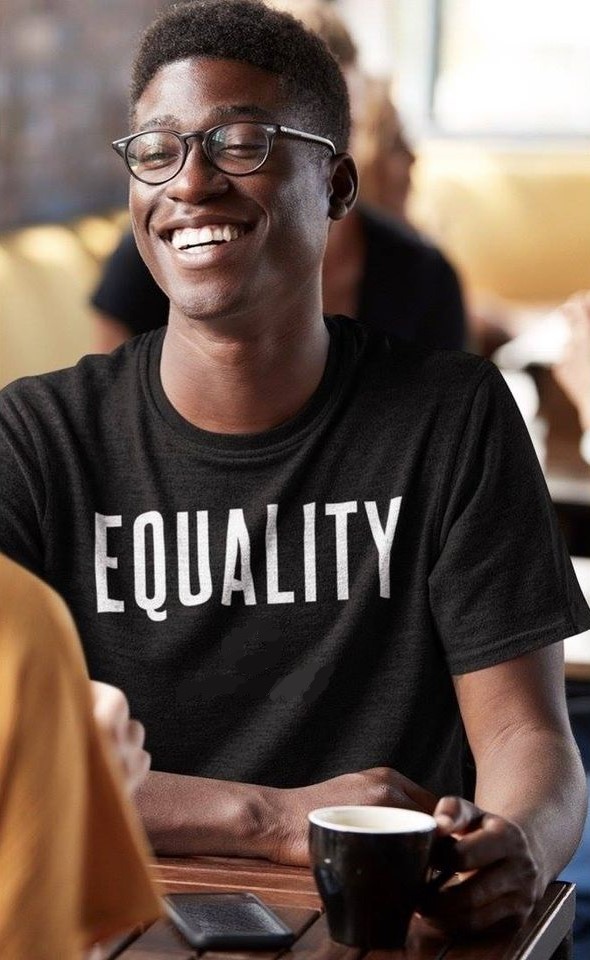
Imagine by Pentatonix
One Love:
Playing for Change
Oddisee: You Grew Up
Pete Buttigieg Explains the Purpose of DEI
Cutting Out DEI
Something Wrong in the Village
4-Year-Olds Insist They’re Twins: We Have Same Birthday and Same Soul
What the World Needs Now
Blind People Describe Racism
Speaking Up for Inclusion
Defining a Diversity and Inclusion Messaging Strategy
Benefits and Challenges of Cultural
Diversity in the Workplace
Assess company policies
Employers
will also need to assess areas of the business in which
discrimination can exist. Company policies and
interpersonal interactions (such as the way an internal
issue is handled) plays a key role in perpetuating
existing problems. Bilal explains that a main reason why
employees leave an organization is a result of poor
interpersonal interactions.
If employers start to rethink their policies, they can
address and replace negative processes or interactions
with more positive ones. Leaders first need to determine
whether policies enable or perpetuate discrimination in
the workplace such as racism or sexism and reshape them
to move towards a more equitable workplace. “Policies
live beyond people,” Bilal added.
A timely example, as noted in Ceridian’s 2021 Pulse of
Talent, relates to working from home and the COVID-19
pandemic. The ability to work from home has largely been
considered as a perk synonymous with flexibility. But
after several months of remote working in crisis mode
and with rapidly changing conditions, the current
definition of workplace flexibility, and the policies
that support it, are due for an overhaul.
True workplace flexibility should provide every employee
with the opportunity to work fairly and equitably,
whether they’re on-site, in the office, or working at
home, says Ceridian CHRO Susan Tohyama in the report.
Facilitating flexibility for all employees, she adds,
helps to establish a more equitable and inclusive
culture across the organization.

Track progress over extended periods of time
Diversity,
equity, and inclusion efforts aren’t successful
overnight. In fact, making structural changes to
workforce strategies and systems can take many months,
especially as businesses face new challenges around
hiring and managing their people. A cultural shift takes
time, which means organizations must set benchmarks and
track their progress to assess how their efforts are
moving the needle. This will not only show leaders what
strategies are working, and which ones are falling
short, but it will also help to hold them accountable in
reaching their long-term goals.
Taking bolder action with diversity, equity, and
inclusion efforts
While
diversity, equity, and inclusion are at risk during a
crisis or downturn, it’s important for companies to
recognize the key role they play in recovery,
resilience, and overall success in the future. Effective
DEI strategies will help better support employees, build
culture, and create a thriving business. Employees will
feel more engaged as they show up to work every day –
whether in person or online – feeling safe, connected,
and heard.
Diverse, equitable, and inclusive work environments also
appeal to candidates as they remain highly engaged in
conversations about breaking down systemic
discrimination and bias and are more likely to apply to
companies that are outspoken about diversity.
Organizations must assess how they stack up when it
comes to their DEI programs and identify areas that need
to be put into even greater focus. Most importantly,
companies must recognize that diversity, equity, and
inclusion is not an option or a “nice-to-have."
It’s a necessity.
[Source: Ceridian, January 2021]
Cultural Diversity: Making Music Together
A Place for Everyone
United: Playing for Change
Benefits and Challenges of Cultural
Diversity in the Workplace
UN
Free and Equal: Be You
We
Are America: Love Has No Labels
Diversity is Useless Without Inclusivity
UN Free and Equal: Price of Exclusion
Diversity in the
Workplace: Global Intercultural Fluency
We
Are All Equal
Teach Me Your Favorite Dance Move 1
Around the World:
Beautiful Women
Diverse Humanity: Photo
Project
McKinsey & Company:
Diversity and Inclusion
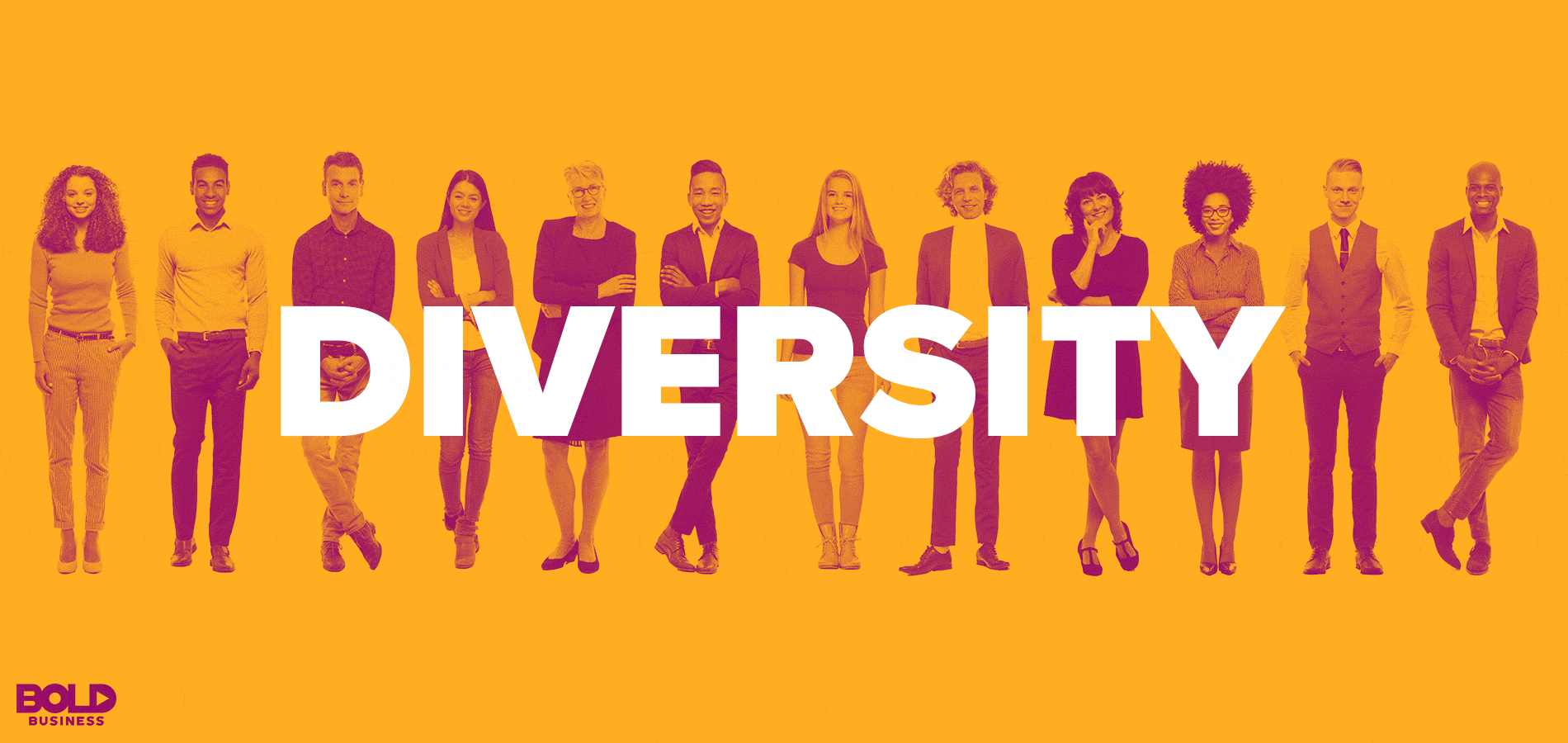
Cutting Out DEI
Modern Family: Celebrate Your
Heritage
Educators: When It Comes
to Diversity, Equity and Inclusion, We Can't Be Silent
Diversity One
Around the World: Favorite Dance Moves
Different Kinds of Families
Kids Around the World:
Being a Boy or Girl
Info: Our
Shared Humanity
All Around the World by John Batiste, Keb Mo, Taj Mahal
Open Your World
Harry Belafonte: Earth Song
Speaking Up for Inclusion
Defining a Diversity and Inclusion Messaging Strategy
What the World Needs Now
World Faces
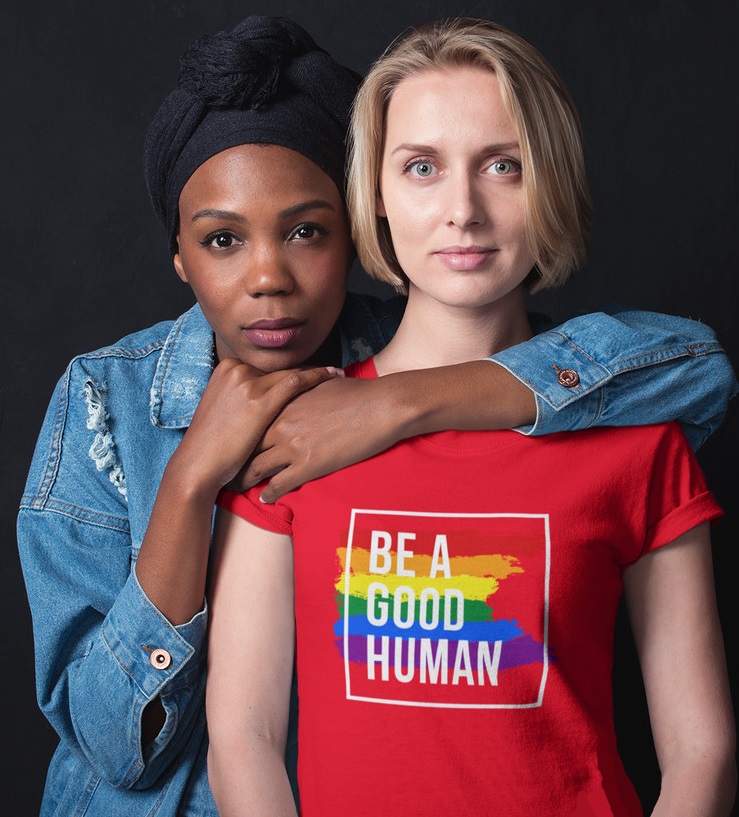
Equality
You declare you see me dimly through a glass which will
not shine,
though I stand before you boldly, trim in rank and
marking time.
You do own to hear me faintly as a whisper out of range,
while my drums beat out the message and the rhythms
never change.
Equality, and I will be free. Equality, and I will be
free.
You
announce my ways are wanton, that I fly from man to man,
but if I'm just a shadow to you, could you ever
understand ?
We have lived a painful history, we know the shameful
past,
but I keep on marching forward, and you keep on coming
last.
Equality, and I will be free. Equality, and I will be
free.
Take the
blinders from your vision, take the padding from your
ears,
and confess you've heard me crying, and admit you've
seen my tears.
Hear the tempo so compelling, hear the blood throb in my
veins.
Yes, my drums are beating nightly, and the rhythms never
change.
Equality, and I will be free. Equality, and I will be
free.
[Source: Maya Angelou]
Rainbow Riots: Freedom
UN
Free and Equal: Be You
McKinsey & Company:
Diversity and Inclusion
Diversity Resources for the Workplace
Speaking Up for LGBTQ Inclusion
Improve Diversity and Inclusion in the Workplace
Imagine by Pentatonix
One Love:
Playing for Change
Oddisee: You Grew Up
What the World Needs Now
Blind People Describe Racism
Speaking Up for Inclusion
Defining a Diversity and Inclusion Messaging Strategy
Benefits and Challenges of Cultural
Diversity in the Workplace
Teach Me Your Favorite Dance Move 2
Diversity
Training
Teaching Tolerance
Human diversity is a normal, natural thing. We teach our
kids that it is alright to be different, but we don’t
tell them how different it is okay to be. Today, the
most common place to study differences of the world is
in the classroom. If children are to grow up prepared to
live in a complex, multicultural society, more issues of
diversity need to be discussed in the classroom. The
issue of sexual orientation has become of great
importance to today’s children. Researchers and social
scientist suggest that 1 to 3 of every 10 students is
either gay or lesbian, or has an immediate family member
who is.
With the an increasingly diverse workforce and consumer
market, and the rise of the gay, lesbian, bisexual and
transgender workforce over the last decade, many
employers struggle to help their established workforce
adapt, and furthermore to bring new staff into the
organization's culture.
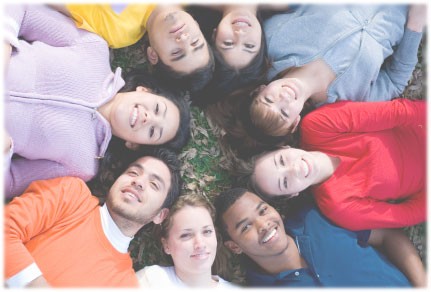
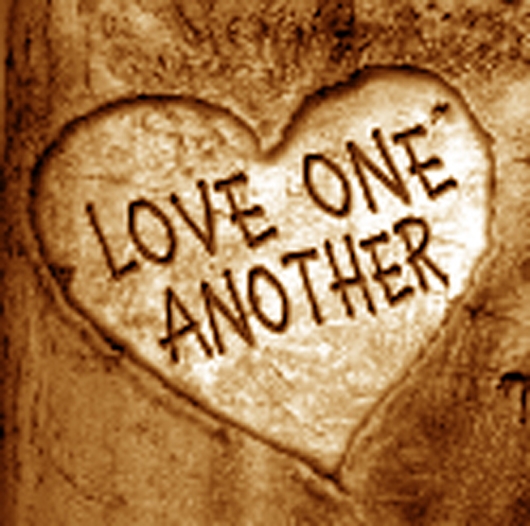
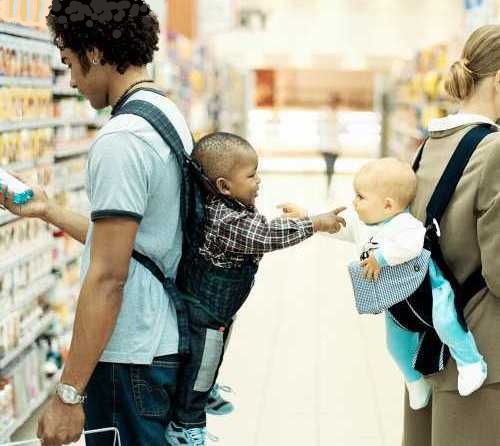
In a 2006
Society for Human Resource Management (SHRM) survey, 76
percent of HR professionals indicated that their
organizations provided training on diversity issues.
SHRM broke diversity training into several categories:
anti-discrimination training, diversity awareness
training, cultural awareness training, diversity
management/leadership training, diversity
knowledge/skills-based training, or dimension-specific
workshops.
The Human Rights Campaign (HRC) Foundation's records
show that more than half of the Fortune 500 provide some
form of diversity training that includes sexual
orientation, and most of all the employers that prohibit
discrimination based on gender identity have some form
of related diversity training.
Teach Me to Dance
Pete Buttigieg Explains the Purpose of
DEI
Accelerated Conversations:
Diversity, Equity, Inclusion
Diversity Doesn't Stick Without Inclusion
How to Create an Inclusive Environment for LGBTQ
Employees
Imagine: Pass It On
Teach Me Your Favorite Dance Move 1
Beauty in Every Corner of
the World
We
Are America: Love Has No Labels
Why Diversity and Inclusion Matter
Cultural Diversity: Stereotypes and Communication
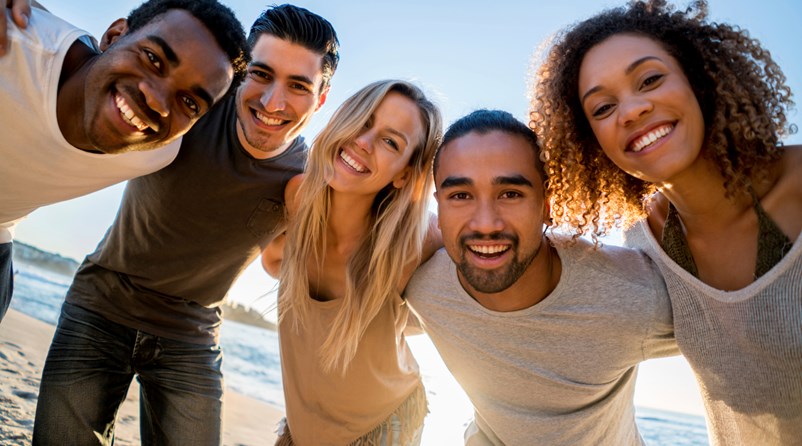
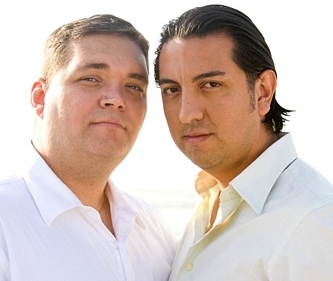
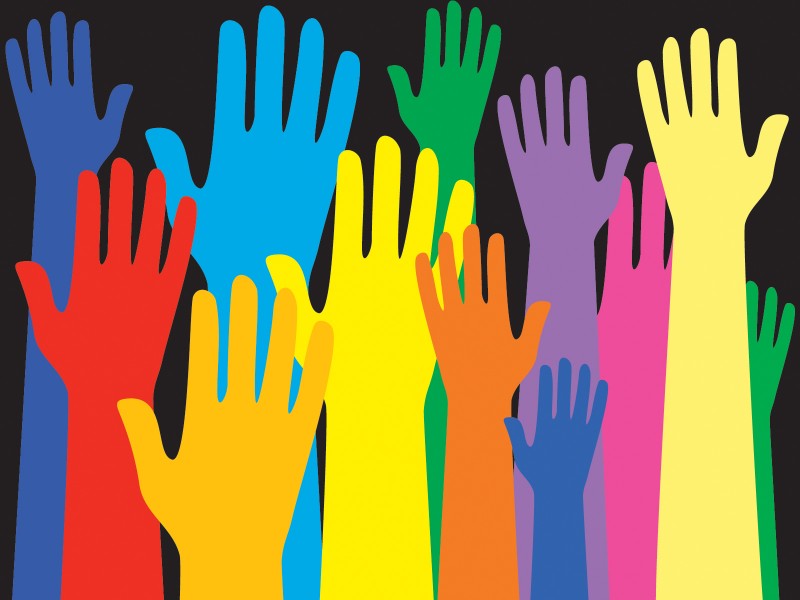
Apart from
having an inclusive equal employment opportunity or
non-discrimination statement, employers need to
communicate these policies to all of their employees.
But, in doing so, many employees will require guidance
with basic information:
Who does this affect? The non-discrimination policy
applies to everyone, including employees, job
applicants, customers and clients.
What are we talking about? What do the terms "sexual
orientation" and "gender identity" mean? How do those
terms apply to everyone?
Why does the business care? Explain the business
rationale. For example, "we want all employees to feel
safe and comfortable so they can be productive." What
laws come into play?
How does this affect us? How should we acknowledge
people who differ from ourselves on these
characteristics?
Preferably, most diversity training is done proactively,
and many employers opt to go into greater depth with
managers. However, employers may find an issue arise
within a particular worksite or workgroup that requires
follow-up.
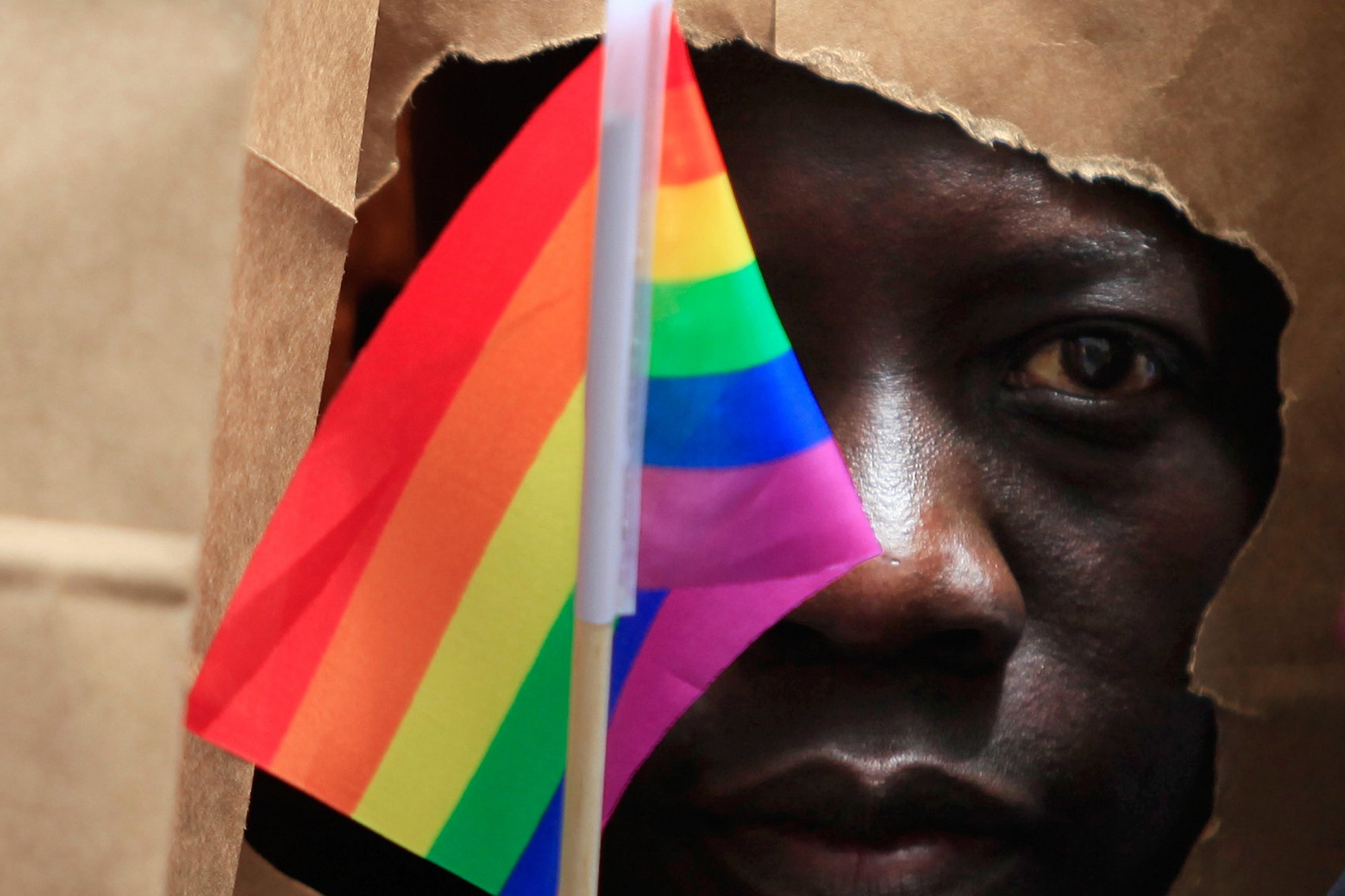
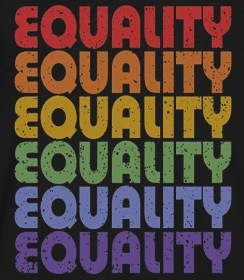
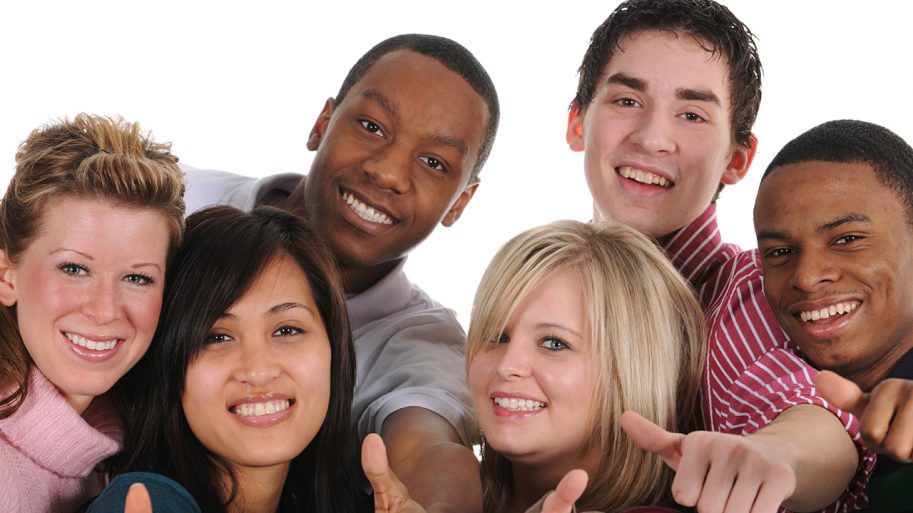
Diversity in the
Workplace: Global Intercultural Fluency
Forbes:
Diversity and Inclusion
Cutting Out DEI
Diversity is Useless Without Inclusivity
New LGBTQ Workplace Has
Arrived
Info: Our Shared Humanity
Diversity Journal: Moving From Diversity to Inclusion
LGBTQ Voices: Learning
From Lived Experiences
Born Free and Equal
4-Year-Olds Insist They’re Twins: We Have
Same Birthday and Same Soul
TED Talk: Inclusion Over Diversity
Trends in Diversity and Inclusion
Workplace Diversity Trends
Why Diversity
and Inclusion Matter
Employees
report experiencing trust and increased engagement at
work when they both feel included and perceive that
their employer supports diversity practices, such as
recruiting diverse job candidates.
Strong diversity climates are also linked to reduced
instances of interpersonal aggression8 and
discrimination.
In a 2016 study, nearly two-thirds (65%) of employees
felt that respectful treatment of all employees was a
very important factor in their job satisfaction.
When a workforce reflects the racial/ethnic diversity of
its consumer base, employee productivity increases.

Diversity in gender, country of origin, career path, and
industry background are all highly linked to innovation
among managers.
Teams that include different viewpoints or thinking
styles (cognitive diversity) solve problems faster.
In a study on the decision-making behaviors of board
directors, “deep-level diversity” (differences in
background, personality, values) contributed to a higher
degree of creativity.
Employees who feel included report higher levels of
innovation and team citizenship.
Gender-diverse corporate boards are associated with more
effective risk-management practices when investing in
research and development (R&D).
Companies with gender-diverse boards have fewer
instances of controversial business practices such as
fraud, corruption, bribery, and shareholder battles.
Gender-diverse boards are also associated with better
collection and transparent disclosure of stock price
information, as well as fewer financial reporting
mistakes.
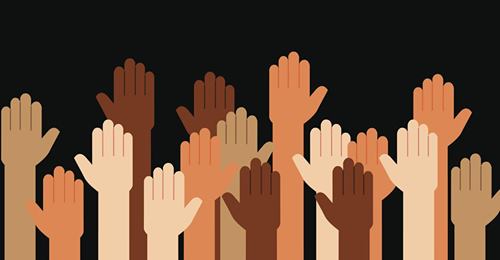
Kids Around the World:
Being a Boy or Girl
Accelerated Conversations:
Diversity, Equity, Inclusion
Info: Our
Shared Humanity
Diversity in the
Workplace: Global Intercultural Fluency
Improve Diversity and Inclusion in the Workplace
We
Are All Equal
United Nations: Universal Declaration of Human Rights
Dance Diversity: Favorite Dance Moves
Rainbow Riots: Equal Rights
Wake Up Everybody
Benefits and Challenges of
Cultural Diversity in the Workplace
As national politics and discourse seem to grow more
inward-looking and divisive across America and Europe,
successful businesses must continue to think inclusively
and globally. Embracing cultural diversity in the
workplace is an important first step for businesses that
want to be competitive on an international scale.
From the Virgin Group to Disney and
PricewaterhouseCoopers, organizations across industries
are embracing the benefits of a diverse workforce. But
with benefits necessarily come challenges of working
across borders, cultures, and languages.
Benefits
--Diverse cultural perspectives can inspire creativity
and drive innovation
--Local market knowledge and insight makes a business
more competitive and profitable
--Cultural sensitivity, insight, and local knowledge
means higher quality, targeted marketing
--Drawing from a culturally diverse talent pool allows
an organization to attract and retain the best talent
--A diverse skills base allows an organization to offer
a broader and more adaptable range of products and
services
--Diverse teams are more productive and perform better
--Greater opportunity for personal and professional
growth
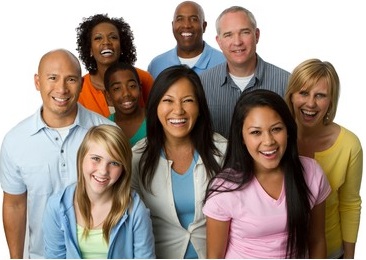
Challenges
--Colleagues from some cultures may be less likely to
let their voices be heard
--Integration across multicultural teams can be
difficult in the face of prejudice or negative cultural
stereotypes
--Professional communication can be misinterpreted or
difficult to understand across languages and cultures
--Navigating visa requirements, employment laws, and the
cost of accommodating workplace requirements can be
difficult
--Different understandings of professional etiquette
--Conflicting working styles across teams
[Source: Katie Reynolds, Hult international Business
School]
Something Wrong
in the Village
Benefits and Challenges of Cultural
Diversity in the Workplace
New LGBTQ Workplace Has Arrived
Open Your World
LGBTQ Voices: Learning
From Lived Experiences
Speaking Up for LGBTQ Inclusion
Pete Buttigieg Explains the Purpose of DEI
Universal Declaration of Human Rights
Harry Belafonte: Earth Song
TED Talk: Inclusion Over Diversity
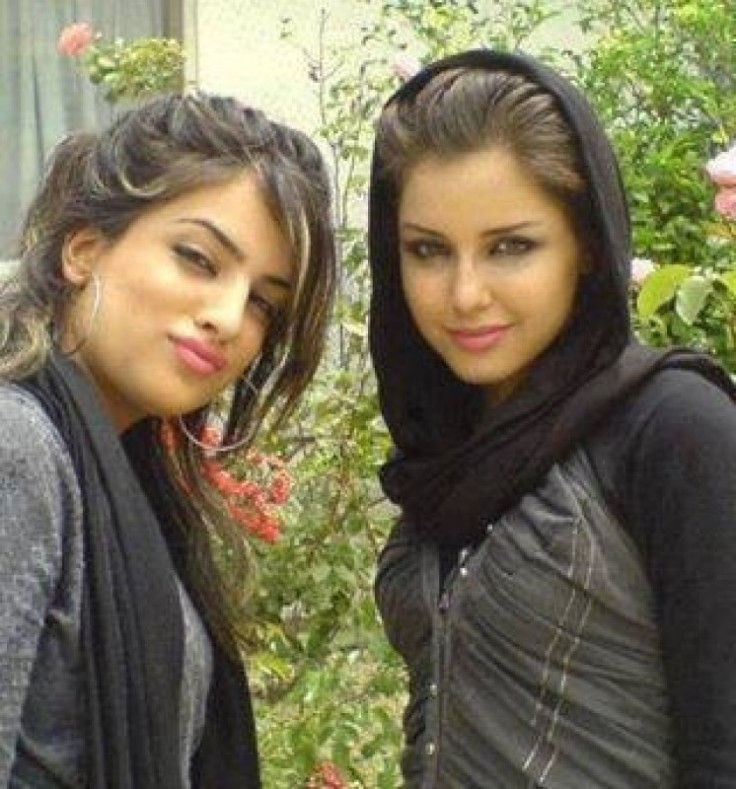
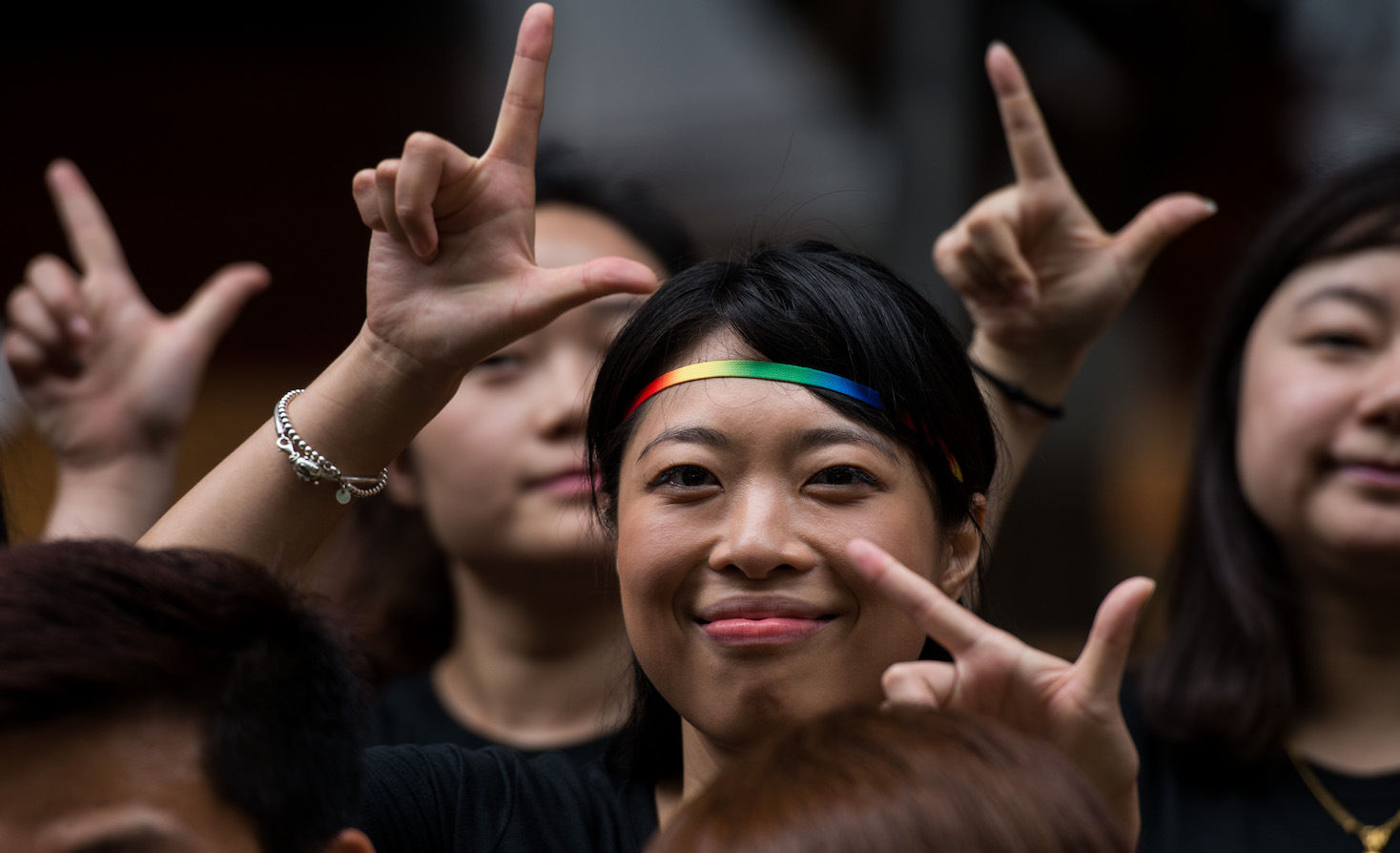
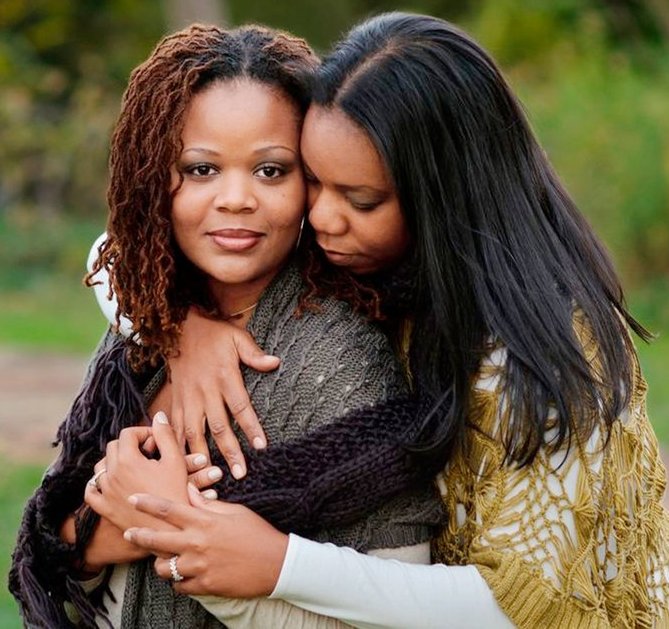
Diversity in
Organizations
To ensure the success and
satisfaction of all team members, it is critical to
foster an organizational culture that is increasingly
inclusive and participatory, which values the diverse
ideas, experience and background of every individual,
and empowers an innovative, flexible and resilient team.
To this end, three elements are key: relevancy,
diversity, and inclusion.
--Relevancy is achieved
when all team members are able to establish a personal
connection to the organization and find meaning and
value in the mission of the
organization.
--Diversity represents
the practice of actively incorporating people of
different backgrounds, perspectives, thoughts and
beliefs throughout the organization to ensure that the
overall team is advantaged by the best thinking
possible. Diversity represents the wide range of visible
and invisible differences and similarities that make
each of us unique.
--Inclusion is the practice of intentionally building a
culture that is flexible, that values diverse ideas, and
embraces the meaningful
participation of all.
[Source: National Park
Service, Diversity Training Program]
New LGBTQ Workplace Has Arrived
Sia: Together
Forbes:
Diversity and Inclusion
Teach Me Your Favorite Dance Move 2
Info: Our
Shared Humanity
Educators: When It Comes
to Diversity, Equity and Inclusion, We Can't Be Silent
Benefits and Challenges of Cultural
Diversity in the Workplace
Diversity is Useless Without Inclusivity
UN Free and Equal: Price of Exclusion
Diversity Journal: Moving From Diversity to Inclusion
Born Free
and Equal
Workplace 2020: All Types
of Diversity
Frozen II: International Voices of Elsa
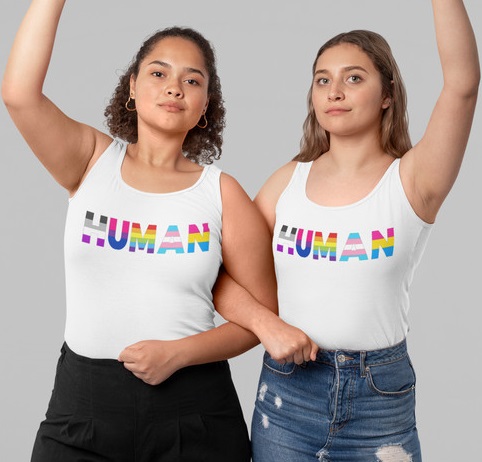

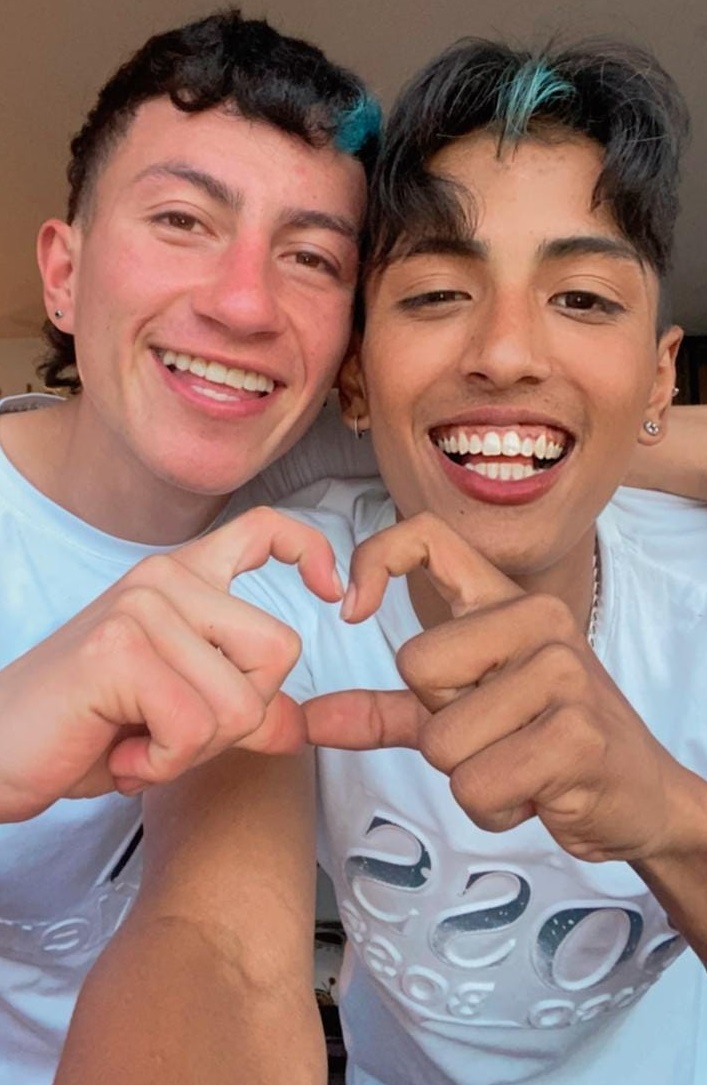
Improving
Diversity and Inclusion
Benefits of a Diverse Workplace
Diversity in the
workplace statistics show that most companies need to
desperately consider aspects of inclusivity to create a
diverse workforce.
Mention diversity in the workplace and you’ll generally
get a positive response from executives. That’s because
most of them understand the many benefits of a diverse
workforce. They know that innovation and terrific
customer service are two key ways any company can stay
competitive in tough markets and show consistent revenue
growth.
And execs know a diverse workforce (in age, race,
religion, nationality, sexual orientation, and gender)
brings diverse viewpoints and perspectives to the
company; these elements can help you develop great new
products and great new ways to cater to customers. A
recent Medium article (The Top 5 Diversity Workplace
Statistics) shows the benefits of diversity include
higher revenue, more innovation, better decision making,
higher rates of job acceptance when you make offers to
qualified candidates, and better performance than
competitors.
Therefore many execs have no problem embracing policies,
initiatives, and tools designed to increase levels of
diversity among employees. A diverse workforce, however,
is just the first step. That’s because diversity in the
workplace does not necessarily mean inclusivity in the
workplace. Yes, making diversity a priority is
important; but so is the next logical step: creating a
culture where people from all backgrounds feel included.
Inclusivity is the key to actually maintaining (not just
creating) diversity in the workplace.
When it comes to establishing and following through on a
commitment to diversity and inclusion, however, you can
have a big impact. Here are the ways you can support
inclusion and diversity in your workplace.
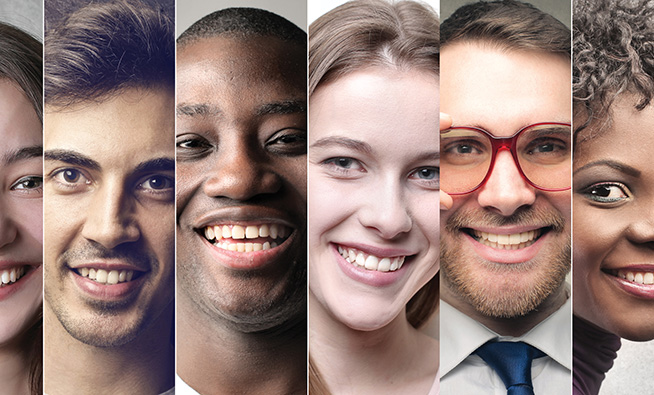
Use the
“Inclusive Workplace Model”
What’s the difference
between diversity and inclusion in your workplace? If
your company doesn’t score high inclusivity marks, you
risk alienating some of your workforce.
For example, consider the employee who’s a native
Spanish speaker but doesn’t feel entirely comfortable to
speak any language other than English in workplace
common areas. Or the breastfeeding mother just returning
to work who has no space to pump her breast milk. Or the
Muslim employee who feels insecure about maintaining his
daily prayer routine on company grounds.
When your employees feel they have to hide or mask core
parts of themselves at work because they feel unsure,
unsafe, or invisible, it can take a toll on motivation,
engagement, and (ultimately) employee retention and
turnover rates.
Diversity in the workplace statistics show that most
companies desperately need to consider aspects of
inclusivity as part of their efforts to create a
workforce that reflects a variety of backgrounds and
experiences.
When your employees feel they have to hide or mask core
parts of themselves at work because they feel unsure,
unsafe, or invisible, it can take a toll on motivation,
engagement, and (ultimately) employee retention and
turnover rates.
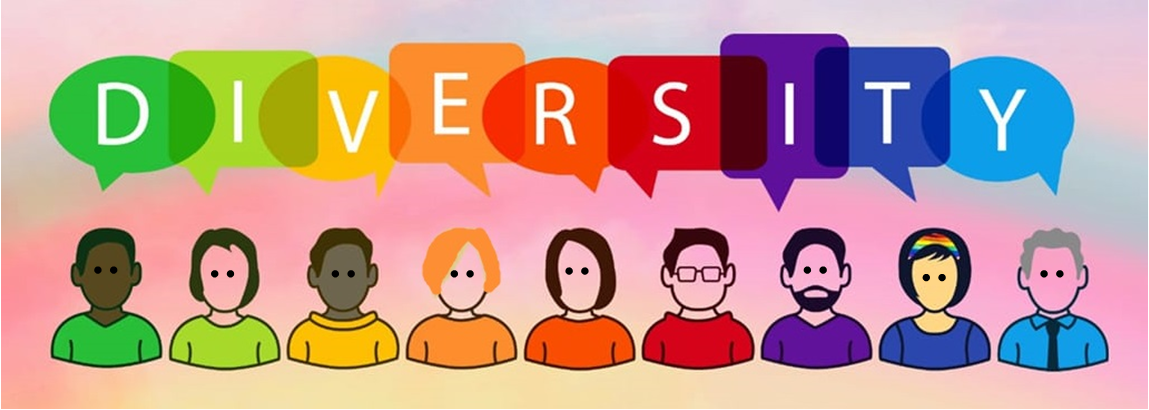
All Around the World by John Batiste, Keb Mo, Taj Mahal
Imagine: Pass It
On
Beauty in Every Corner of
the World
Accelerated Conversations:
Diversity, Equity, Inclusion
TED Talk: Inclusion Over Diversity
Info: Our
Shared Humanity
What the World Needs Now is Love Sweet Love
Faces: Can You See Past
the Label?
Pete Buttigieg Explains the Purpose of
DEI
Stand By Me: Playing for Change
Evaluate your
executive team – Do they portray diversity and
inclusion?
How diverse is your
executive team? The makeup of your executive team is a
huge signifier to the rest of your workforce (not to
mention your customers, partners, and other
stakeholders). The top management of a company speaks
volumes about your culture.
Accordingly, it is essential to have diversity among top
management that is diverse. Are men and women equally
represented? What about people from various cultural and
religious backgrounds?
A survey report from Boston Consulting Group (BCG) found
among the Fortune 500 companies, only 24 CEOs are women,
which represents just 5% of the total number of CEOs.
The same report pointed out that, among the 500 CEOs,
only three are black, another three are openly gay, and
one identifies as a lesbian.
As an HR professional, you may not have much control
over your executive team; but if you do have the means
to make a case about diversity and inclusion to the
C-suite, you should. And you can help your executives
communicate with employees authentically and
transparently.
A survey report from Boston Consulting Group (BCG) found
among the Fortune 500 companies, only 24 CEOs are women,
which represents just 5% of the total number of CEOs.
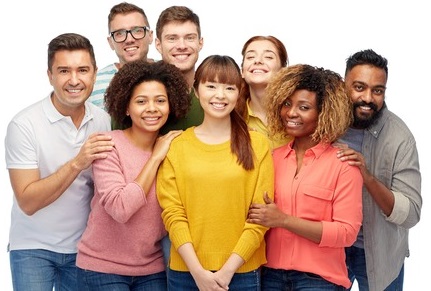
Diversity One
Teach Me to Dance
UN Free and Equal: Be You
LGBTQ Rights: Human Rights Leaders Speak Out
Trends in Diversity
and Inclusion
How to Create an Inclusive Environment for LGBTQ
Employees
Respectability Politics: Can You Be Too Gay?
Avett Brothers: This Land is Your Land
The Love: Joe Biden,
Jennifer Hudson, Black Eyed Peas
Ode to Joy: Socially Distant Orchestra
Acknowledge and
honor multiple religious and cultural practices.
Introduce a policy for
honoring a variety of cultural and religious practices.
You can do this by focusing on holidays and
celebrations. This Forbes article suggests designating a
special refrigerator to keep Kosher food items separate,
for example. And the Society of Human Resource
Management (SHRM) notes some companies still give
Christmas Day off, but also offer “floating holidays” to
accommodate the religious preferences of all employees.
(Speaking of Christmas, make your holiday party
nondenominational.) When employees feel satisfied
with and supported in their work environment, the
company benefits from higher employee retention.
Foster a
company culture where every voice is welcome, heard, and
respected
Most often employees quit jobs when they feel that their
authentic self and uniqueness is not appreciated or
valued. As such, it is vital to create an environment
where they feel a sense of connectedness to the company
and its people.
Employees need to feel free to express themselves based
on their unique perspectives. Companies must make sure
employees feel included and respected regardless of...
--age
--gender
--race
--religion
--sexual orientation
--physical conditions
--cultural background
--country of origin
When it comes to
supporting diversity and inclusion in the workplace,
don’t play favorites, practice basic courtesy, and pay
special attention to how you can embrace
non-discriminatory practices and policies. Employees
feel included when they feel “safe” to voice their
concerns and opinions without fear of victimization. The
freedom of expression without fear also empowers
companies to not just listen to but also actively
embrace diverse viewpoints.
One great way to do this is to invest in a workforce
communications platform. By integrating all your
communications channel into one platform, you will reach
each worker on their preferred channel. You will truly
help your workforce feel connected and included in
larger company initiatives and goals. Also, you will
gain insights from unified analytics to understand how
best to meet their needs and help them thrive. And
you’ll provide a personalized employee experience that
is inclusive and allows all voices to be heard.
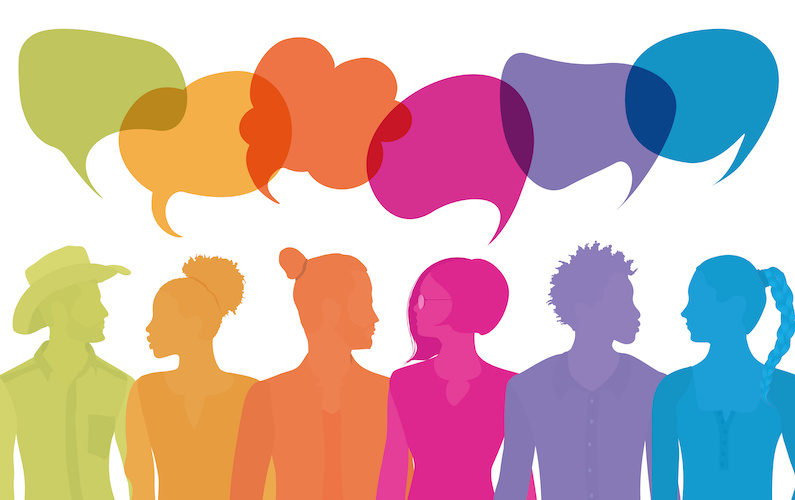
Open a dialogue
about gender pay inequality
Want a culture of
inclusion built on trust and transparency? Get ready to
talk about gender and potential pay disparities, and
possibly reveal some of the company’s data points around
compensation.
Gender pay equity is a big point of contention at many
companies. Workforce trust and a sense of inclusion are
built around a company’s transparency in its policies
and communication about those policies. For companies
that have gender pay imbalance, it is important to open
the communication channels so that employees can give
their feelings and opinions. Additionally, present to
them with clarity, the strategy the company is or will
be using to address the gap. That way, they will feel
safe knowing that the company is committed to taking
action to bridge the gender pay gap.
It is crucial to avoid being defensive in presenting
your company’s data around such policies. If data is
skewed for a variety of factors (such as maternity leave
vs. untaken paternity leave, for example), explain this
the employees in a straightforward, clear way. Gender
pay equity is a big point of contention at many
companies. Workforce trust and a sense of inclusion are
built around a company’s transparency in its policies
and communication about those policies.
Lean on Me: Canadian Artists for the World
We
Are the World 2020: Together at Home
Orchestra Musicians
Worldwide: Tribute to Coronavirus Victims
Info: Our Shared Humanity
Hope for the Future:
Trumpet Tribute From 14 Countries
You've Got a Friend: Worldwide Cast
Lockdown Waltz: 75 People, 11 Countries, 3
Continents
You'll Never Walk Alone:
Virtual Choir, 15 Countries, 300 People
Educators: When It Comes
to Diversity, Equity and Inclusion, We Can't Be Silent
Global Dancing: Favorite Dance Moves
Harry Belafonte: Earth Song
What World Needs Now
Welcome a
multilingual workforce
Imagine being part of a working environment where almost
everyone regularly speaks a language not native to you?
If you truly want everyone to feel included, make sure
you take into account language barriers and preferences.
Global companies deal with this sort of thing all the
time; let’s say they have different teams, working in
different countries, speaking the same language … but
they want to invite all those teams to participate in a
virtual event. What language should be spoken by the
person who introduced that event? What language will
your CEO make her speech in?
Global companies know to offer translation services so
that everyone can understand what’s being said and also
feel included. (If the CEO speaks multiple languages,
she might opt to leverage that in her speech as well.)
But just as important in small companies is simply to
make sure everyday employees feel secure and comfortable
communicating in whatever language they find most
suitable for them, especially in common areas or during
company-sponsored or sanctioned events.
As a long-term approach, having a multilingual workforce
may call for educational opportunities for workers to
learn other languages. This might sound prohibitively
expensive but think of it as an investment that yields
returns in due time.
It is also a good idea to consider applicants’ language
skills during the recruitment process. For example, with
the same qualifications, it might make more sense to
hire an individual who speaks more than one language.
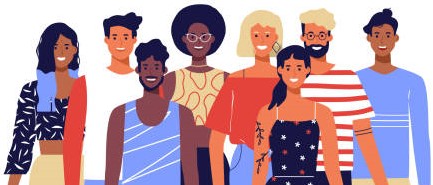
Foster diverse thinking
When you make an effort to hire for diversity, you put
your company in a good position to think in culturally
diverse ways. But for diverse viewpoints to really
stick, you must account for inclusivity.
This is important because different people from
different backgrounds and generations sometimes have
vastly different perspectives on all sorts of issues,
from what they choose to wear to work, to how they
compose an email, to the kind of feedback they give on
employee reviews, to what kinds of ideas they pitch in
meetings. So it’s not just important for an individual
employee or even a small team or department to
understand thinking patterns; it’s also important that
they know and understand how other people at the company
think.
Embracing diverse thinking is useful in generating ideas
and getting useful feedback while at the same time
creating an environment where everyone feels relevant
and part of a shared mission.
Build a
multigenerational workforce
Today, millennials make
up the vast majority of the workforce. Having a
workforce that recognizes and accommodates multiple
generations is essential in building a diverse and
inclusive workforce. And while millennials are generally
known for being tech savvy, bear in mind this generation
encompasses ages 22 to 38. The older millennials might
not have the same proficiency with tech tools as their
younger counterparts.
You can really see this at work in communications
practices. Sometimes certain employees are more
comfortable using social channels, for example, or group
chat functions. On the other hand, employees of older
generations might not embrace such communications
channels so readily.
Again, communications professionals can invest in a
workforce communications platform to easily and
efficiently create and send messages via channels that
employees prefer; this will help communicators craft
messages that will appeal to all generations, and
encourage engagement. Having a workforce that recognizes
and accommodates multiple generations is essential in
building a diverse and inclusive workforce.
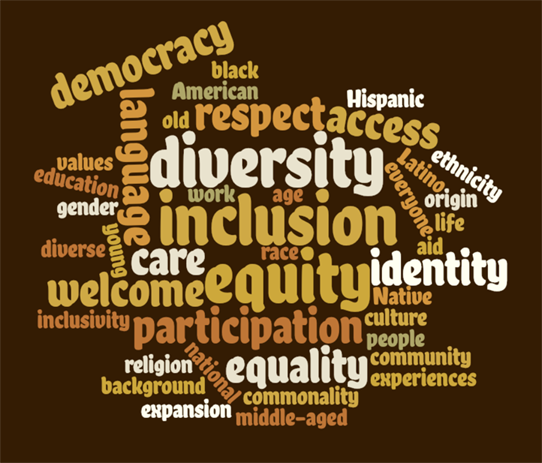
Pete Buttigieg
Explains the Purpose of DEI
Faces: Can You See Past
the Label?
Stand By Me: Playing for Change
UN Free and Equal: Be You
Diversity
One
LGBTQ Rights: Human Rights Leaders Speak Out
Trends in Diversity
and Inclusion
How to Create an Inclusive Environment for LGBTQ
Employees
Respectability Politics: Can You Be Too Gay?
Reflect everyone’s
needs and preferences at everyday gatherings
In addition to holiday
parties, many offices celebrate minor holidays (like
Halloween) or events like birthdays. Whenever you have
even a casual company event, be sure to include food and
beverages that everyone can eat and drink. For instance,
include both alcoholic and non-alcoholic drinks during
events, and you may want to avoid hosting offsite events
at bars. (Happy hours can be held in bar/restaurant
spaces.)
Also, not everyone likes to celebrate birthdays, so be
sure to ask the employee what he or she prefers (and
never reveal the employee’s age or year of birth). Make
sure employees know such events are optional. For
example, some employees may suffer from intense shyness
and would panic at the thought of having to attend a
work-sponsored karaoke event.
This doesn’t mean you have to forgo small, ordinary
celebrations altogether. But asking proper questions
about preferences and offering a variety of food and
drink options will go a long way in making such
experiences more inclusive.
Strengthen
anti-discriminatory policies
A Harvard Business Review survey found that 75% of
respondents found that superficial policies and language
was insufficient to truly institute real change. They
believed that leadership commitment and strengthening
anti-discriminatory policies were critical. Also, every
organization is different, so a tailored approach makes
sense for success.
Make your
workspaces inclusive
You can establish gender-friendly bathrooms and
restrooms and also set up dedicated nursing rooms for
mothers. (Mothers should not have to book a conference
room or hide in the bathroom.) A nursing room needs a
door that locks, a comfortable chair, covered windows,
proper ventilation, and a special refrigerator to store
the pumped milk.
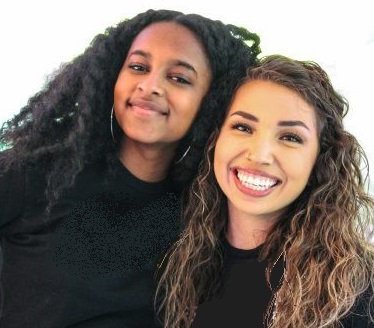
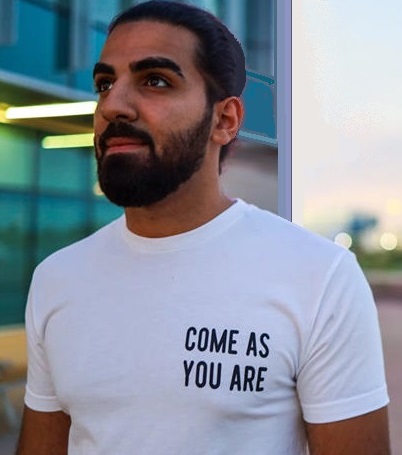
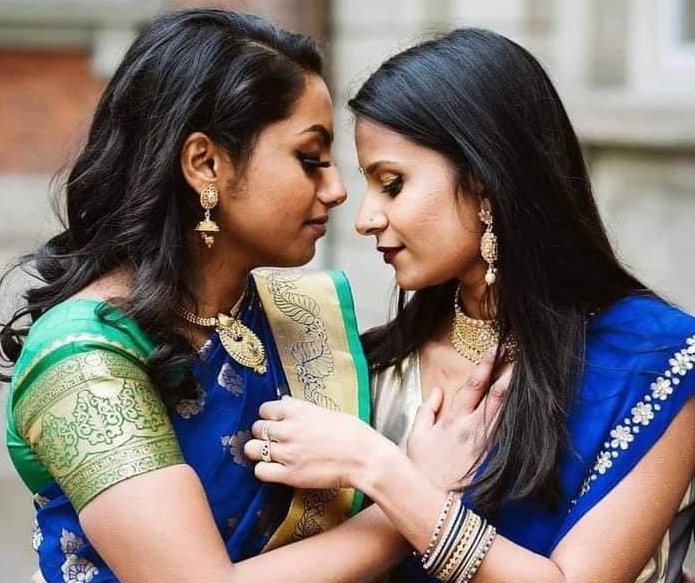
Harry Belafonte: Earth Song
What I Be:
Insecurities and Images
All Around the World by John Batiste,
Keb Mo, Taj Mahal
Best
Friends: Beer and Dialogue
Around the World:
Beautiful Women
One Love:
Playing for Change
Imagine by Julian Lennon
What the Struggle for Gay Rights Teaches Us about
Bridging Differences
Twin Teens: One Black One White Celebrate Differences
United Nations: Universal Declaration of Human Rights
Info: Our Shared Humanity
Eliminate bias in
the evaluation process and promotion opportunities
A large body of research
shows that the hiring process is unfair and full of
bias. Much of it is unconscious sexism, racism, and
ageism. If left unchecked, it can harm your company.
Iris Bohnet, director of the Women and Public Policy
Program at the Harvard Kennedy School and author of What
Works: Gender Equality by Design explains, “Seeing is
believing… If we don’t see male kindergarten teachers or
female engineers we don’t naturally associate women and
men with those jobs, and we apply different standards”
when we hire, promote, and evaluate job performance.
“Managers have to learn to de-bias their practices and
procedures.”
Some strategies to combat bias include:
--Rewriting job descriptions so they are gender neutral
and use words that strike a balance of gendered
descriptors and verbs
--Create a blind system of reviewing resumes so you
don’t see “demographic characteristics”
--Set diversity goals as an organization, which will
help you track your progress
Segment employee
engagement surveys by minority groups
The annual pulse survey
is common among companies, but many neglect to segment
that data according to gender, generation, ethnicity,
geography, and others. By only looking at total numbers,
HR pros may miss the whole picture and an opportunity to
identify issues pertaining to those groups.
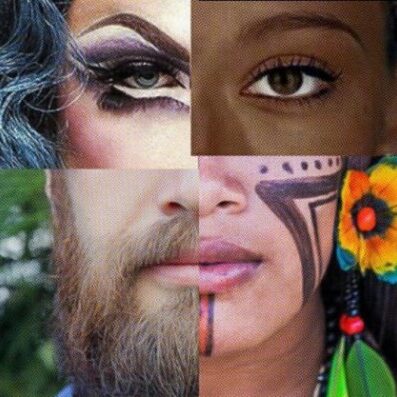
Use
independent groups to conduct focus groups
Focus groups are a good way to collect qualitative data
and gain deeper insights into employees. By using an
outside facilitator, employees may be more comfortable
speaking freely, and the outside company will maintain a
neutral position.
Personalize
one-on-one discussions
One of the best ways to learn what employees care about
is one-on-one talks with their manager. In order for
these discussions to truly be effective, managers must
have an “open door” policy. Workers need to feel
comfortable in speaking their mind honestly and openly.
Managers (and leaders in general) can do this with
authentic executive communications. By showing they too
are human, employees will feel comfortable speaking up
and trusting their leadership.
[Source: Social Chorus, December 2020]
New LGBTQ Workplace Has Arrived
Sia: Together
Teach Me to Dance
Forbes:
Diversity and Inclusion
Benefits and Challenges of Cultural
Diversity in the Workplace
Diversity is Useless Without Inclusivity
UN Free and Equal: Price of Exclusion
Teach Me Your Favorite Dance Move 1
Diversity Journal: Moving From Diversity to Inclusion
Born Free
and Equal
Workplace 2020: All Types
of Diversity
Frozen II: International Voices of Elsa
Accelerated Conversations:
Diversity, Equity, Inclusion
TED Talk: Inclusion Over Diversity
What the World Needs Now is Love Sweet Love
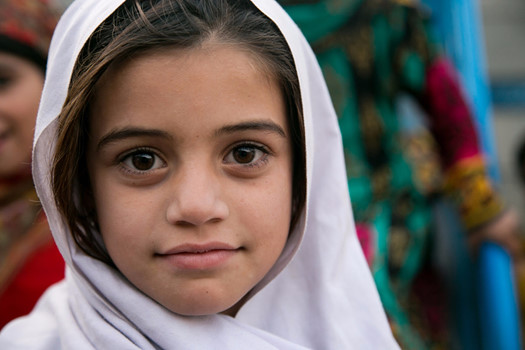
Info: Our Shared Humanity
Workplace Diversity Trends
Modern Family: Celebrate Your Heritage
Diversity in the
Workplace: Global Intercultural Fluency
Heartwarming: Two Toddlers
Educators: When It Comes
to Diversity, Equity and Inclusion, We Can't Be Silent
LGBTQ Voices: Learning
From Lived Experiences
Open Your World
America Ferrera: My Identity is My
Superpower
BBC Big Question: Has Britain Become Less Tolerant?
Lesbian Wedding Anniversary: Hindu/Muslim India/Pakistan
Diversity Doesn't Stick Without Inclusion
UN Free and Equal: Voices for Equality (Seun Kuti)
Why Diversity and Inclusion Matter
Cultural Diversity: Stereotypes and Communication
HOME
QUEER CAFE
│ LGBTQ Information Network │ Established 2017 |